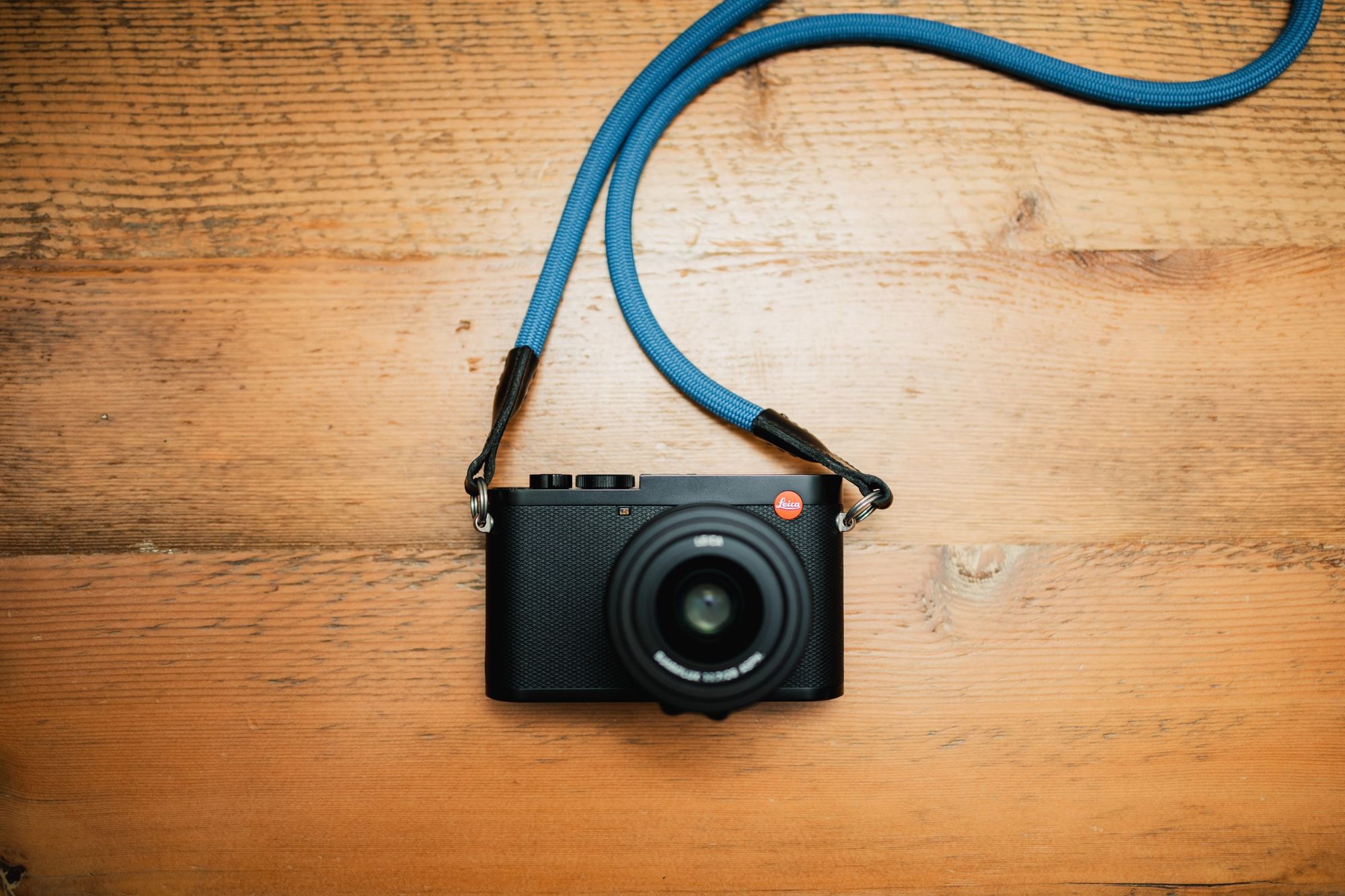
There’s been this weird shift of mindset — of modus operandi — after the Leica Q2 arrived. Before, if you asked me to provide my status in the photography world, back-against-the-wall, I would have told you I was an amateur photographer.
By and large, I am just an amateur photographer.
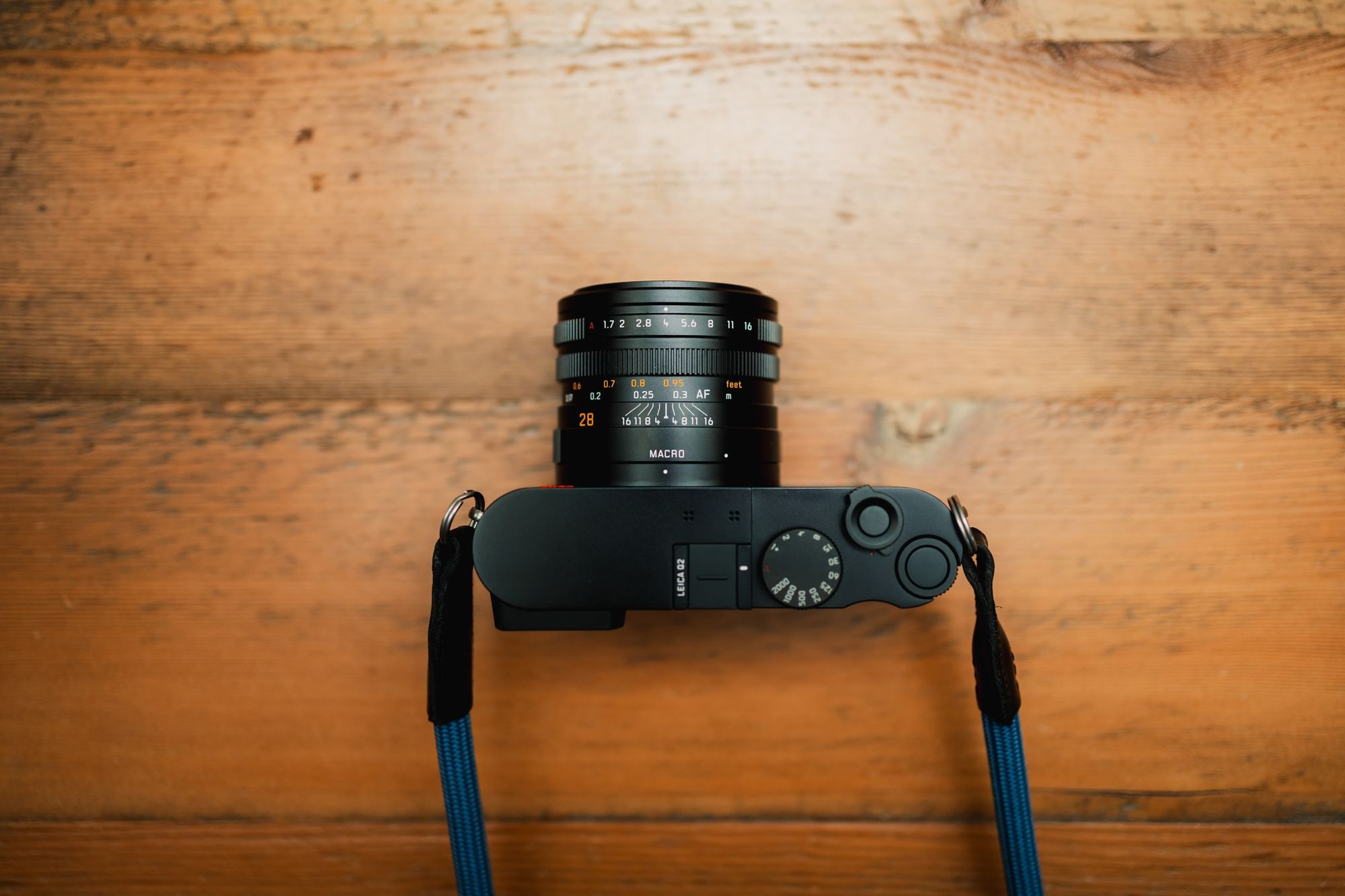
I’ve made a chunk of money over the last decade with cameras. I’ve worked on developing a certain style of product photography that I’ve come to be proud of. But I’m still just an amateur or hobbyist photographer. It hasn’t become my job (though, photography becoming your job is a low barometer for skillset; I know many photographers who do it for fun who are better than full-time wedding photographers) nor have I amassed any sort of following on Instagram or Glass or this personal blog.
The Leica Q2 arrived and everything changed. For whatever reason, I feel as though I graduated to some sort of upper echelon of photography. Now, I feel as though I’ve finally arrived as a photographer.
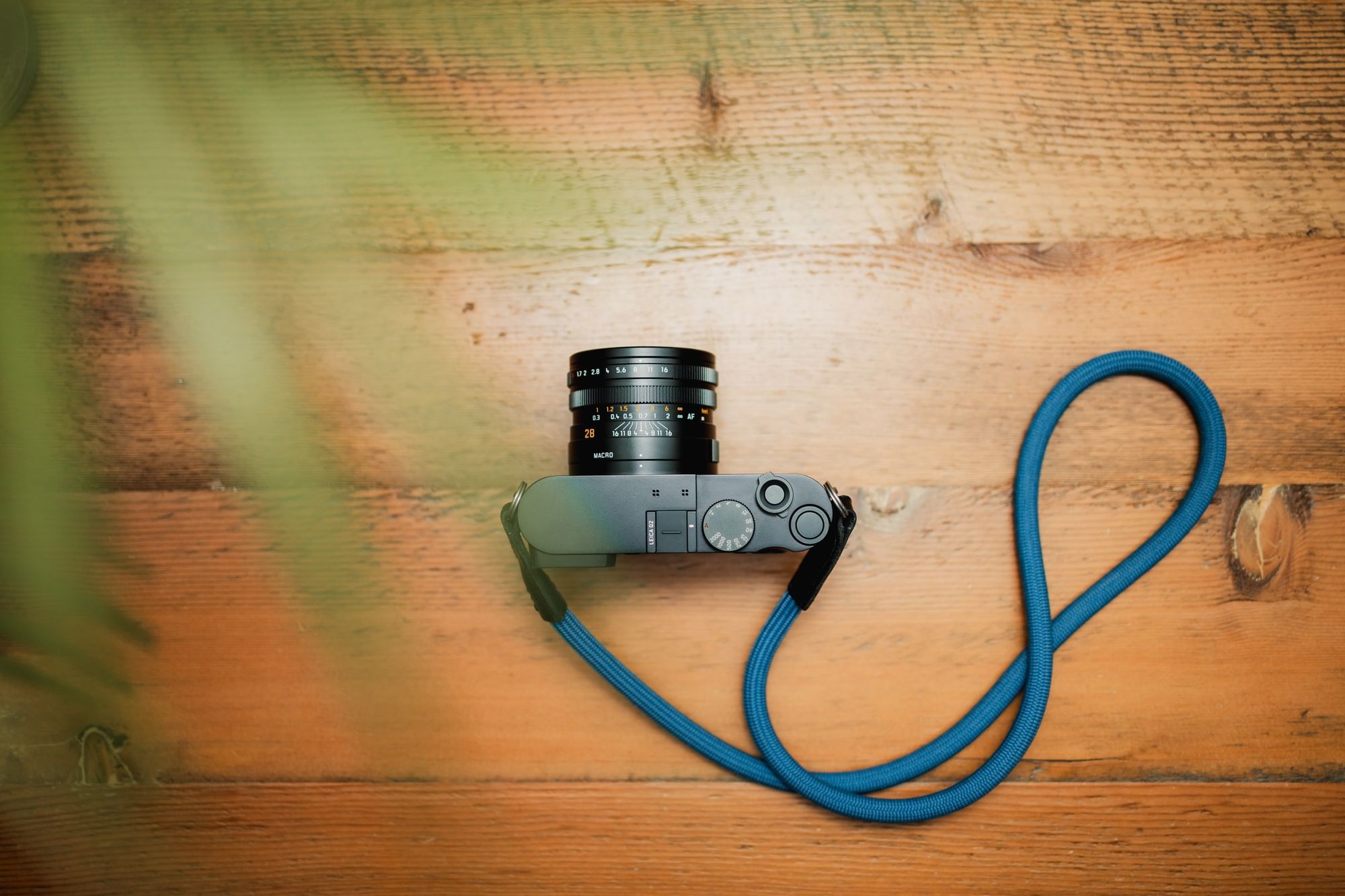
Cliché, I know. You’re going to judge me. But I’d be able to look you in the eye and be honest about how I feel. It should never be the gear that makes you feel this way. But it does! I don’t know how else to describe it. For the first time in my life, I feel like a photographer — someone who makes art with a tool, captures light in new and creative ways, and shares the world in unique perspectives.
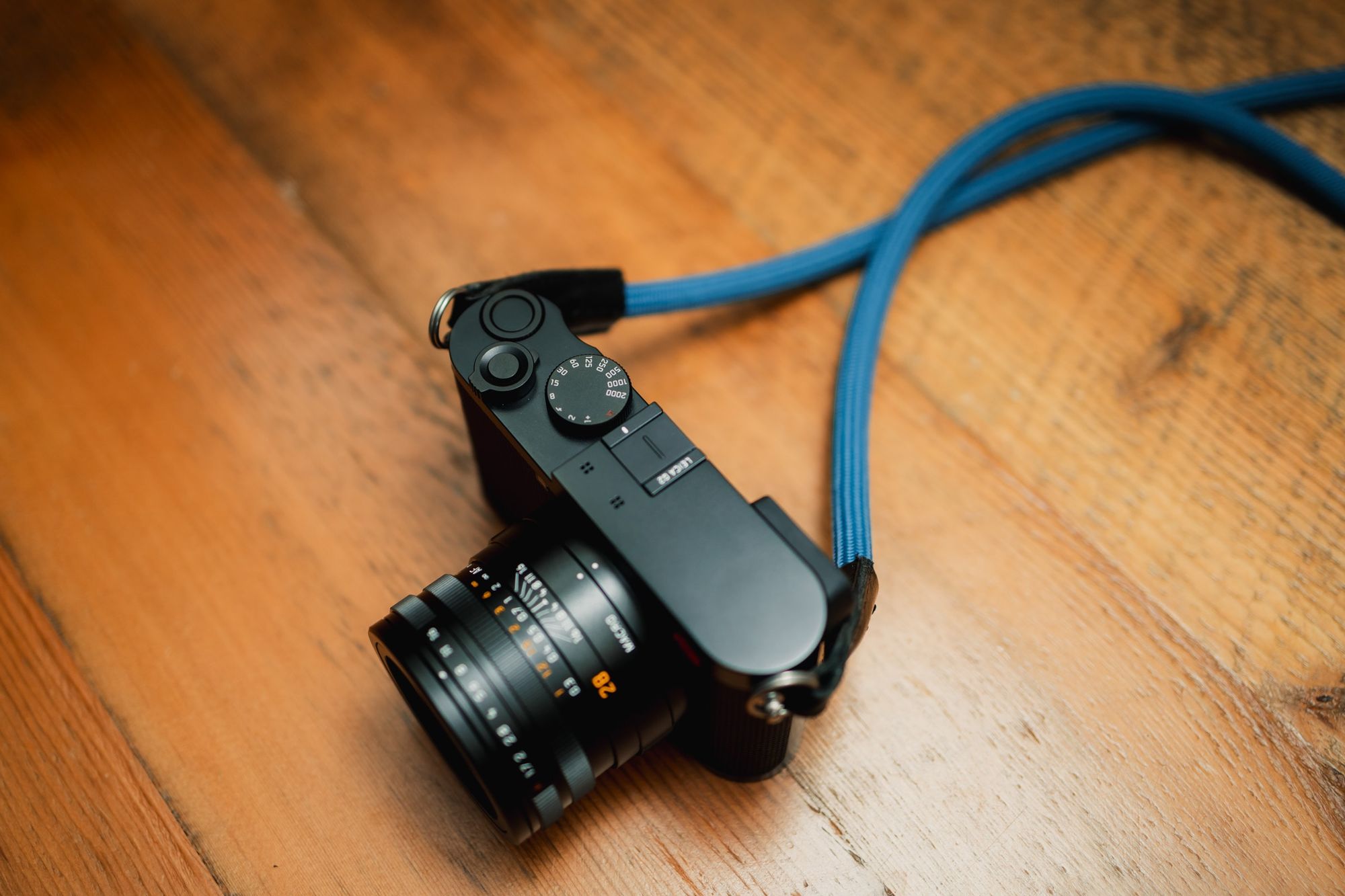
After the Q2, my photography output has reached two new levels:
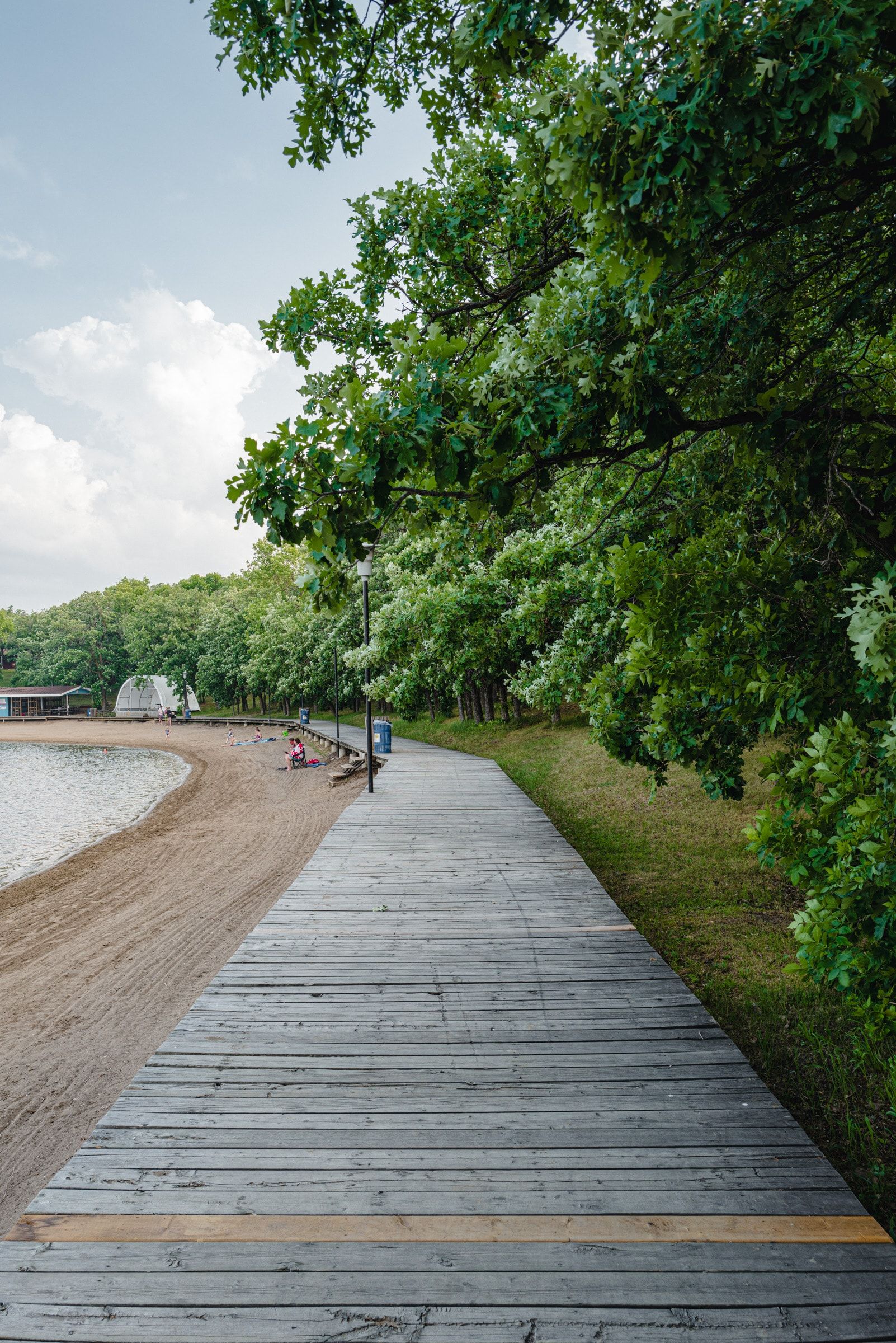

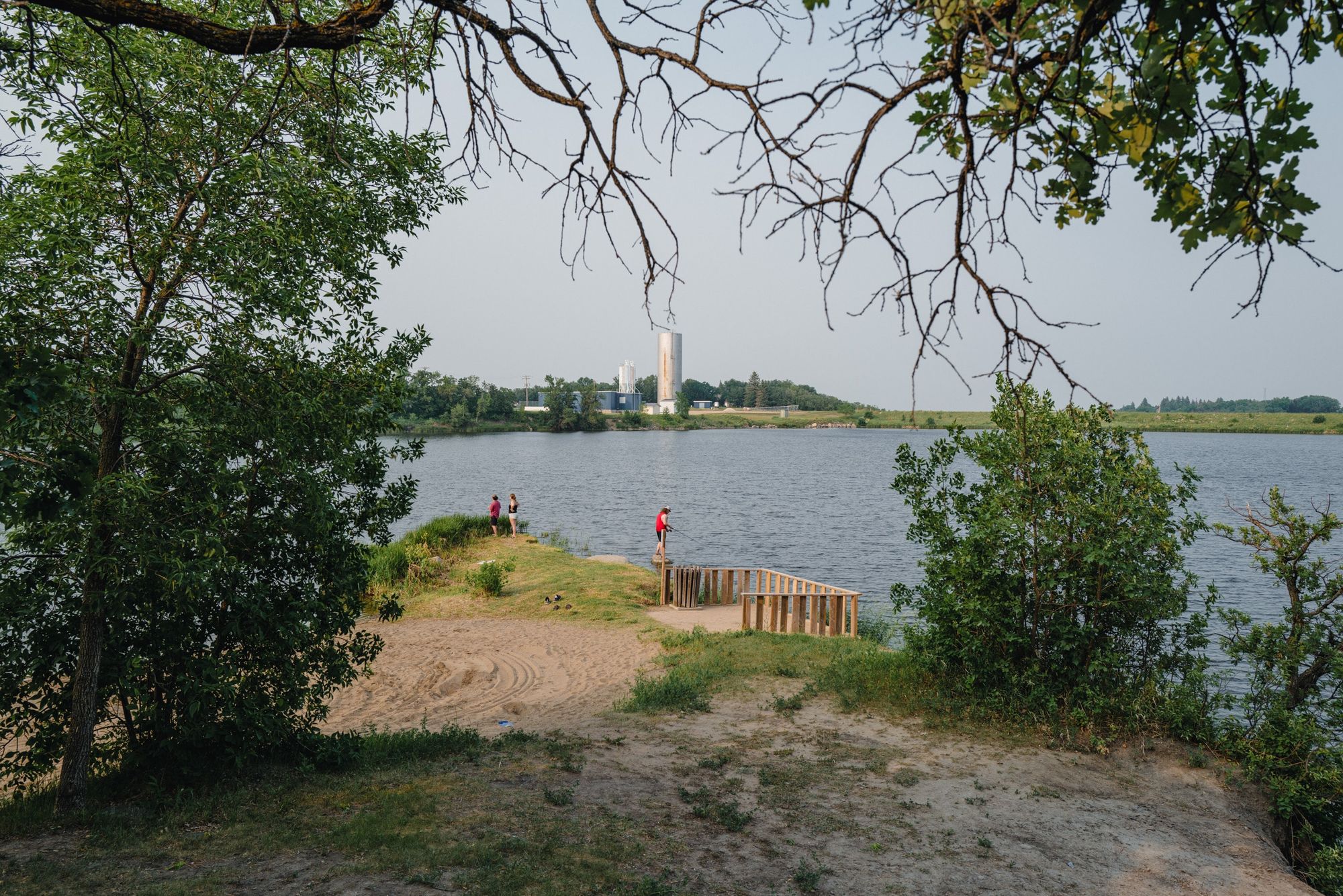
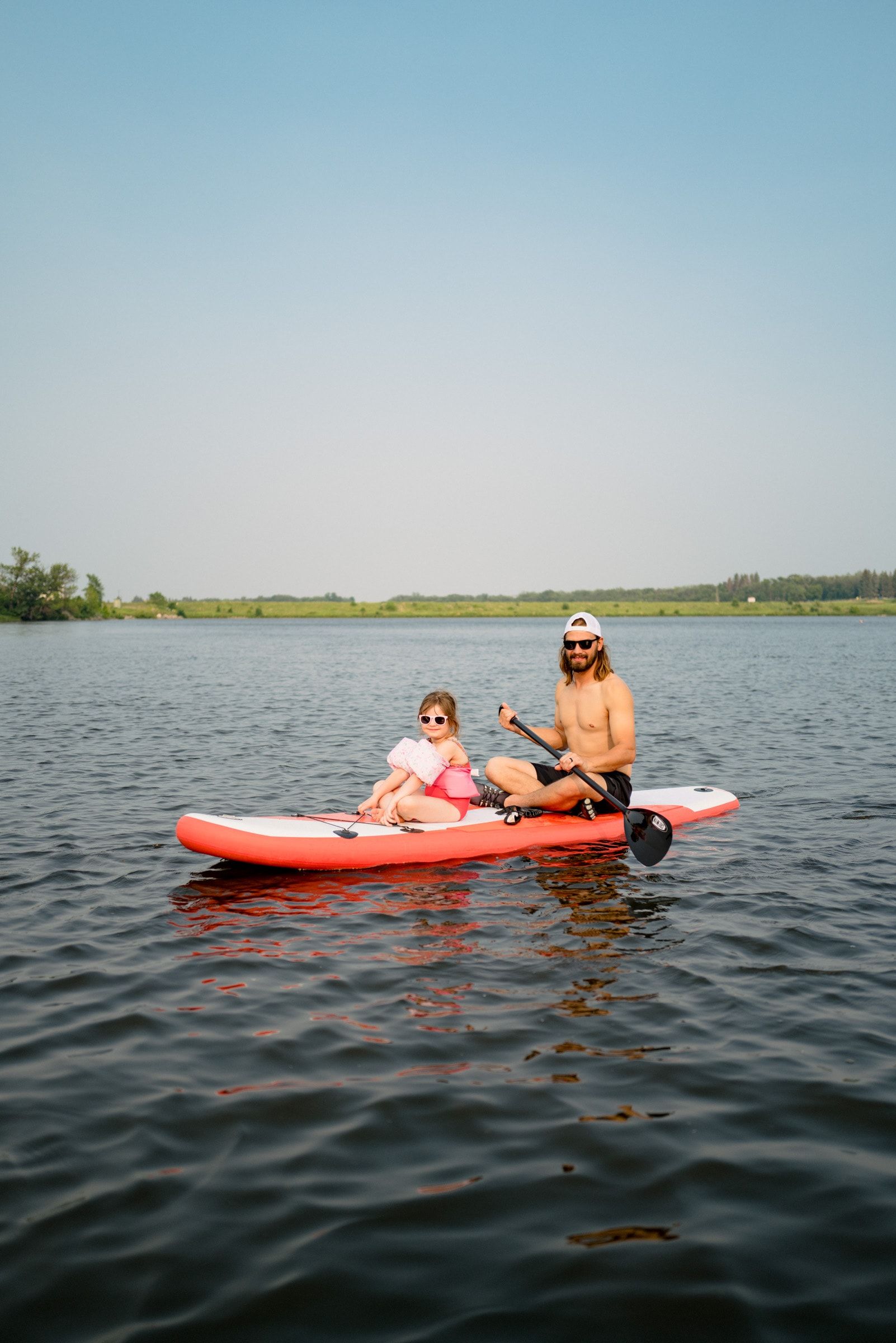
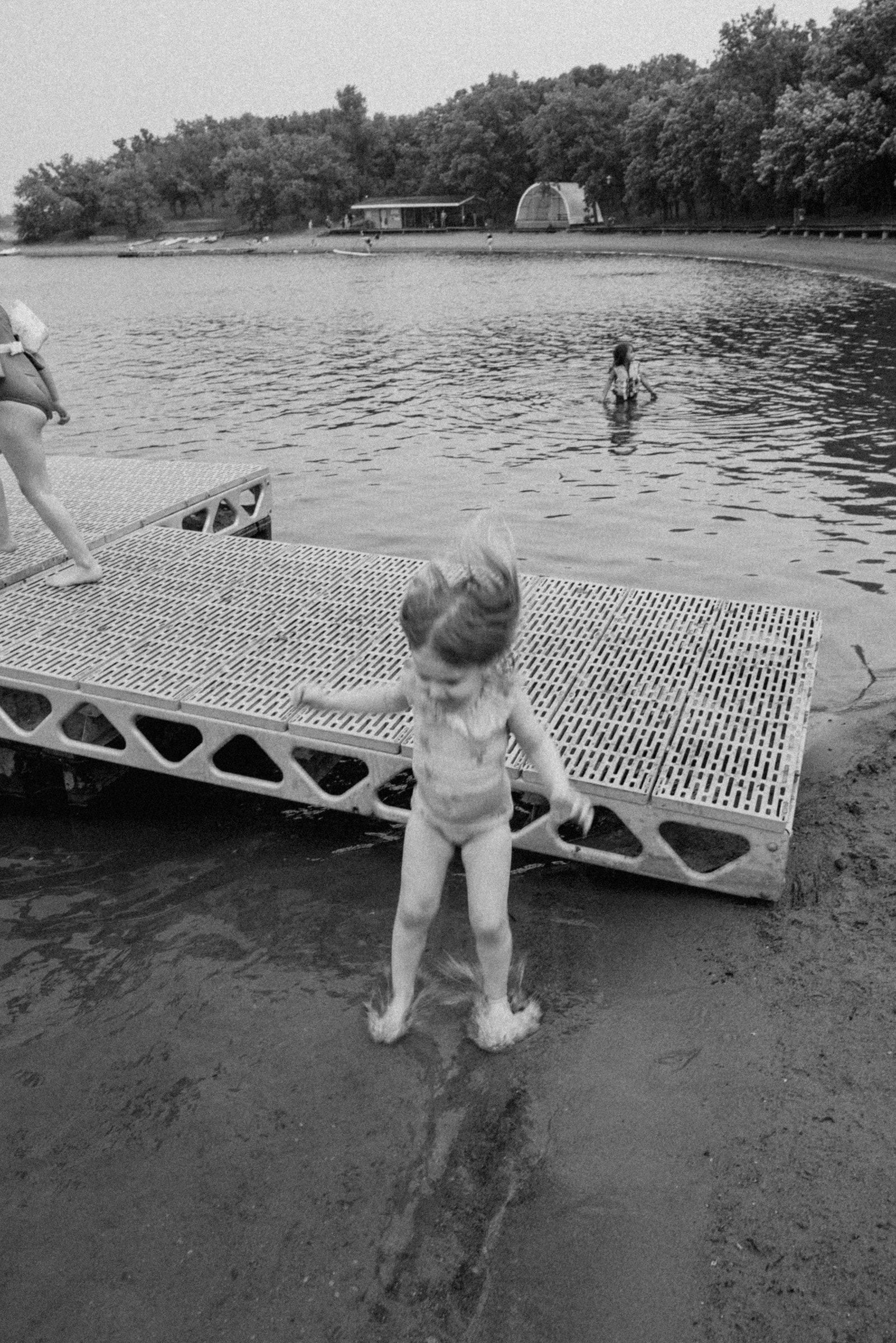
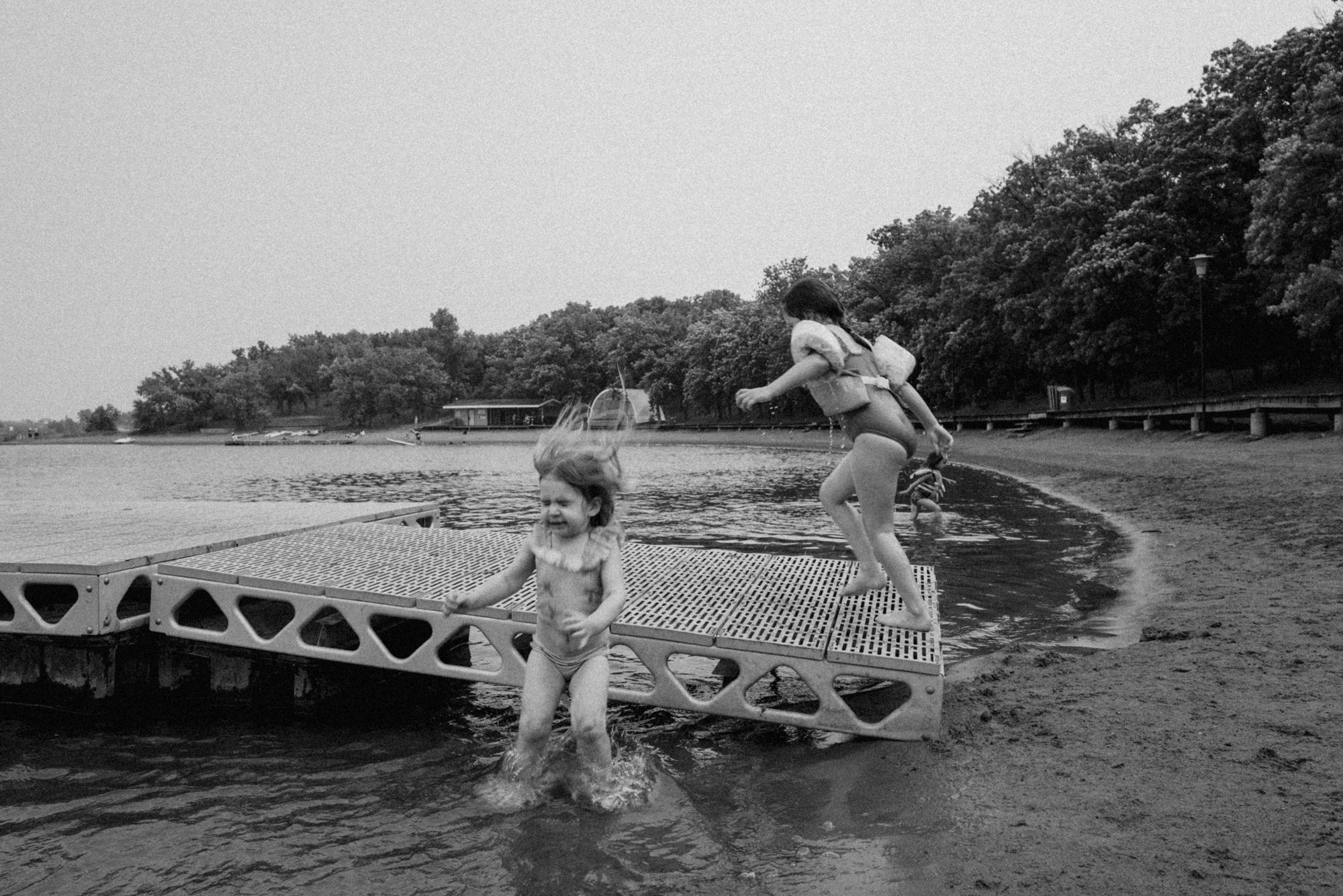
- The quality of the image I’m capturing has improved significantly. I’ve learned to shoot at new apertures and at new angles, both of which have resulted in a somewhat-new photographic look with much more understandable light histograms.
- The confidence level I have when pulling out the Q2 has reached a new height. There’s no control, button, or feature I don’t have an understanding of on this camera. The skillset to use those features is a different story (I’m specifically referring to videography features here), but I understand all the features here.
At the very core of the Leica Q2 aren’t specifications or capabilities. You simply do not buy this camera to be bleeding edge — heck, leading edge — on the photography line.
You buy this camera for the intangibles: the shooting experience, the tactility, and the image quality. It feels nearly incomparable to any other camera on the market. And to think it’s not even the full Leica secret sauce honed into the M-series cameras.
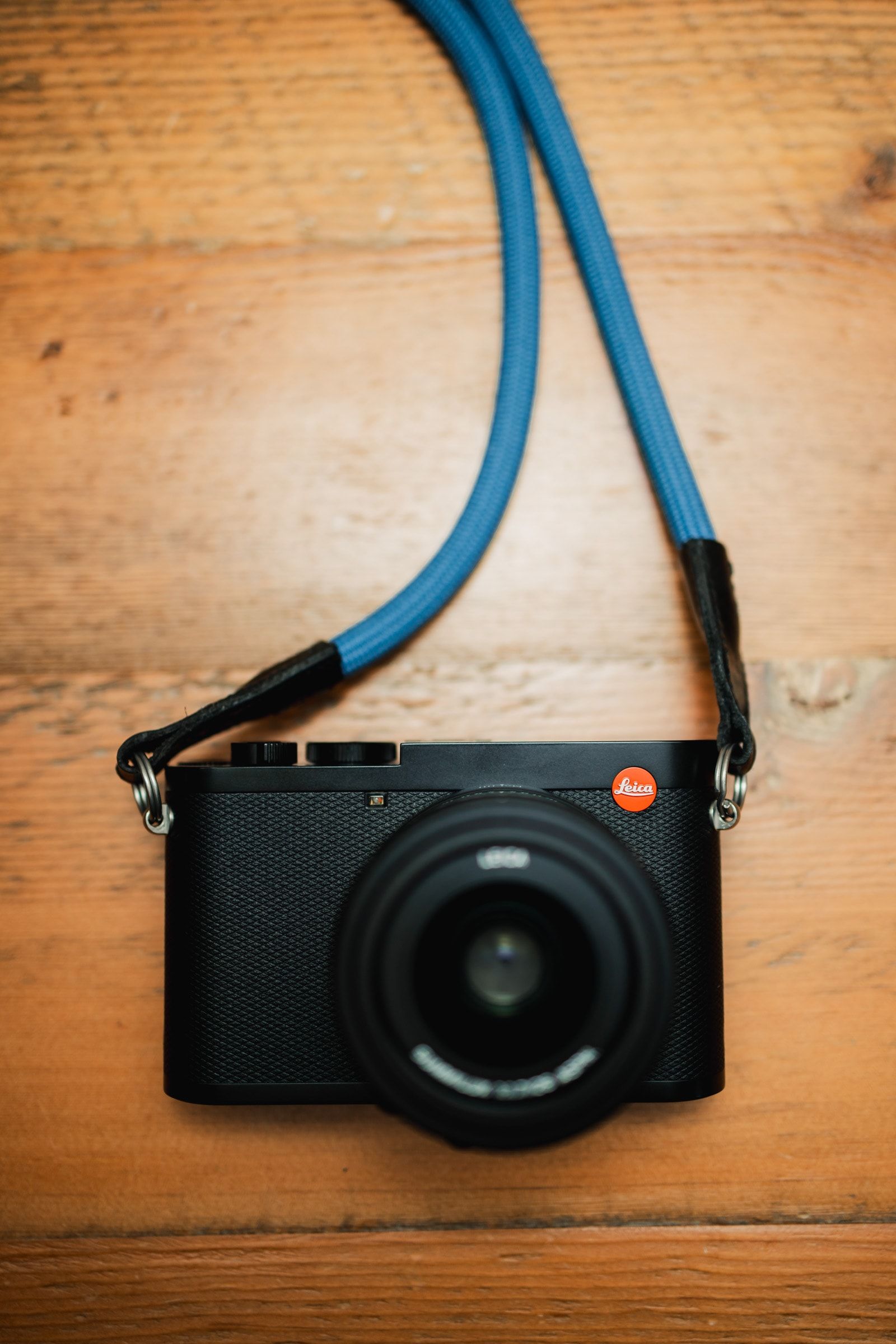
I can do my best to describe the intangibles in a review. Yet putting words to an experience like this will surely be difficult. The Q2 was released in 2019 — this is hardly a new camera with nearly five-year-old technology. How can such an “old” camera bring out something so new in a semi-seasoned photographer? And how can that photographer somehow put that into words?
Build Quality
Undoubtedly, I’ve never held a camera (perhaps other than a Leica M10-R) that has this build quality.
The Q2 camera is heavy. Not so heavy that the camera would be unwieldy, of course. No, it’s heavy, but in the most pristine way. Were you to take my prior camera (the Canon EOS-R) and put on a plastic lens like the Canon 35mm f/1.8 RF, you’d be in the same weight class. But the weight on the Q2 is so much more balanced, so much more 50/50 between the body and the lens. The Q2 is a single unit with a non-detachable lens, but the camera as a whole feels like one complete unit in a way I’ve never felt before.
The magnesium alloy body provides the backdrop and housing for the entire package. It feels robust, but also as though it’s a work of art. I certainly wouldn’t want to drop the camera for fear of damaging it, but well recognize it would do damage if I were to drop it on someone’s head.
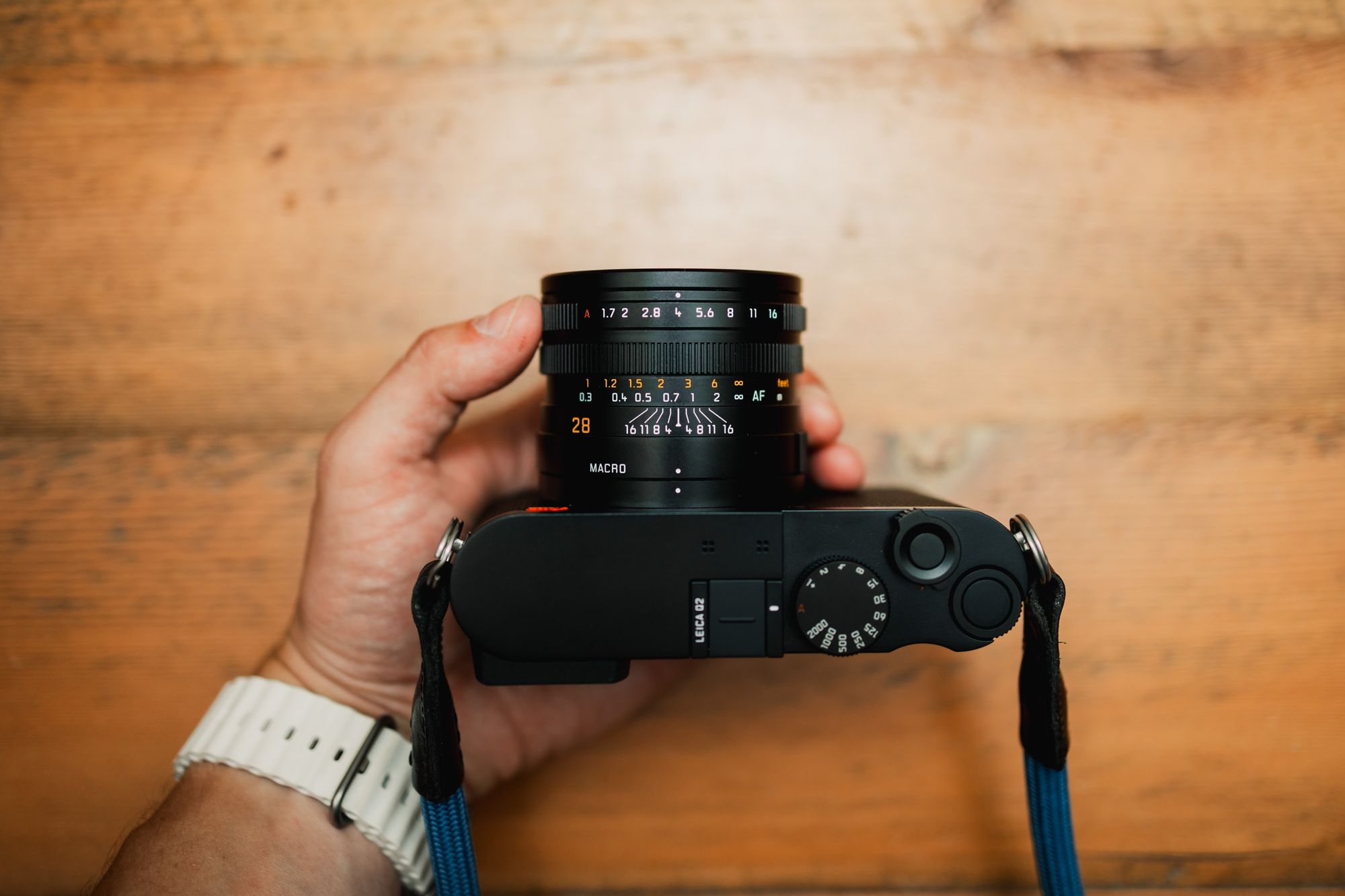
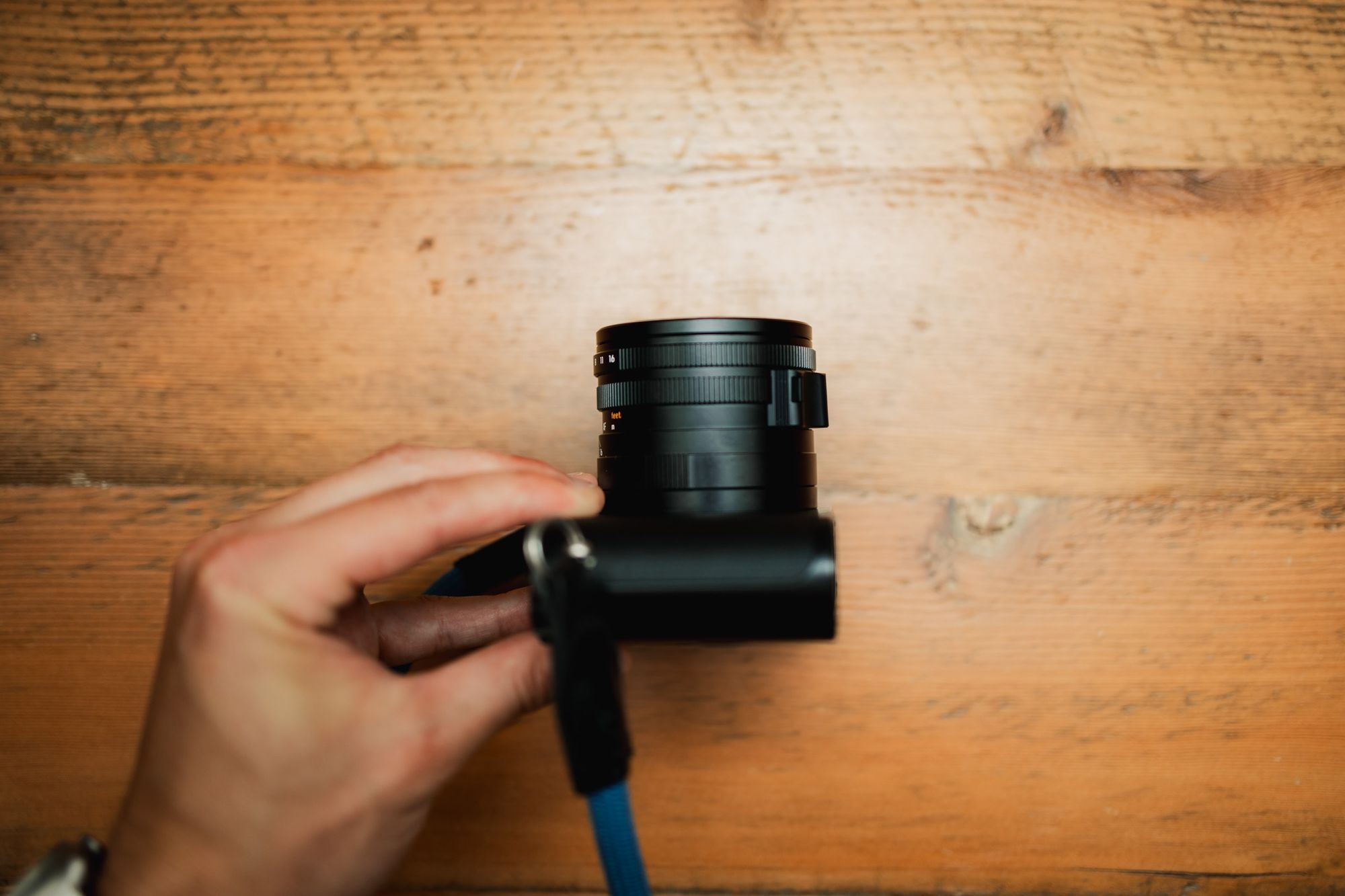
The Q2’s buttons, lens rings, and switches are all robust and basically perfect. Everything clicks wonderfully, especially the aperture ring. The manual focus ring is focus-by-wire (read: digital), though it’s surely the best manual focus ring I’ve tried. The little thumb-indebted thingy is wonderful for practicing zone focusing as well.
There are a few other things I really like about the Q2 camera body that I haven’t seen on other cameras:
- The strap lugs are angled forward and positioned in such a way as to avoid a lot of body damage by any metallic lens strap rings you may attach. I remember attaching this Cooph strap to an old Fuji X-Pro 2 back in the day and those metallic rings quickly wore out the edges of the camera. That doesn’t happen with the Q2.
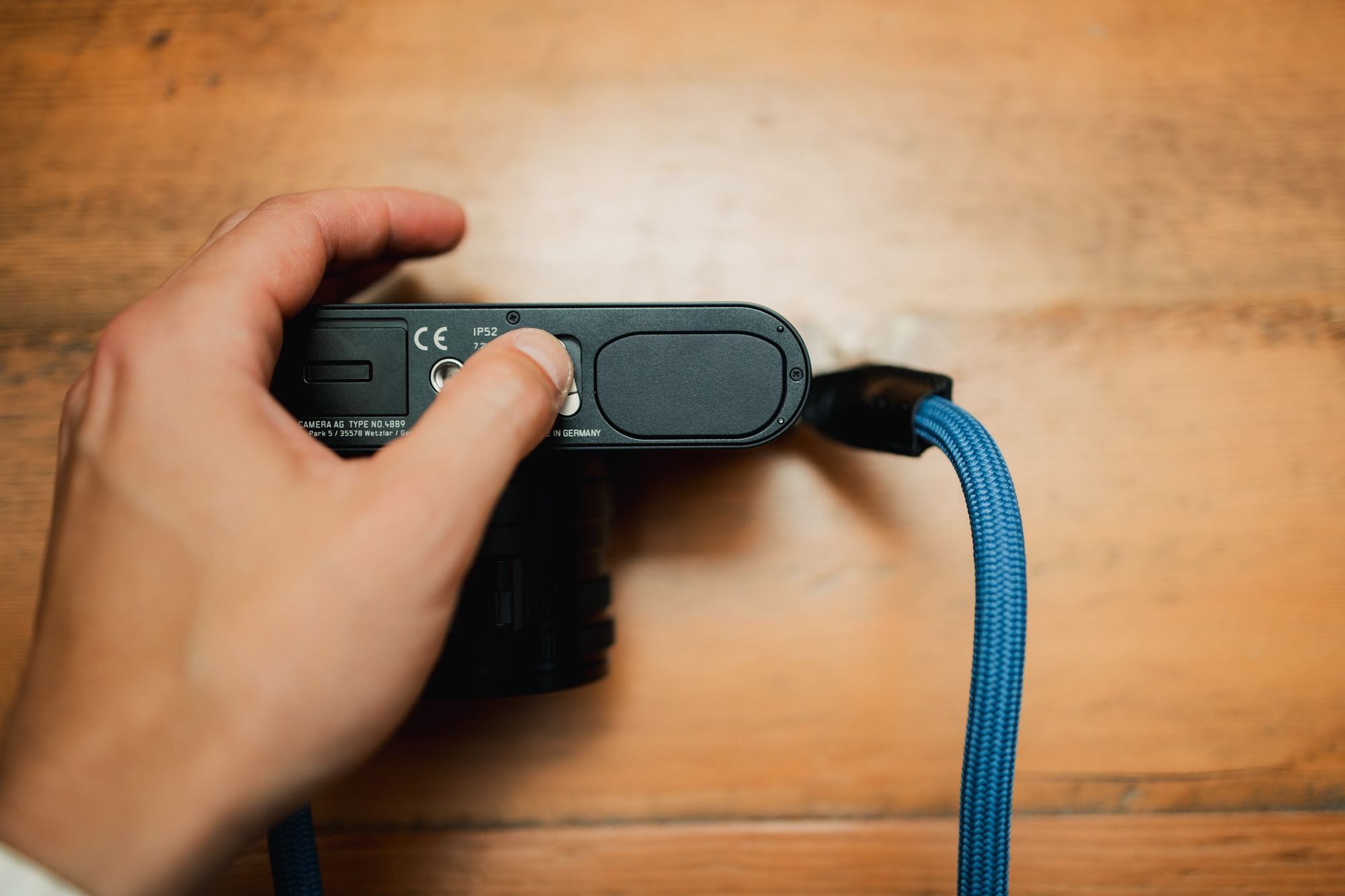
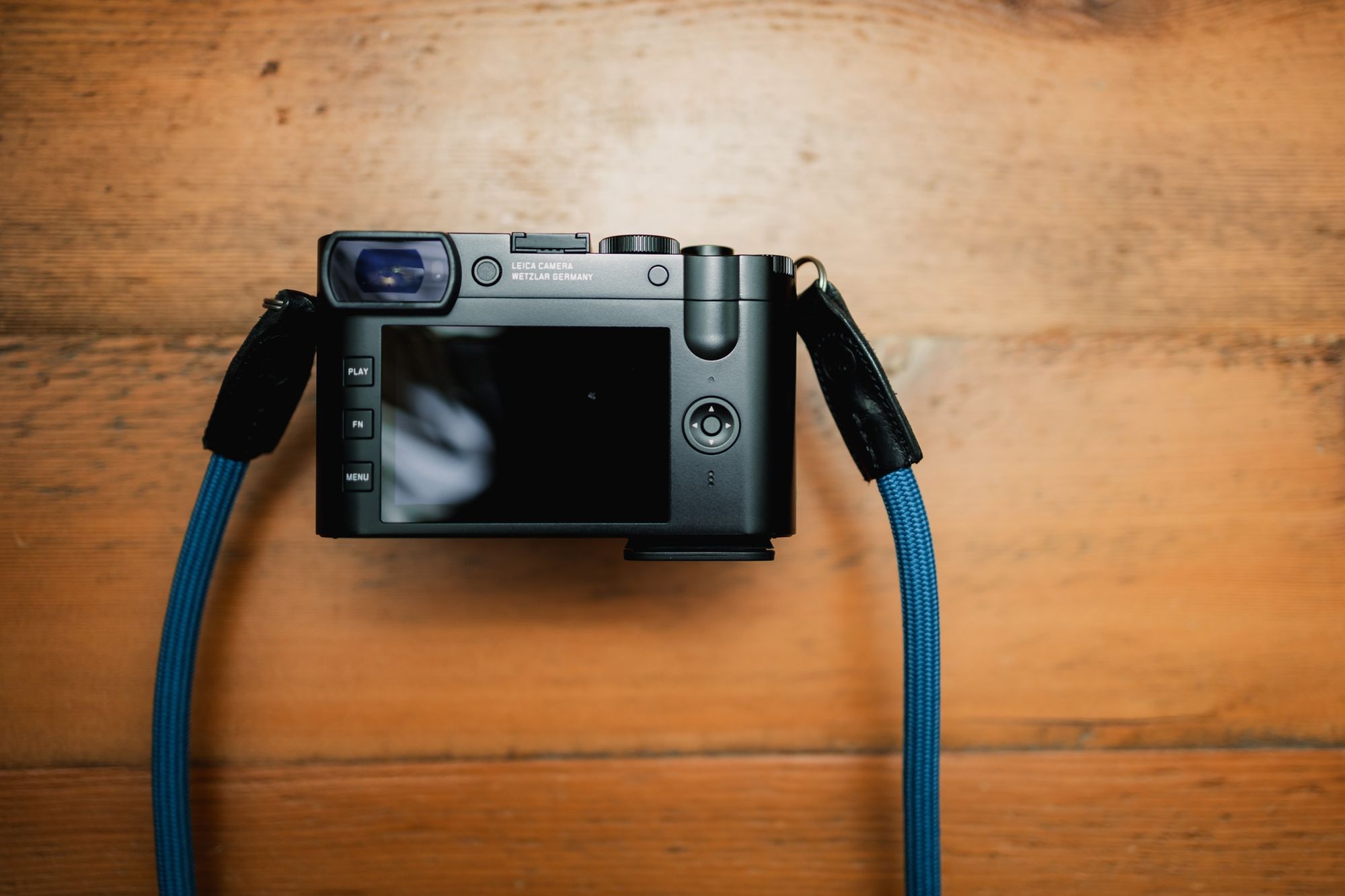
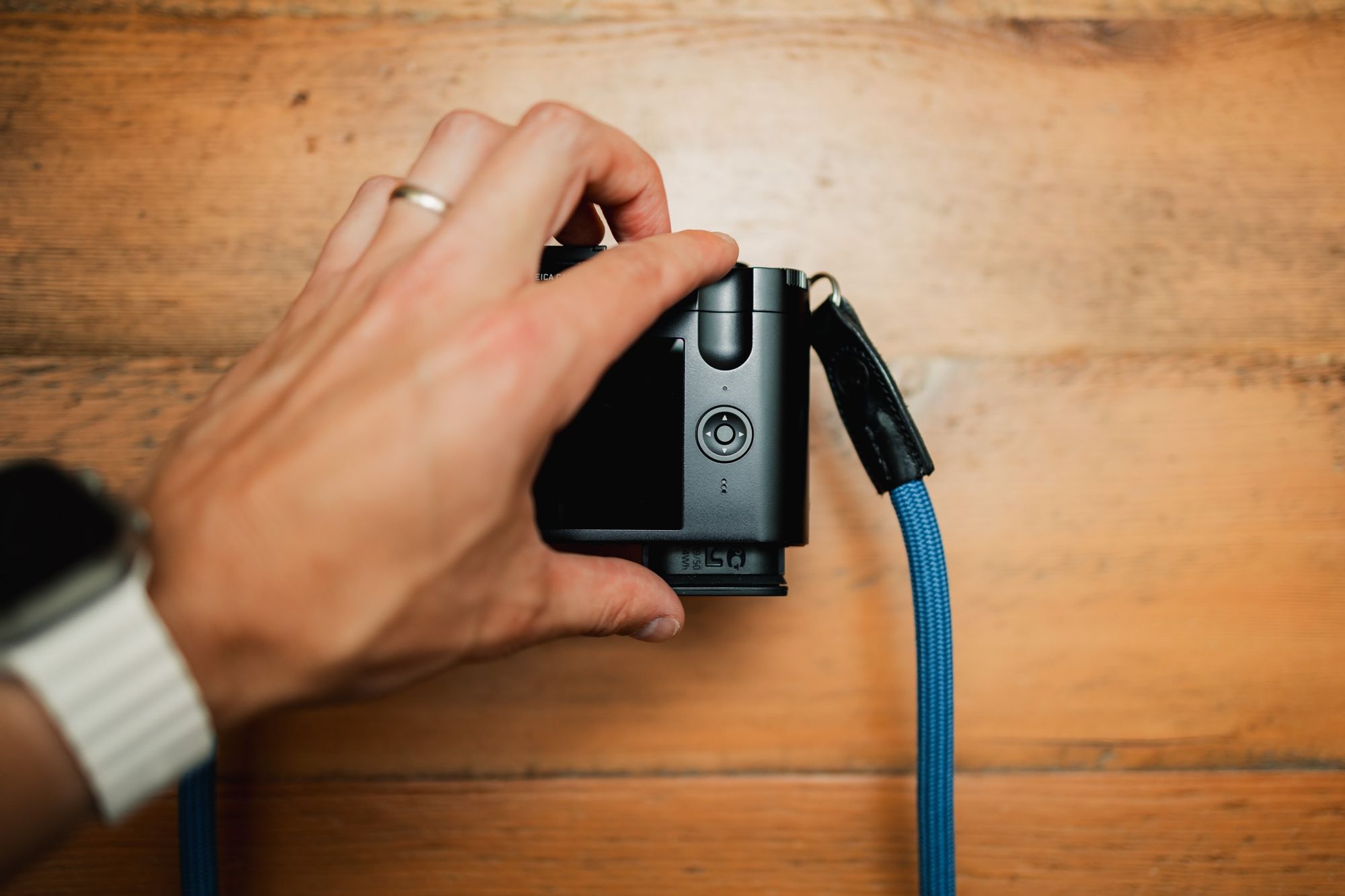
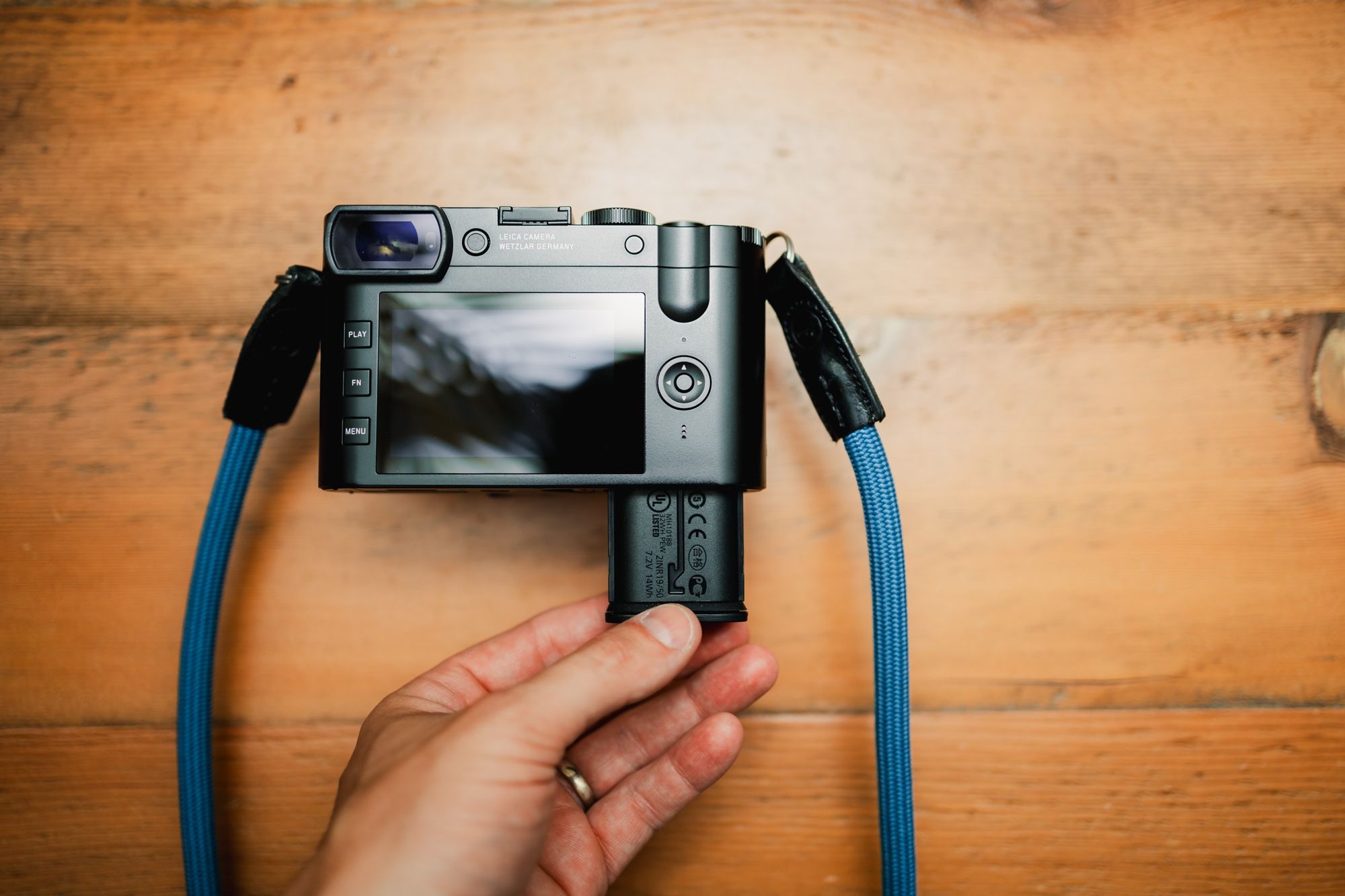
- The battery mechanism is perfect. You flip the silver switch on the bottom of the camera to release the battery, but the battery doesn’t fall out on the spot. Instead, you have to press it in once more to unlock the battery and remove it from the camera body. It’s perfect — you can’t accidentally drop the battery to the ground, yet inserting the battery is a piece of cake. The battery door is one of the worst experiences of my EOS-R, so you indeed can get this wrong on a camera.
- The SD card door clicks open in such a satisfying way. It opens and closes with a meaningful click and provides that extra kick of confidence.
The Q2 has an incredible build, there’s no doubt. And it’s this build quality that provides the backdrop for the rest of the qualitative features of the camera. Without a sturdy build, you can’t get that feel. And without the feel, you can’t experience what Leica wants you to experience.
The Featureless Q2
You don’t know what you got until it’s gone.
It took removing features for me to discover what I truly want in a camera.
My first perusal through the Q2’s menu was unlike anything I could have imagined.
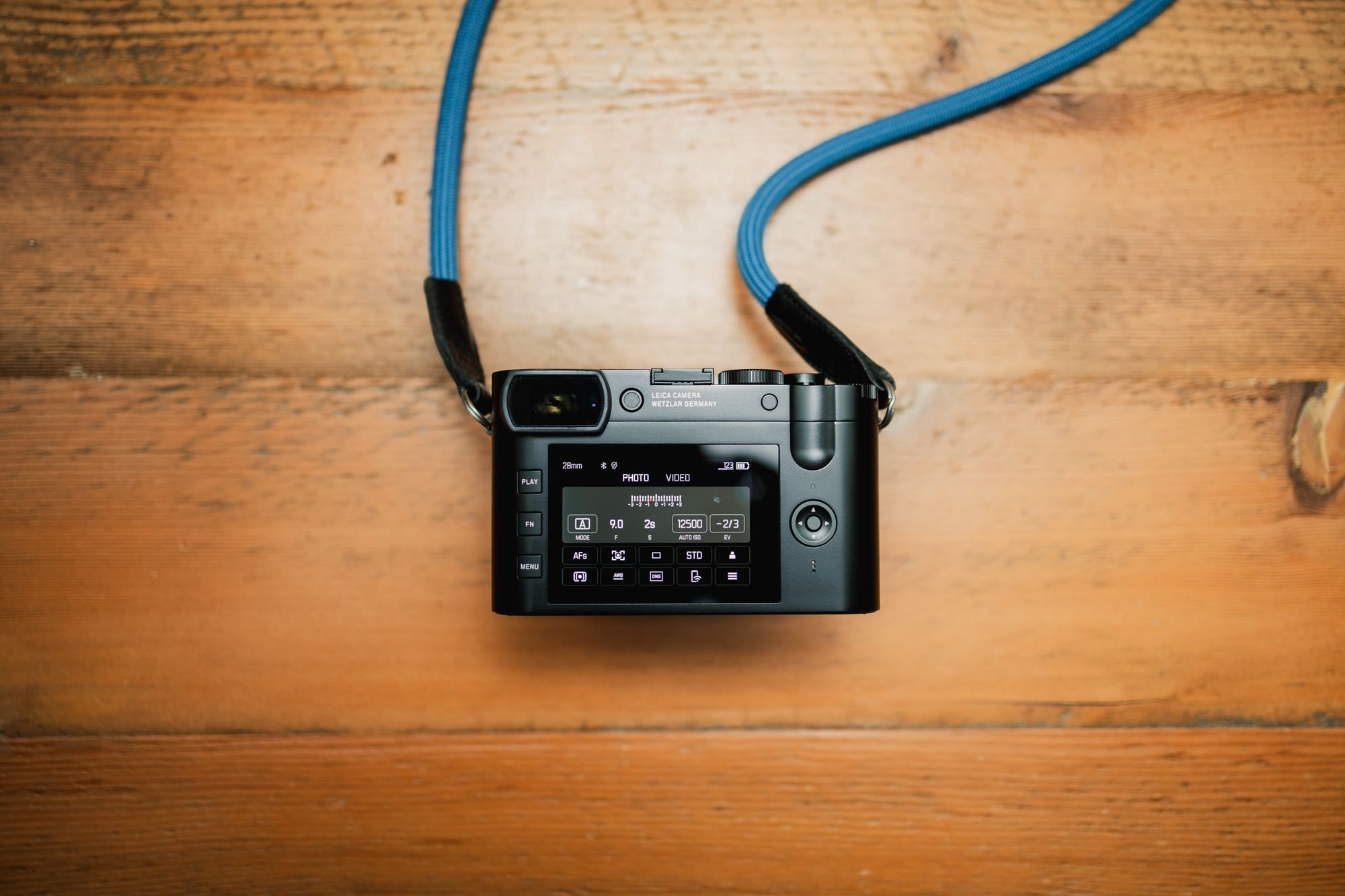
Getting into the “Main Menu” is sort of annoying — first you hit “Menu” on the back of the camera, then tap the hamburger button with your finger, then scroll down to “Main Menu” at the very bottom of your Favourites list, and hit the right arrow button. Annoying.
But once there, you don’t have a whole lot to walk through.
There are only five menu lists, ranging from exposure compensation and Leica styles through to a few video settings and the rest of the camera’s meta information.
There’s so little in these menus. It’s such a breath of fresh air.
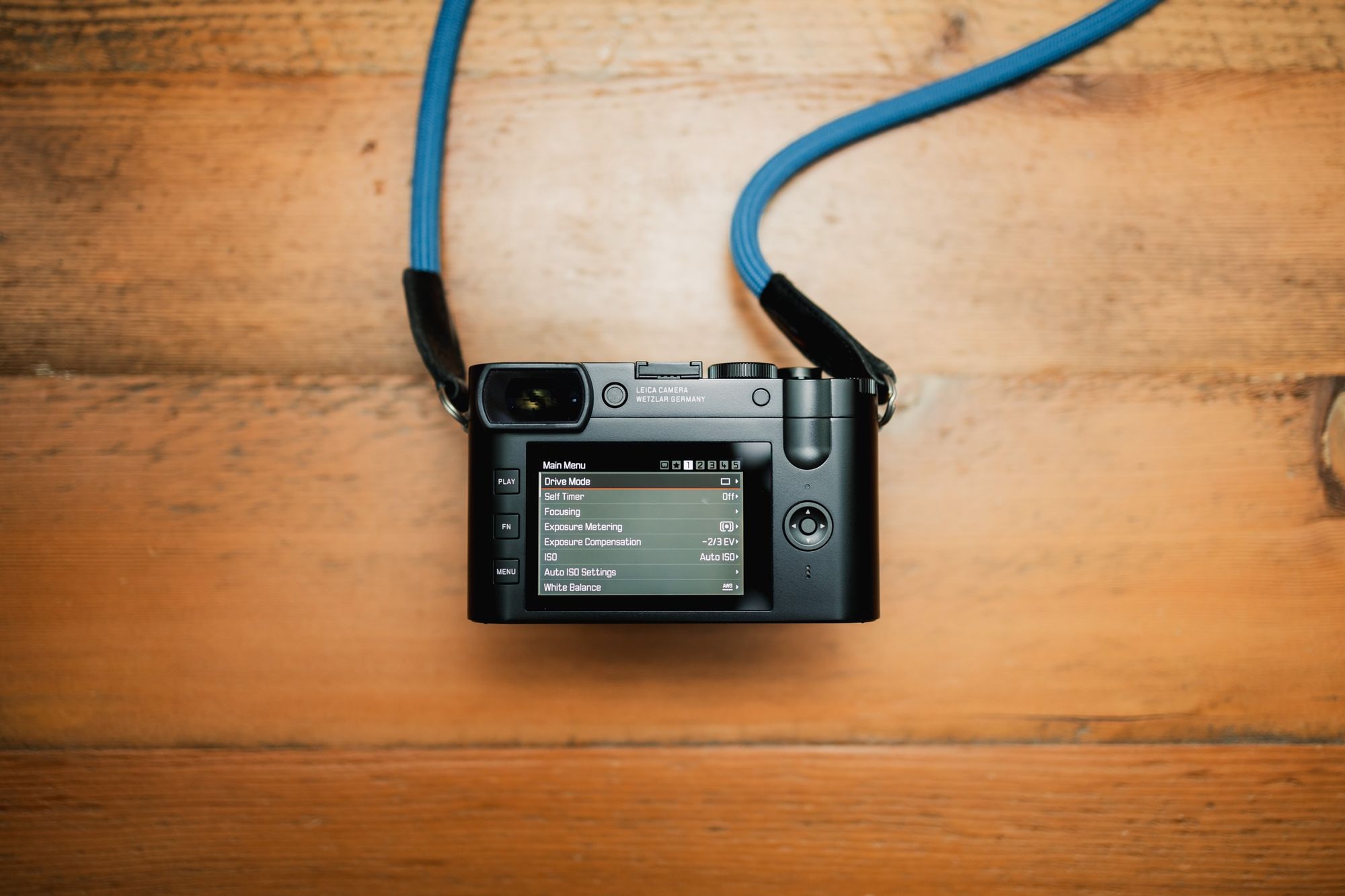
I worked through each setting and had a general understanding of what each feature and setting could do the very first time I picked up the camera. (Other than video; I’m not into video.) I understand the bracketing settings. I understand the style settings. There aren’t crazy recipes for capturing moving dogs, trains, and tiny children’s pupils from 100 feet away moving at the speed of light.
There’s what you need and very little more.
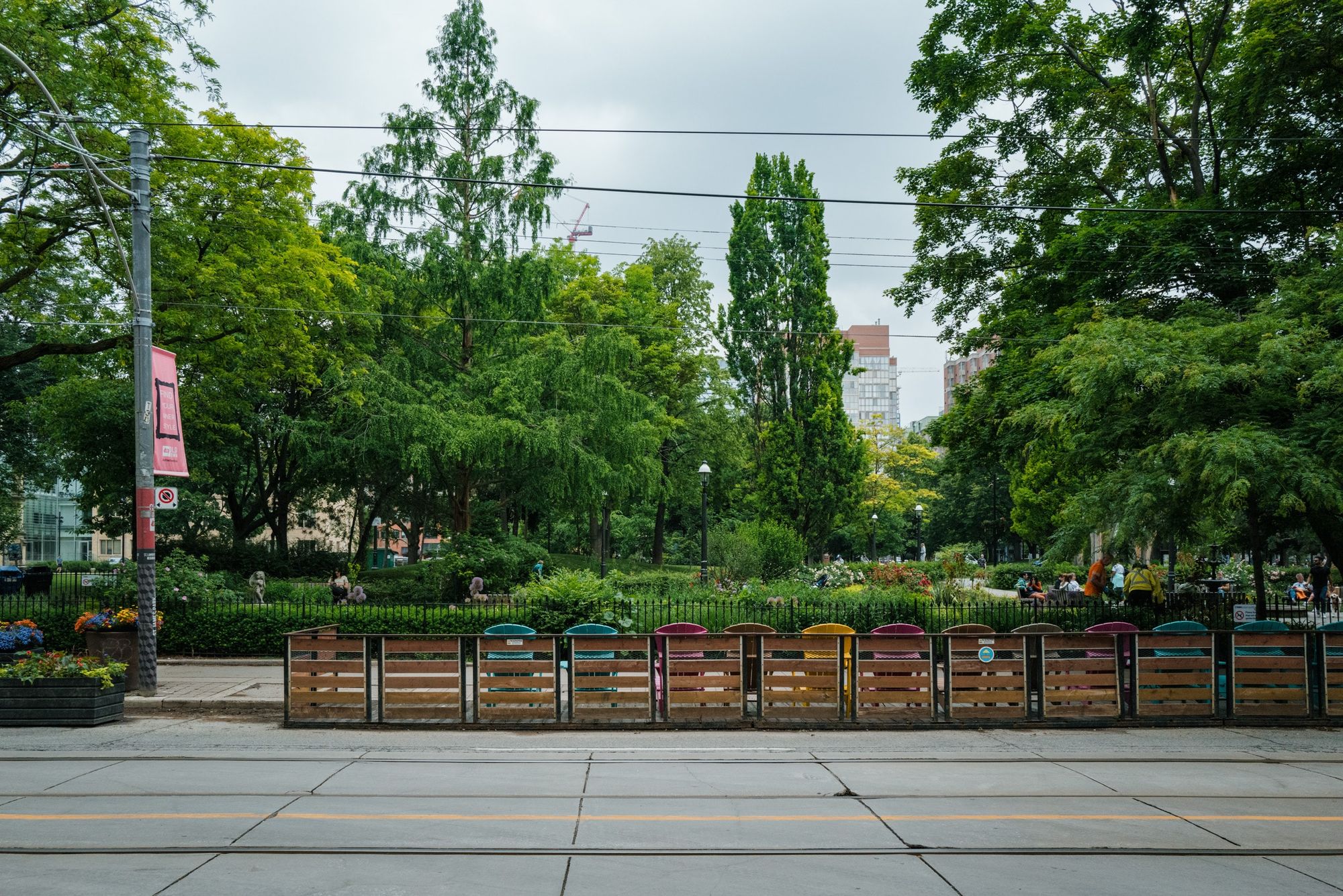
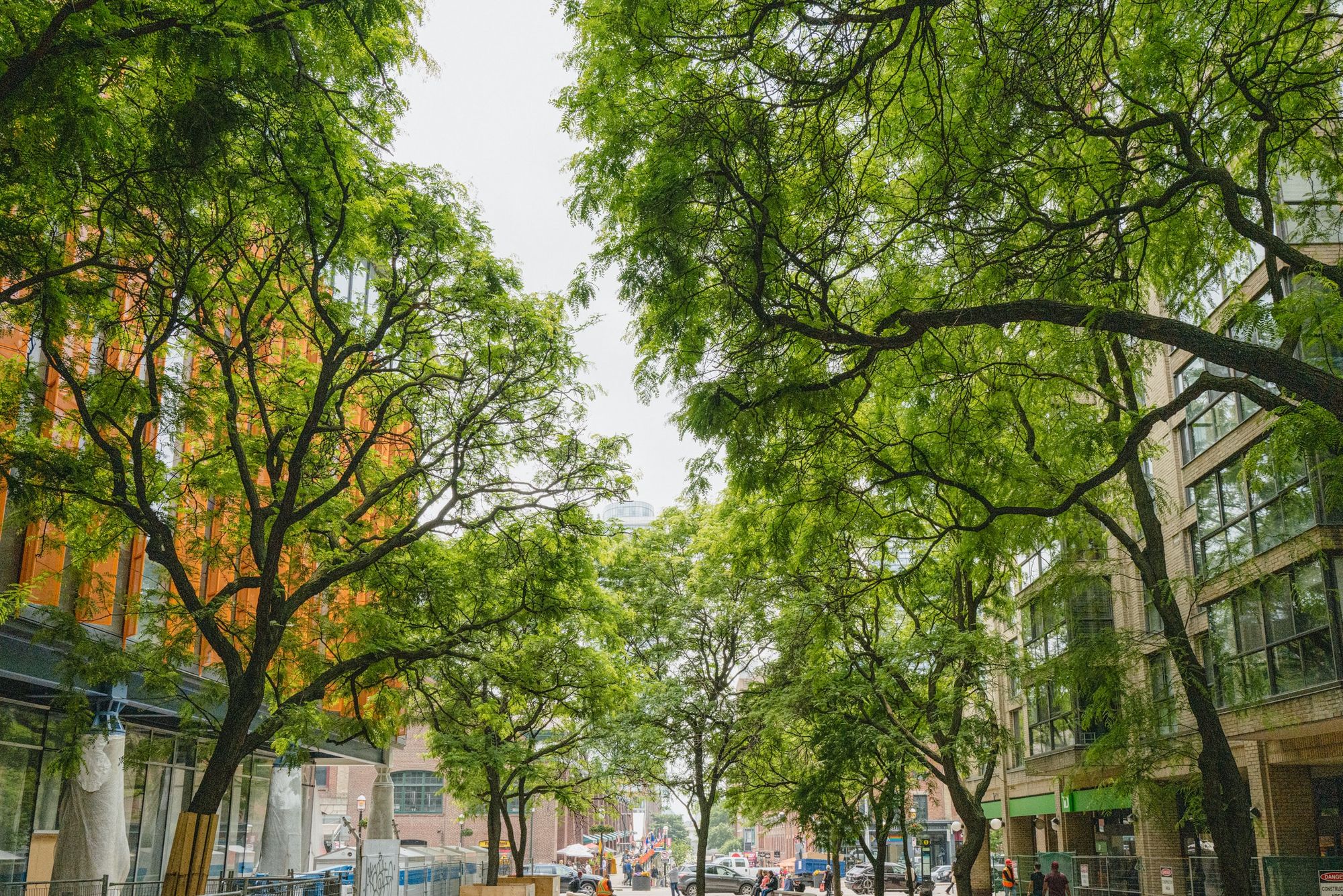
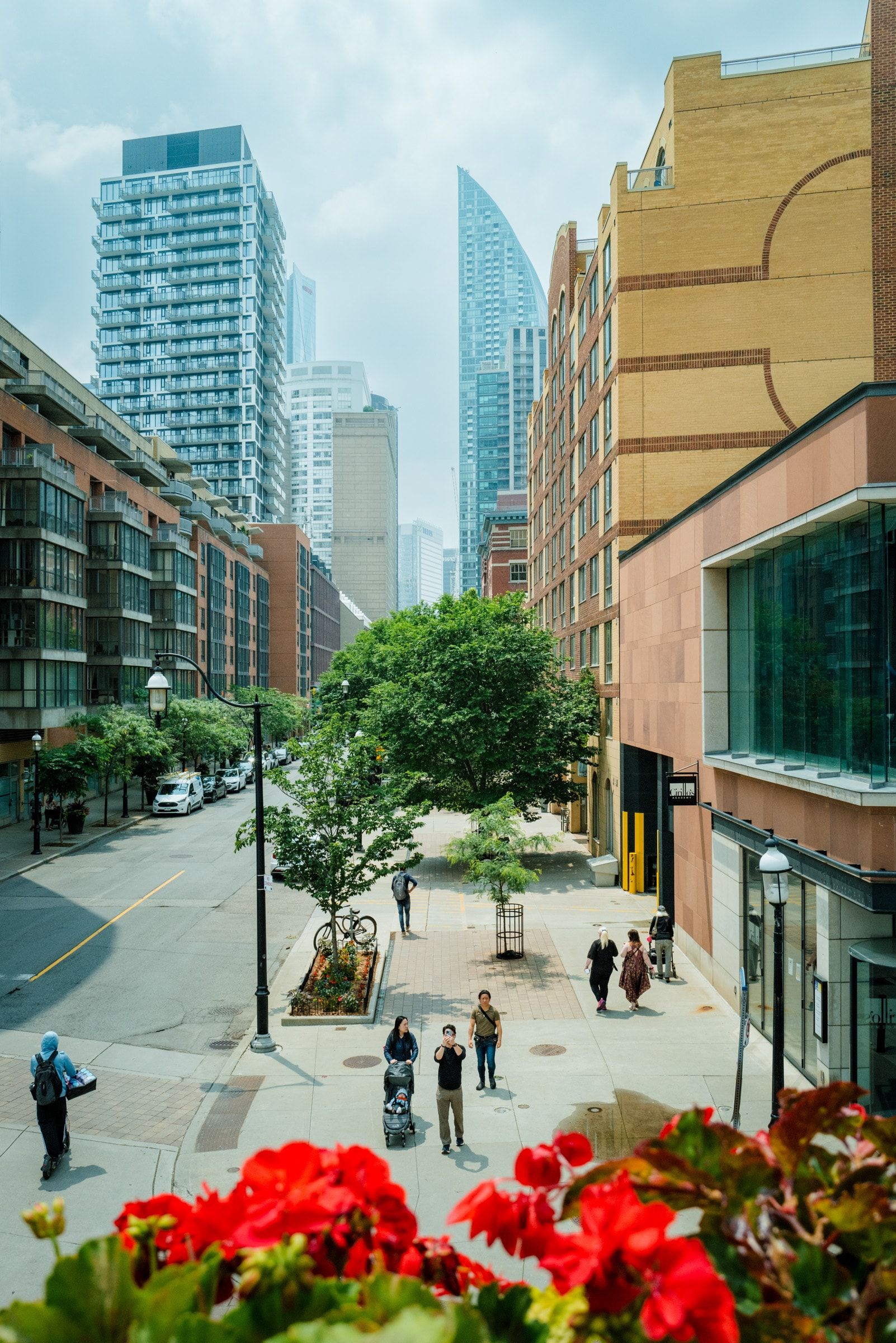
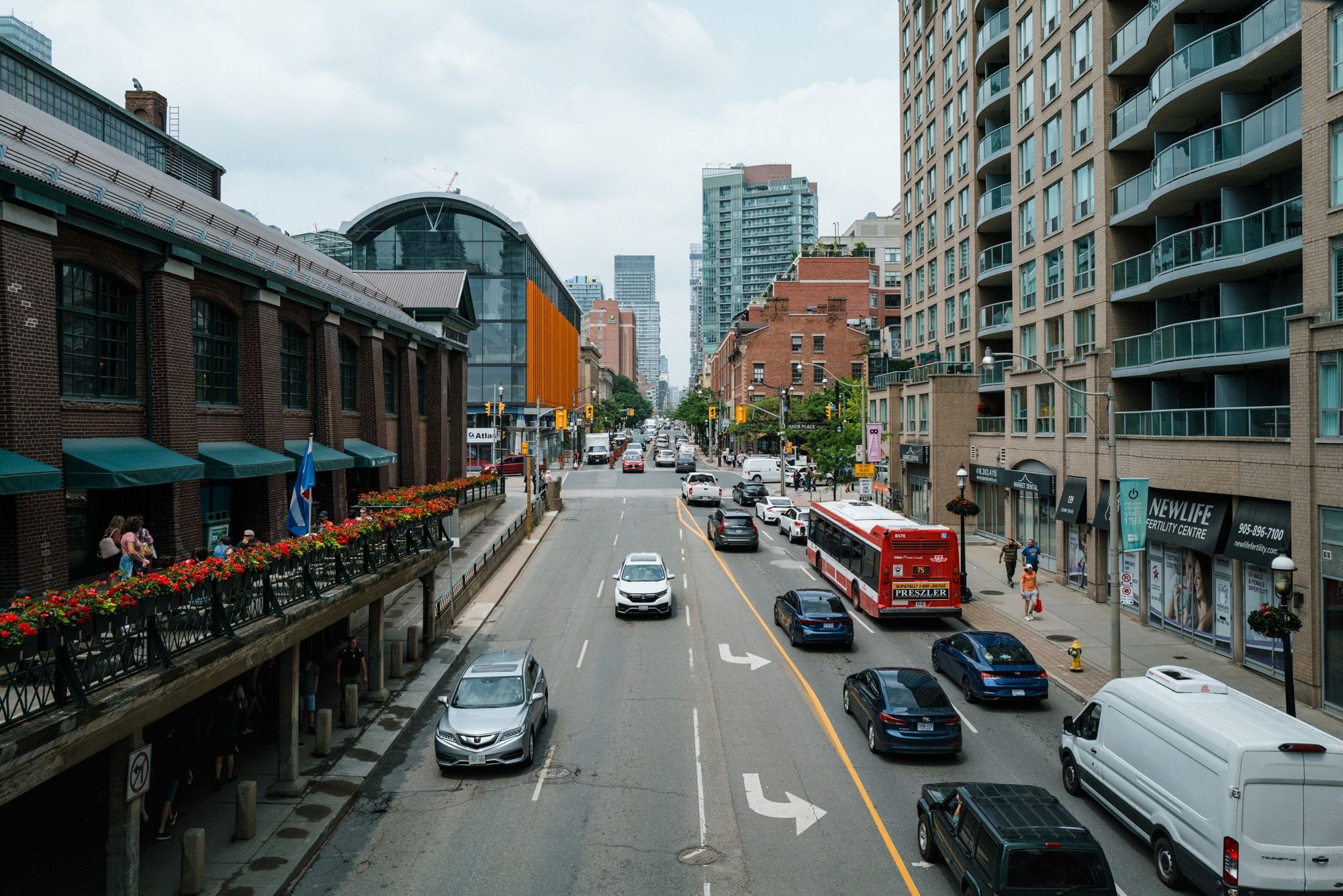
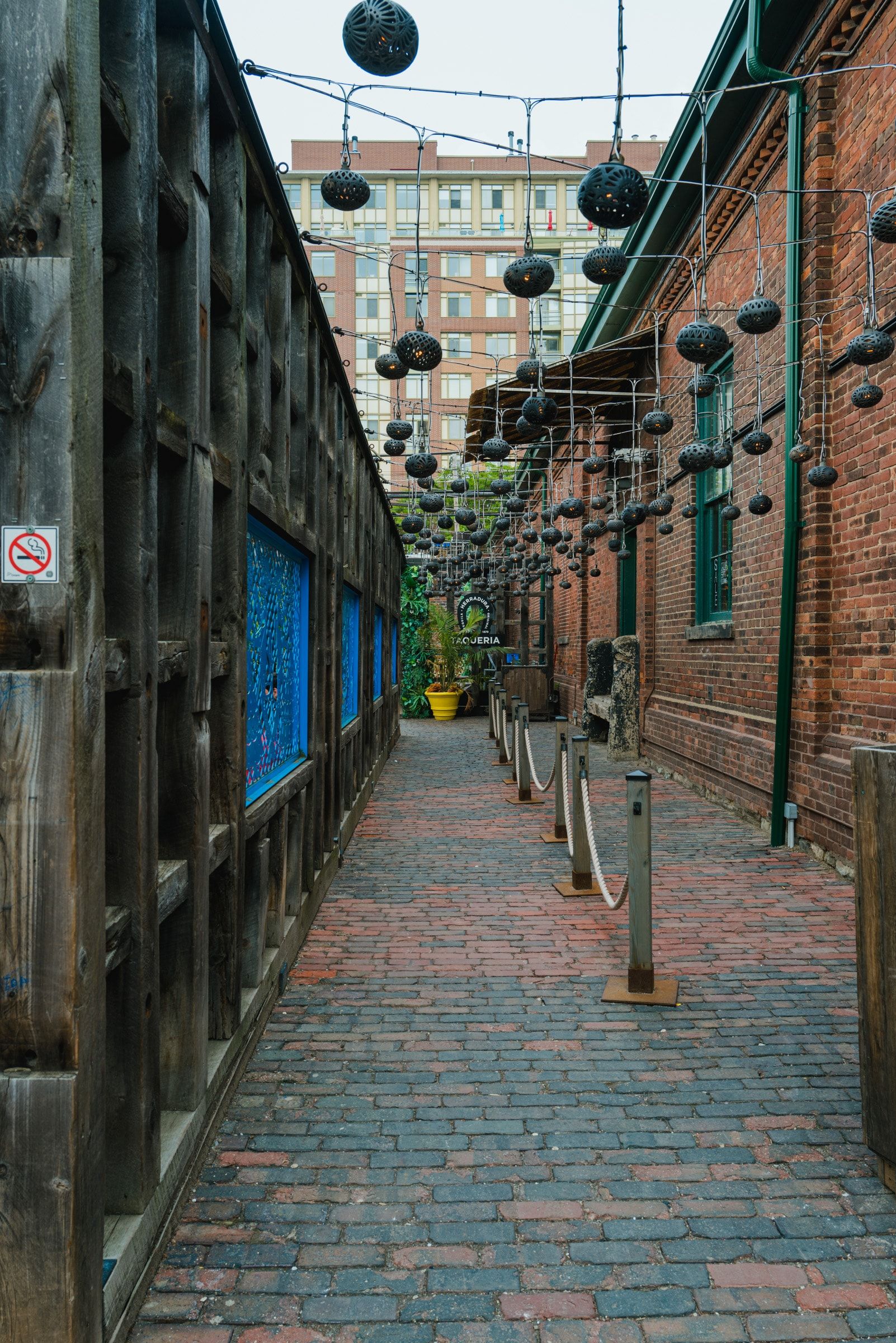
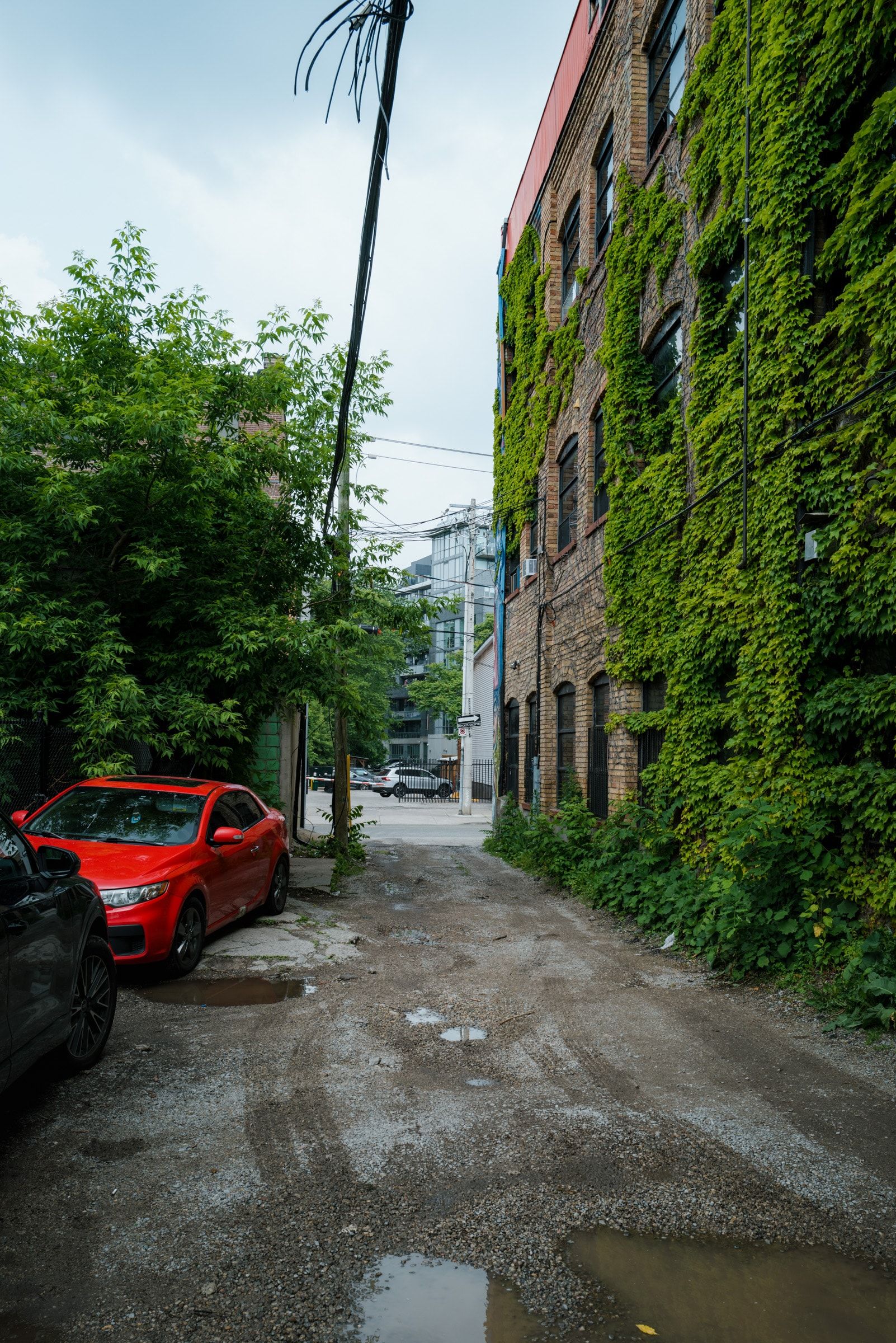
It’s this lack of features which instills a certain confidence over the camera. You pick it up and you lord over it, not the other way around. You can use the Q2 as a tool, quickly, and know you used the tool to its fullest.
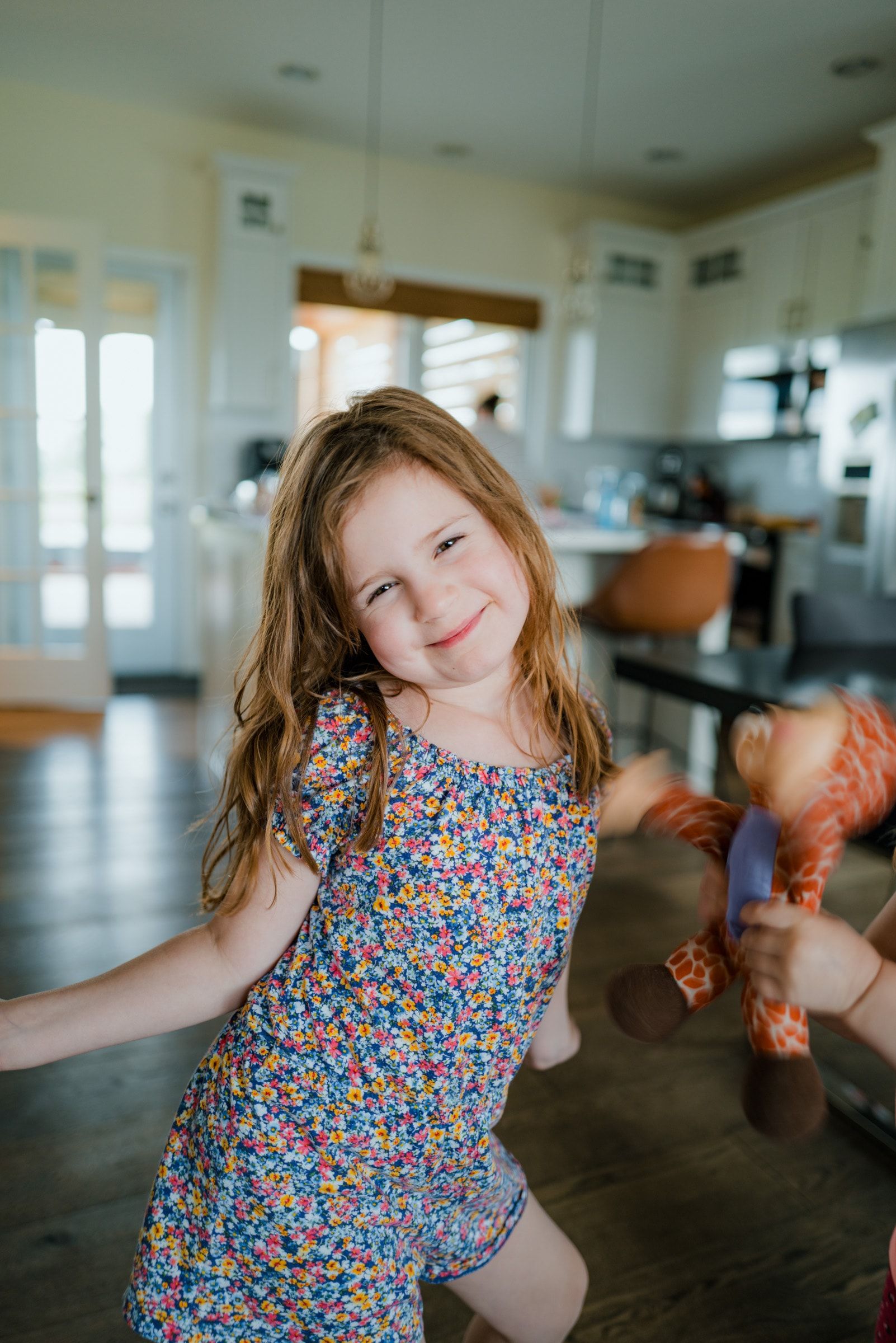
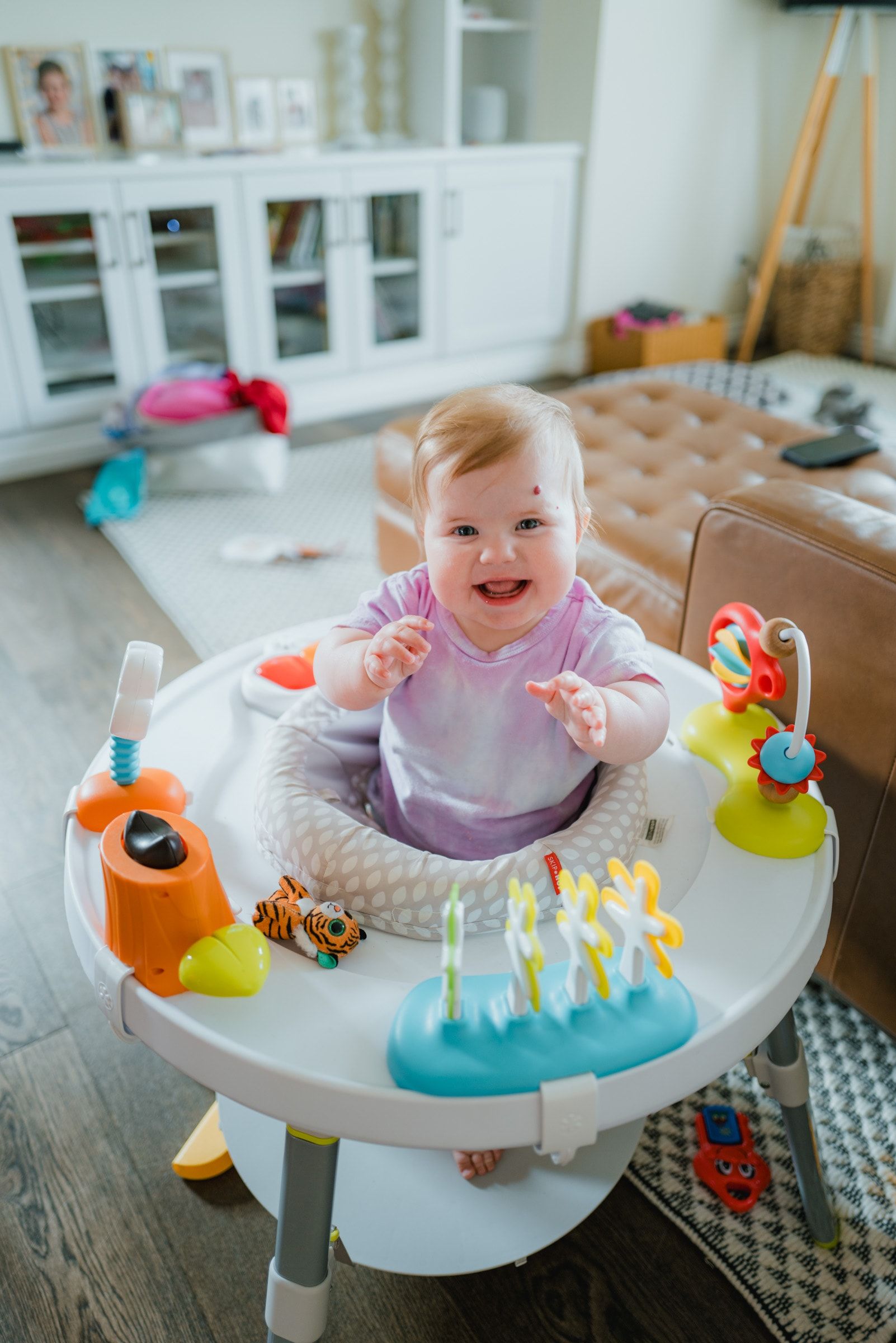
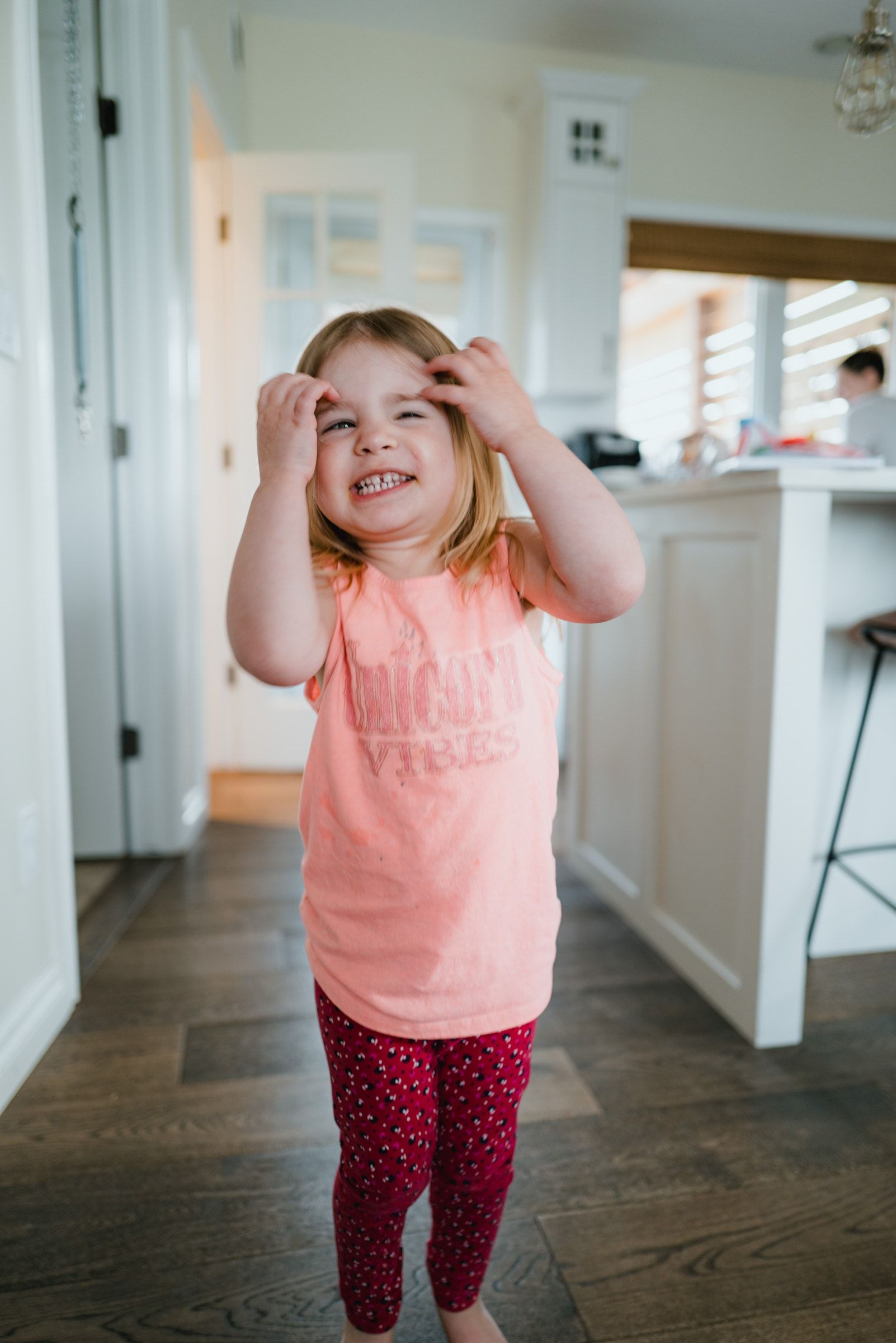
I’m not advocating for dumb cameras. I’m simply advocating for amateur photographers who don’t need 40fps burst rates to embrace the featureless menus.
Paying more for less features seems to be a Leica cultish thing. But I am getting a better sense of the notion with the Q2.
The Sensor
The Q2’s 47MP sensor is what you came for and it’s probably the one thing I’m not glowing and gushing over.
There are a few aspects to a sensor in my little world:
- The size — I am firmly in the camp of the bigger the sensor, the better your image quality. I know this is surely going to be a shortsighted comment for my friends reading, but it’s starting to become engrained. The smaller the sensor, the less happy I am with a photo. A full-frame sensor in a camera body this size is magnificent.
- The colour — Whether the Leica vibrancy and contrast comes from the sensor or the glass is beyond my realm. What I do know is I’m capturing photos at about 1/3rd a stop underexposed, which saves highlights and allows for some deeper colours in the editing process. It’s those deeper colours I am swooning over — just look at some of these photos! I have never seen colour like this straight out of my camera, let alone after a few edits in Lightroom. I’m giddy and have never been so happy with the artistry I’m seeing in my photos.
- The file size — Finally, the elephant in the room — if you want to shoot Leica raw DNG files, you’re going to be met with 86MB photo files. That’s 10 photos per gigabyte. I am chomping through my Lightroom cloud storage like a child with candy. The files are magnificent. You want to shoot more and more. But I am deleting at least 10x the photos I used to delete for the sake of saving space on my memory cards and Lightroom subscription.
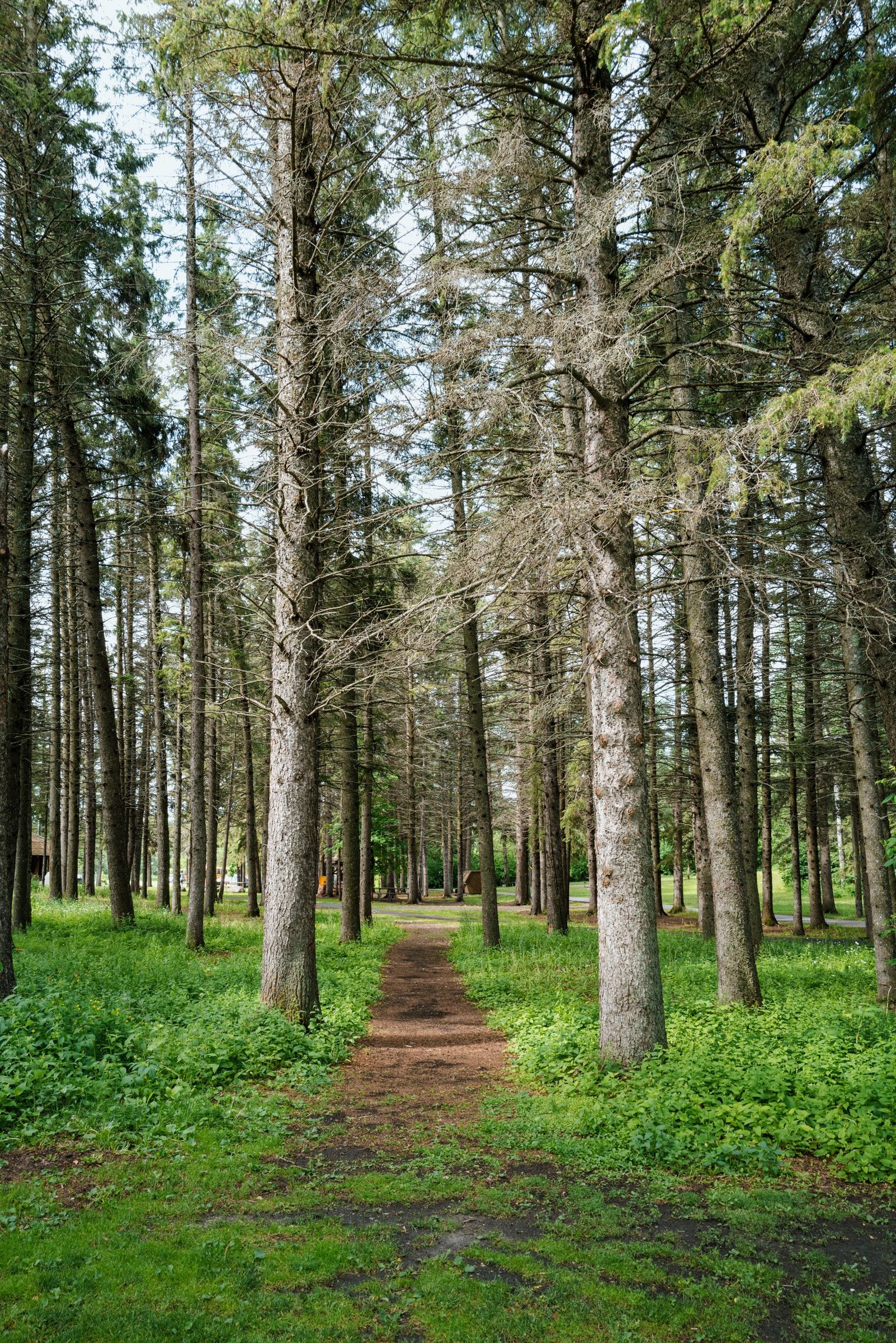
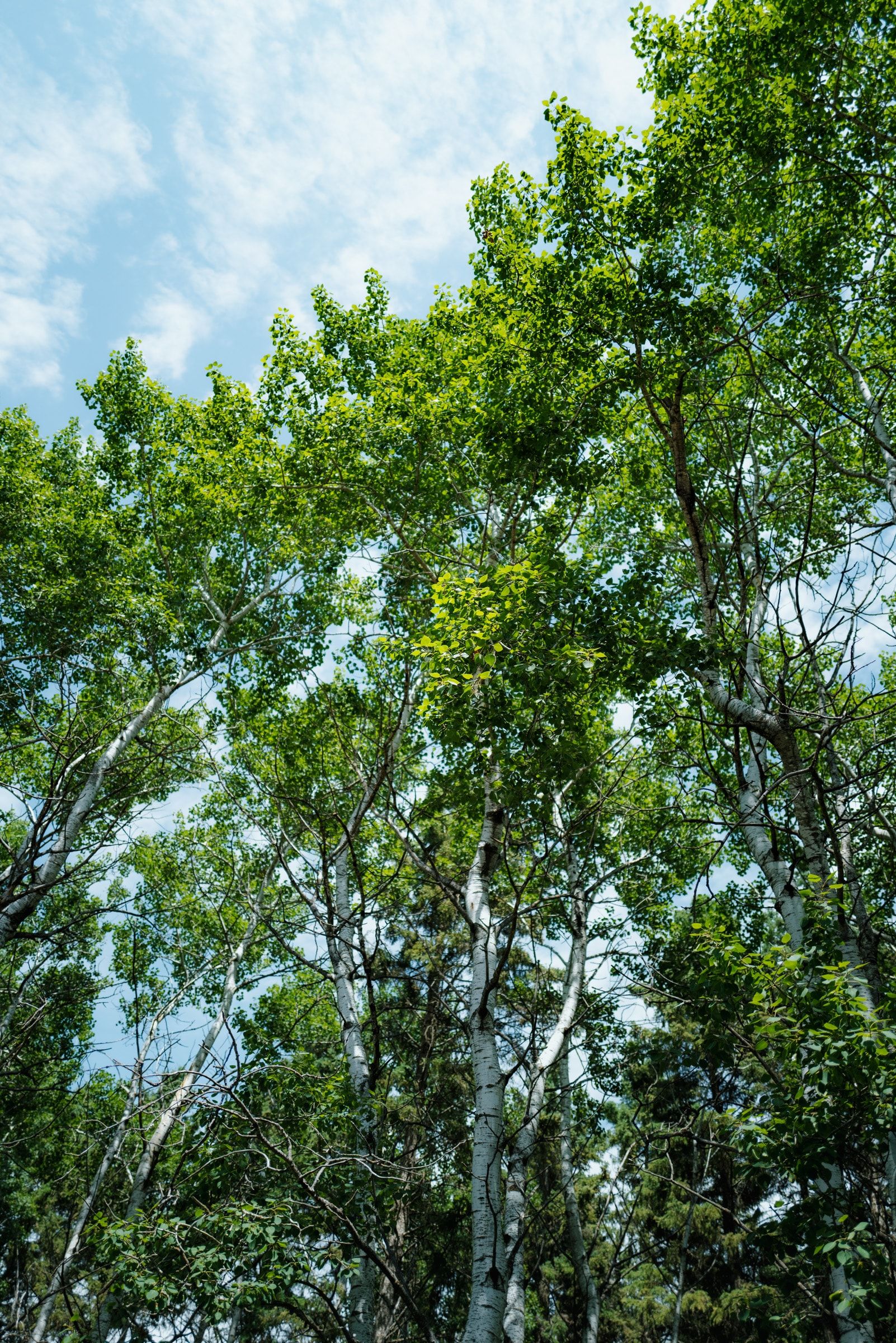
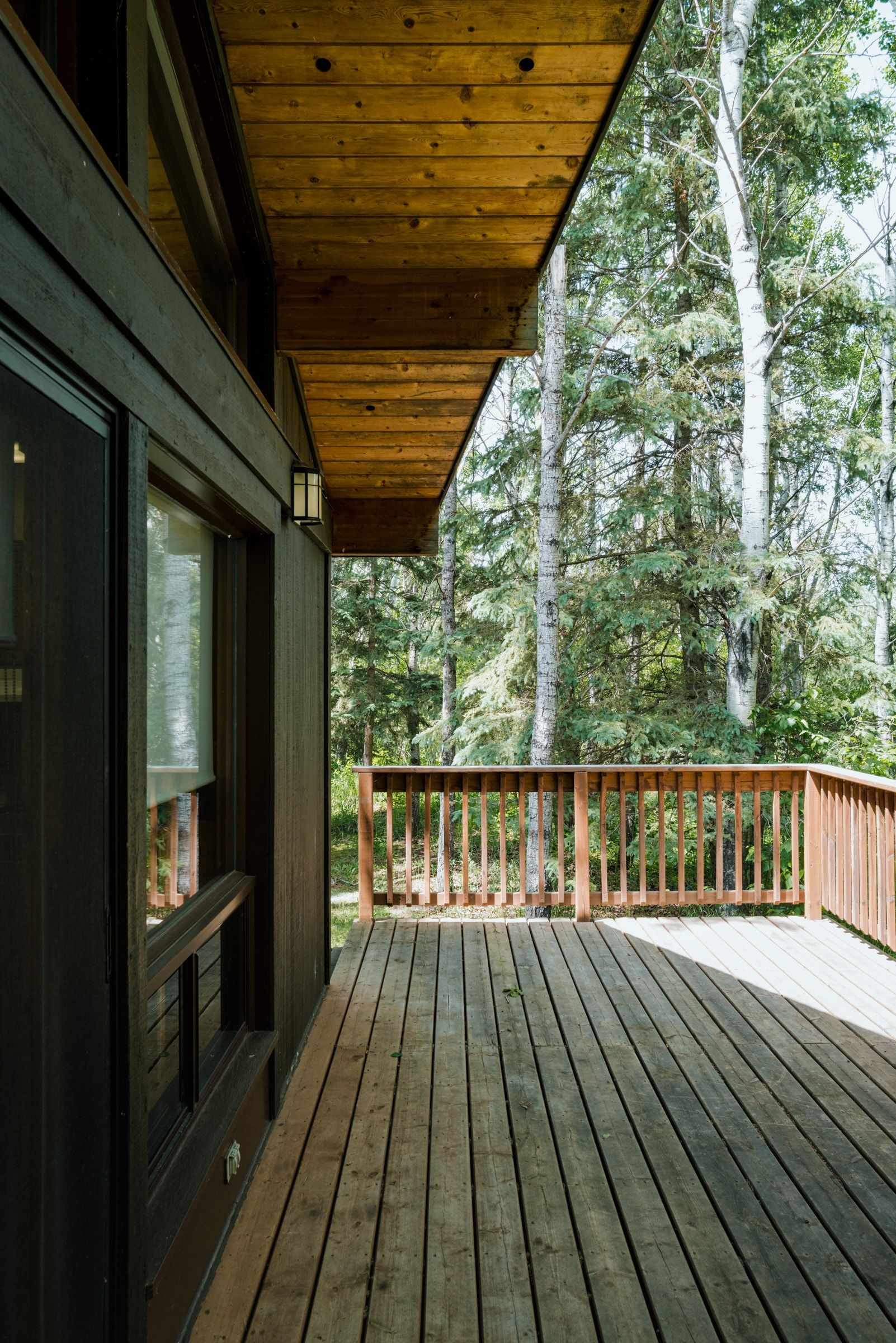

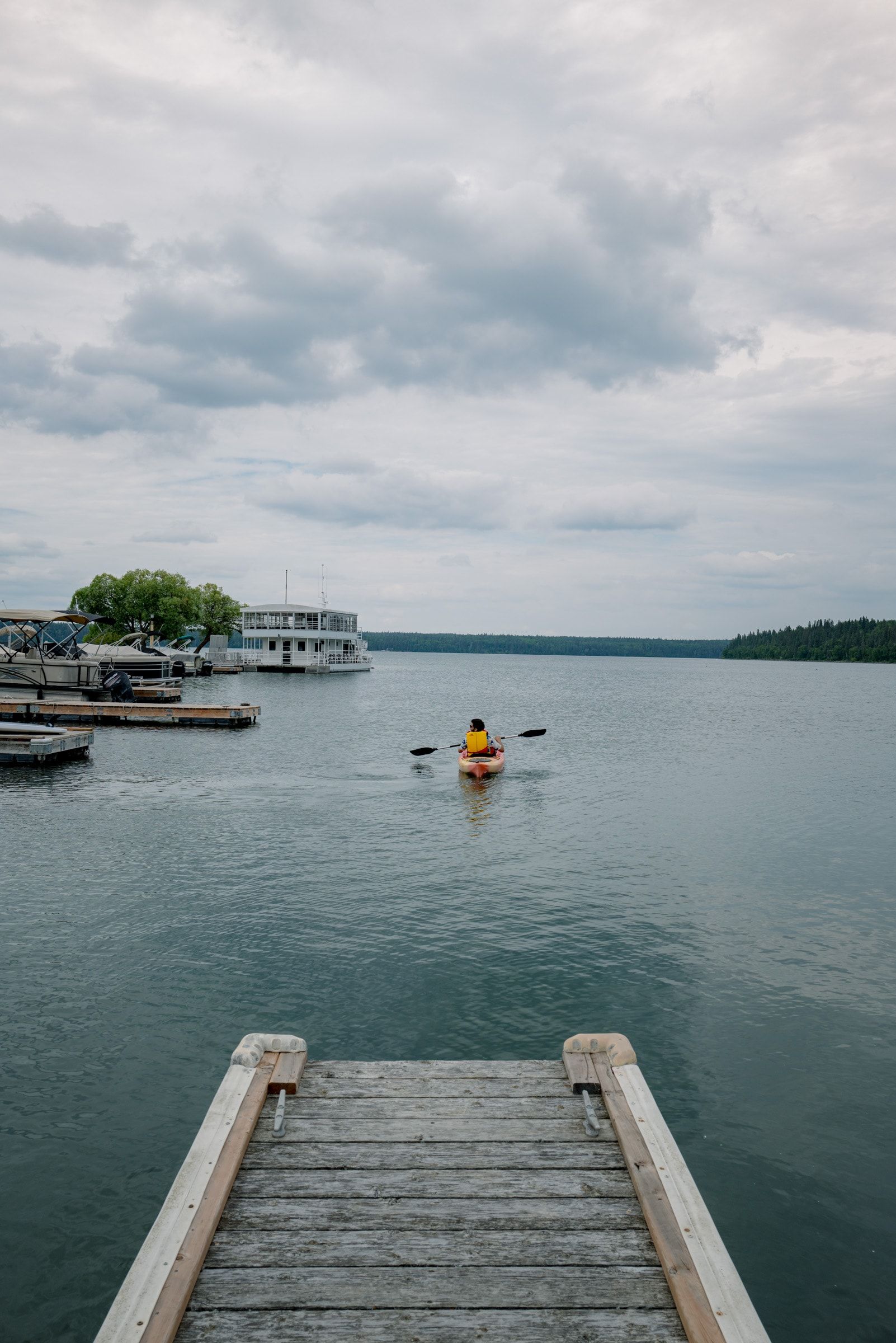
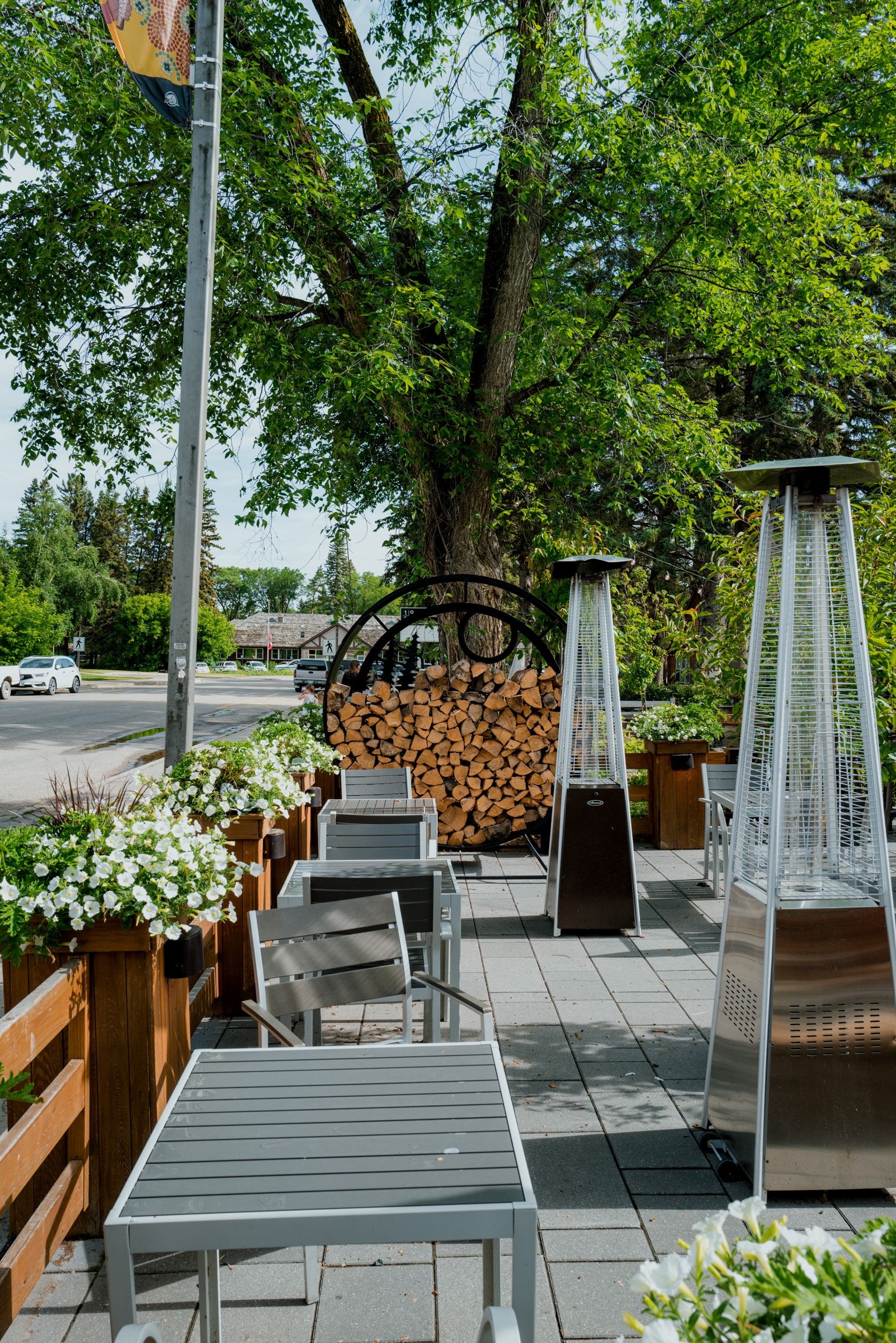
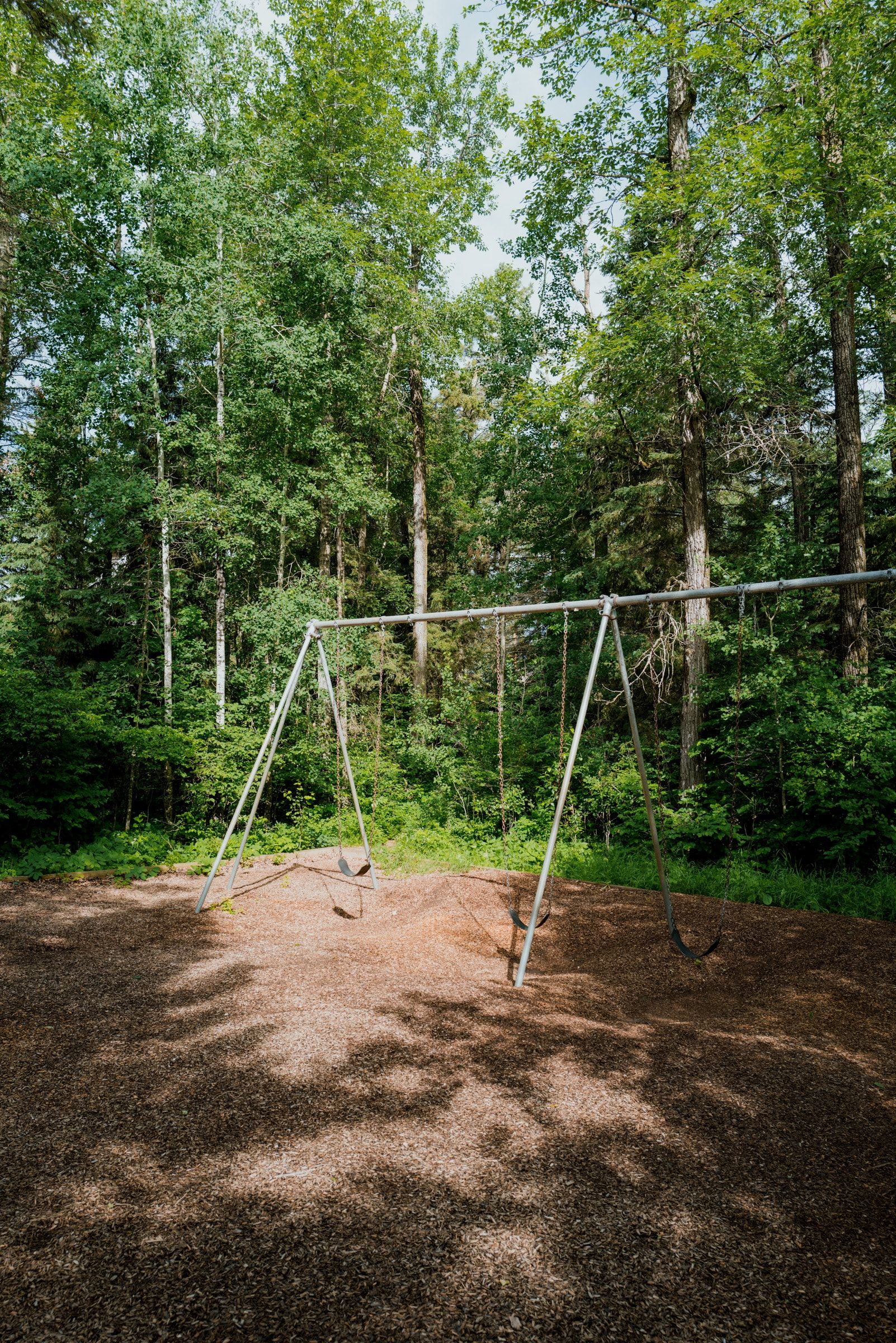
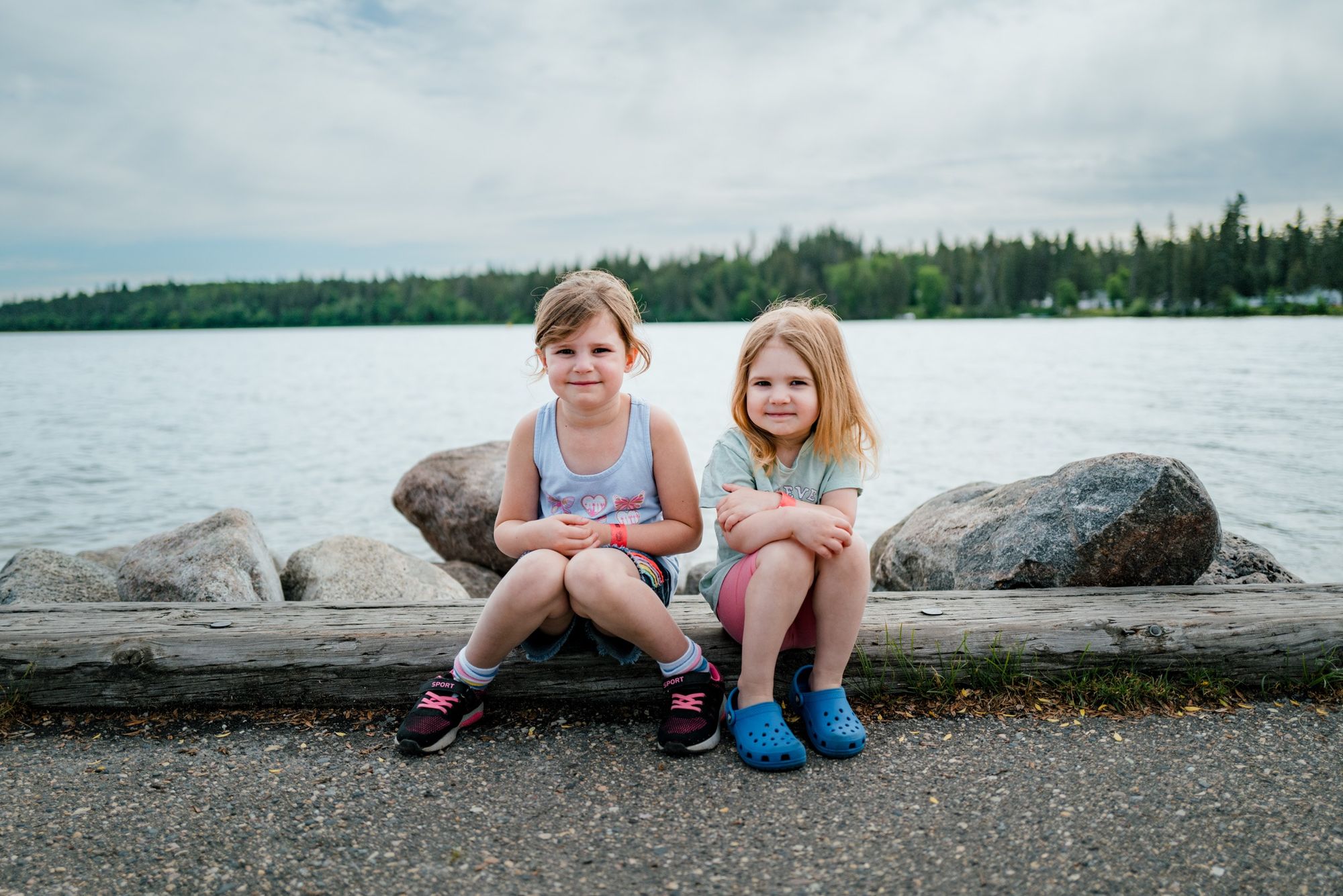
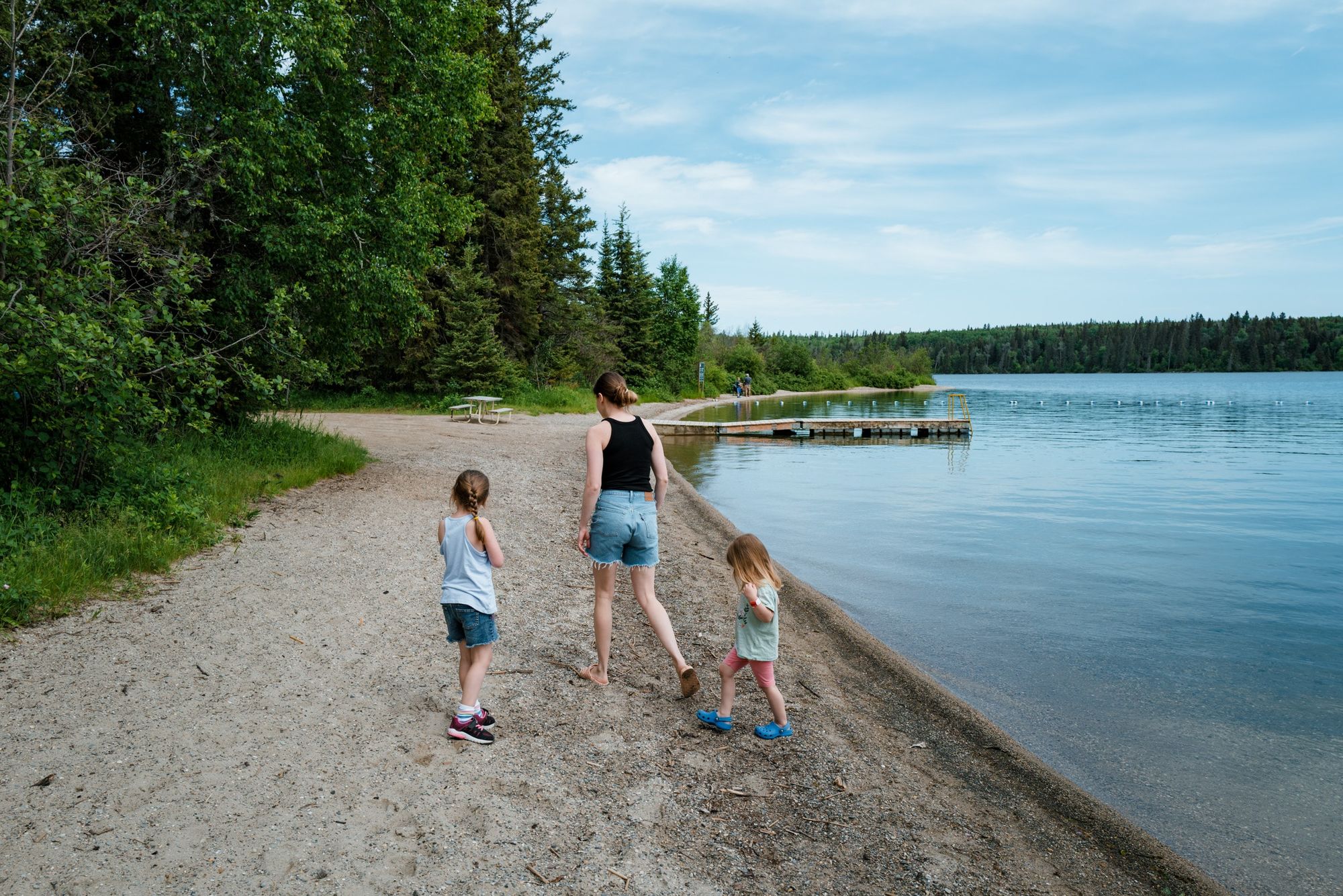
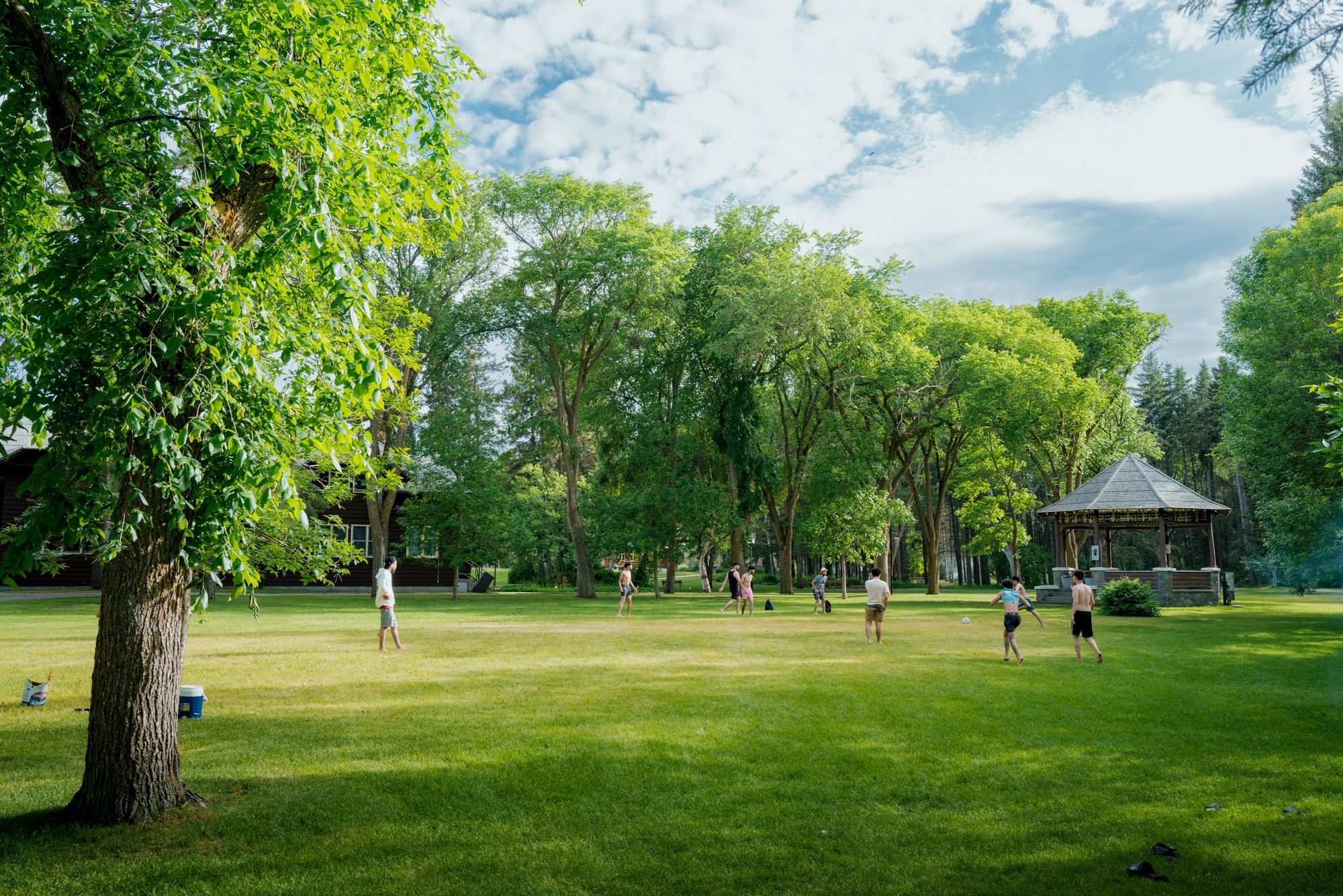
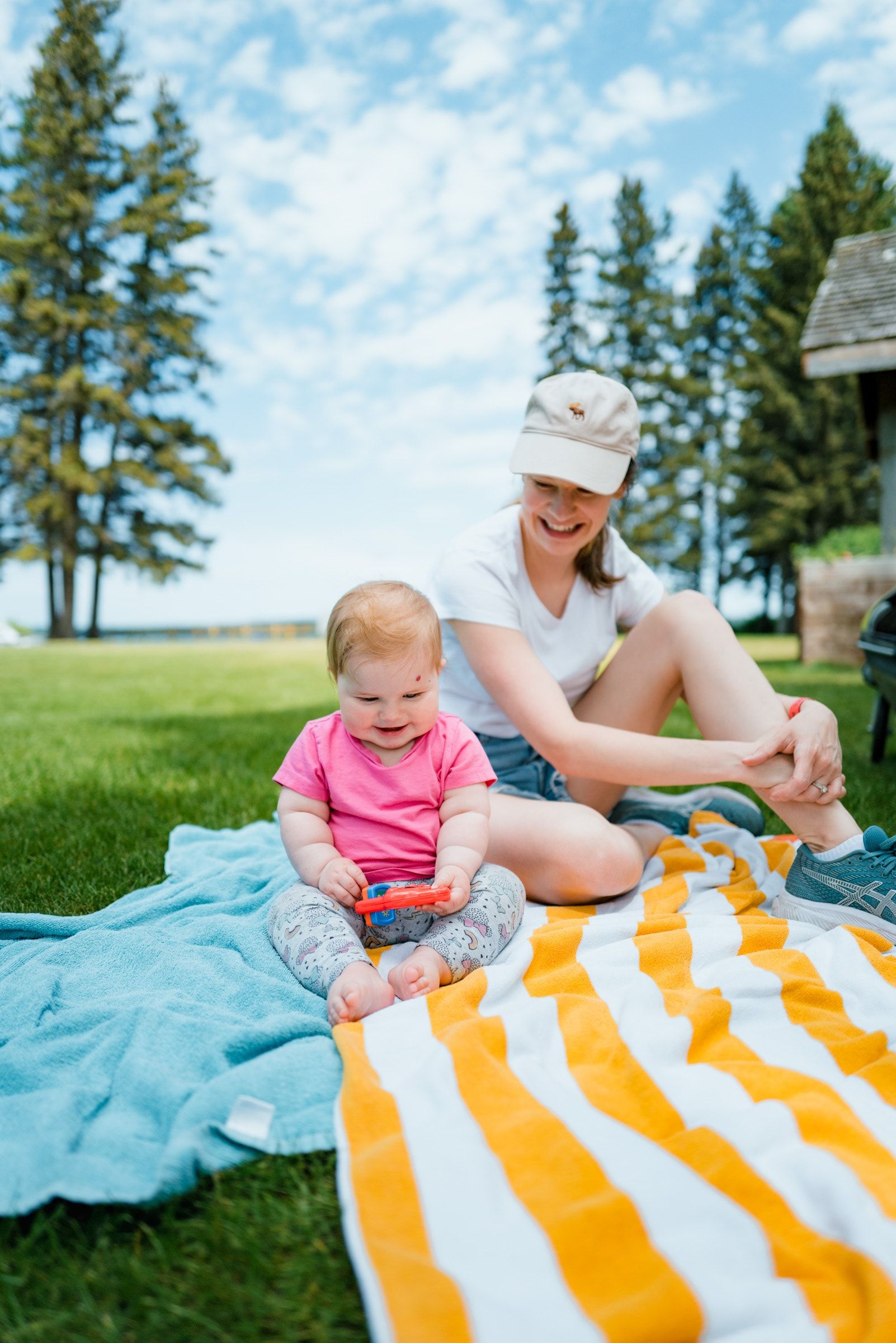
And none of this mentions the megapixel count! At 47MP, there’s a fair bit of detail here, and it’s often surprising how much cropping you can get away with without anyone noticing. A trained eye will quickly pick up on a photo shot at the Leica Q2’s 75mm frame-line focal length due to the compression of the background. For those quick Insta stories though, you can snap, crop, alter, re-crop, and alter some more without skipping a beat. It’s fun and an entirely new way to shoot, altogether.
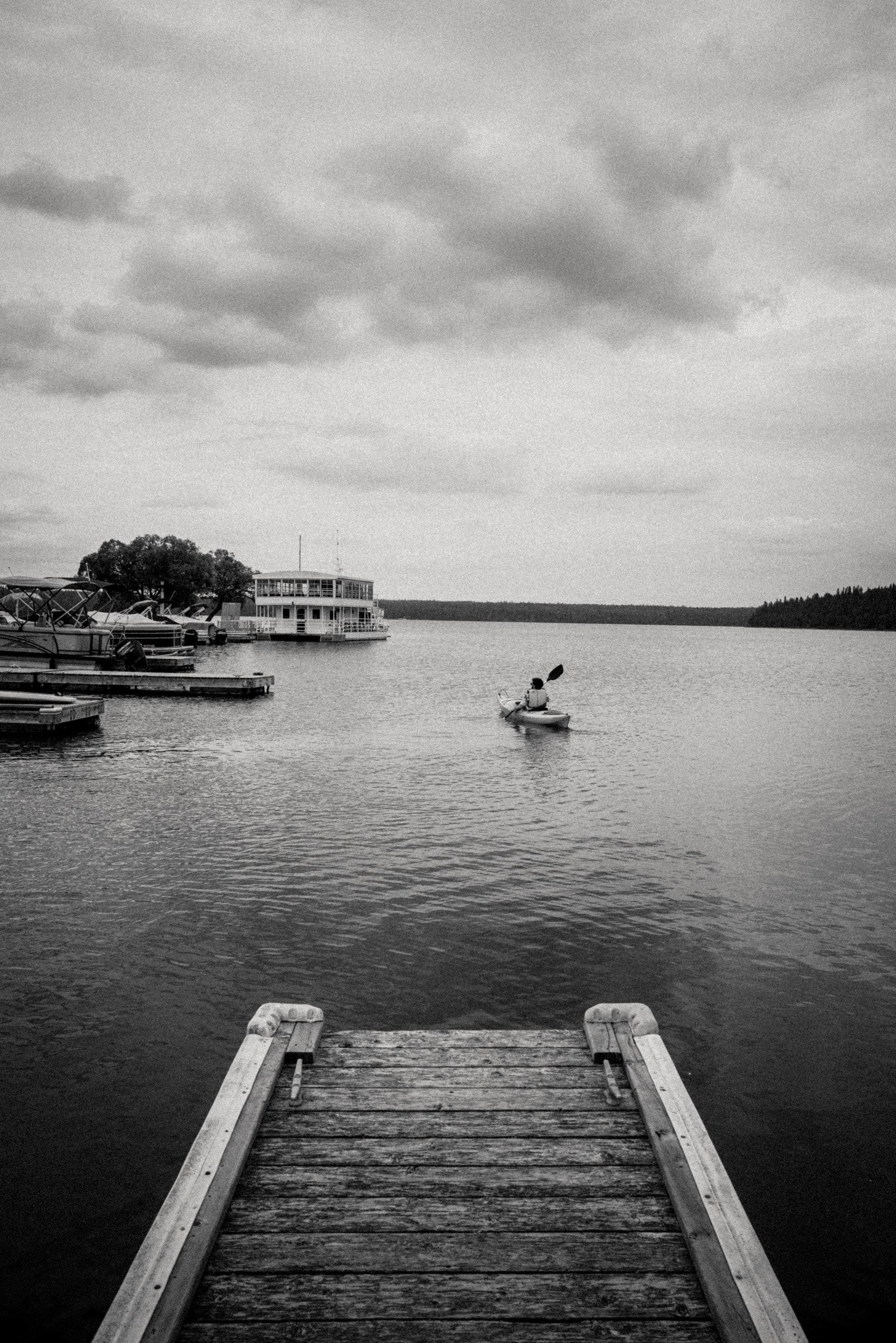
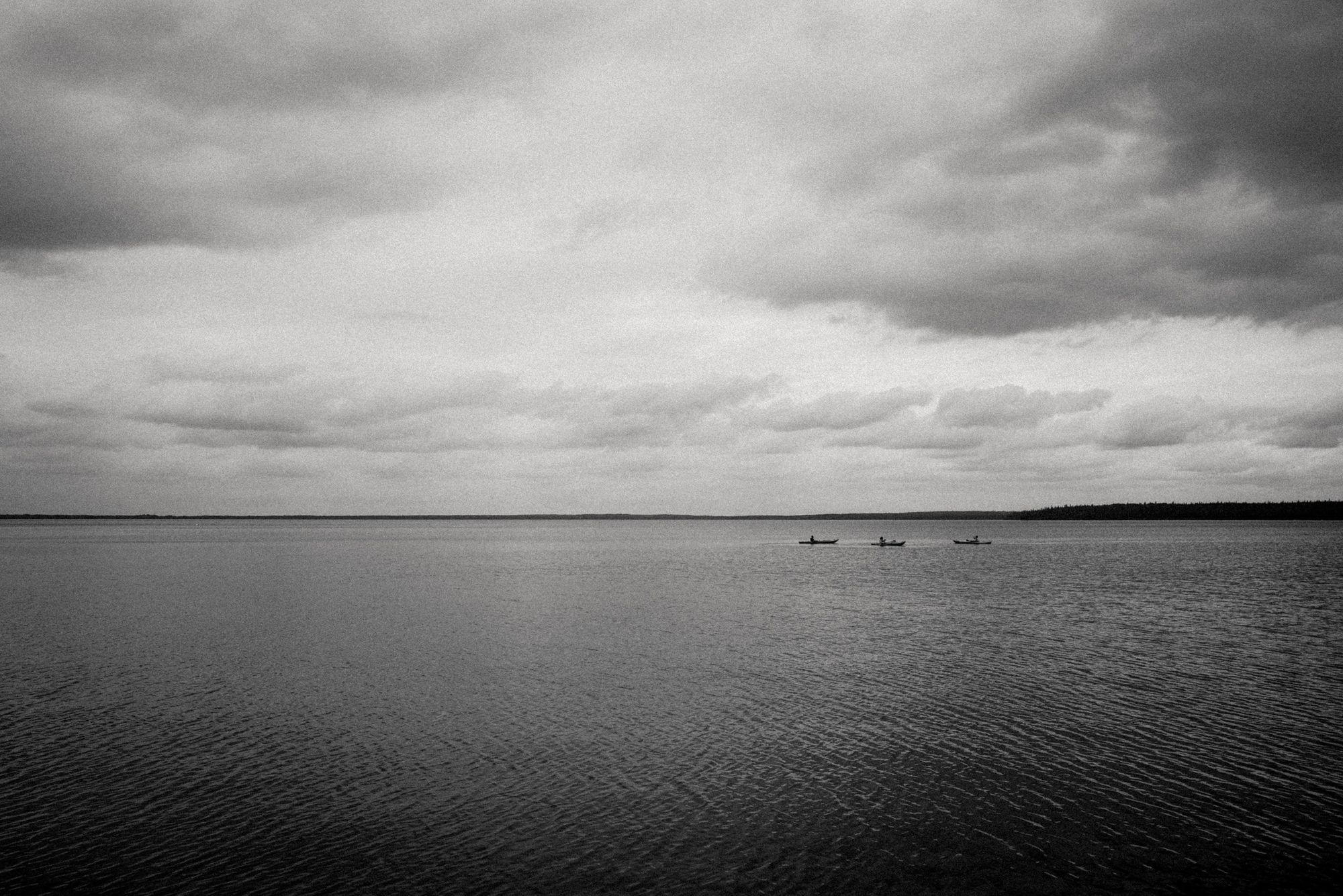
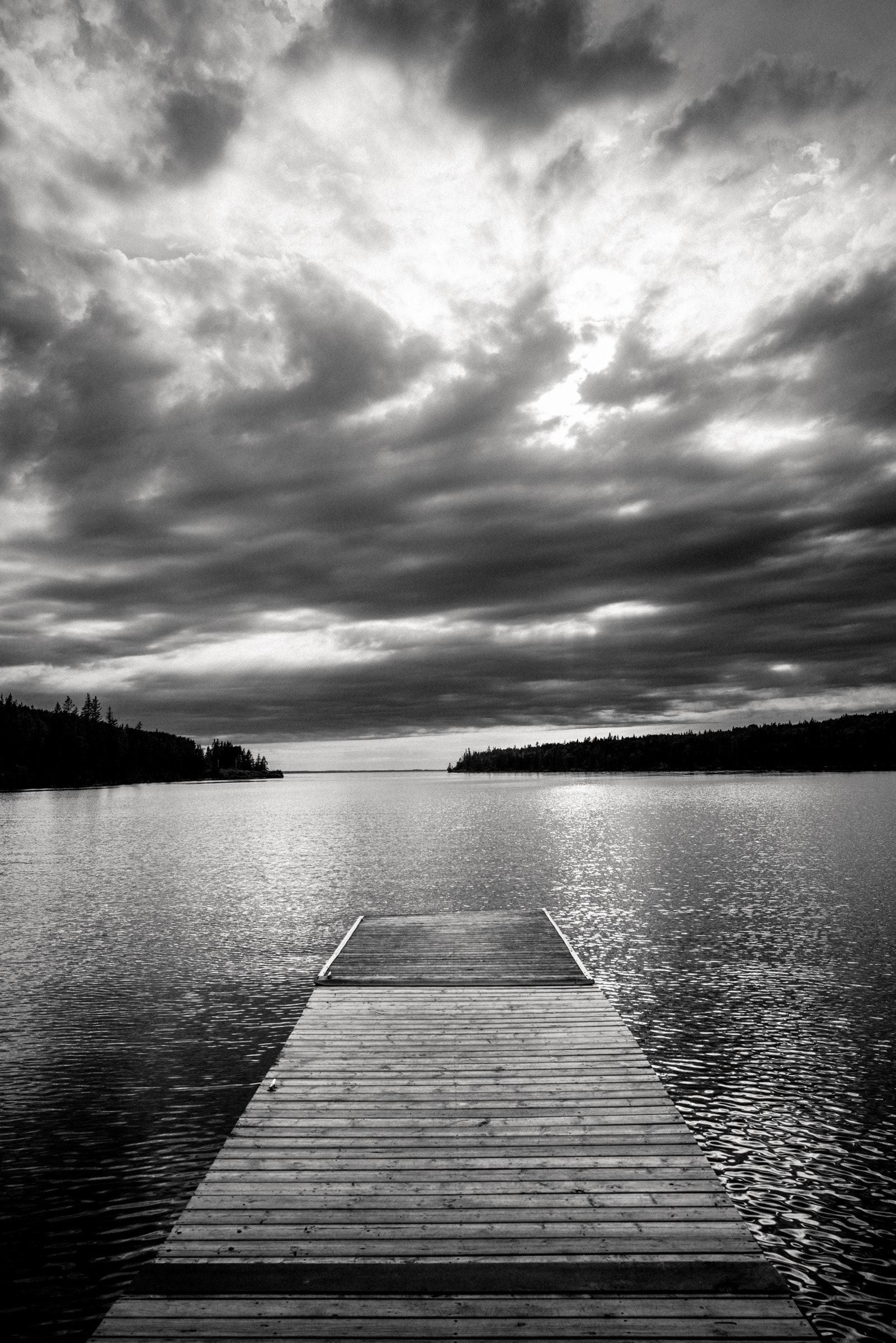
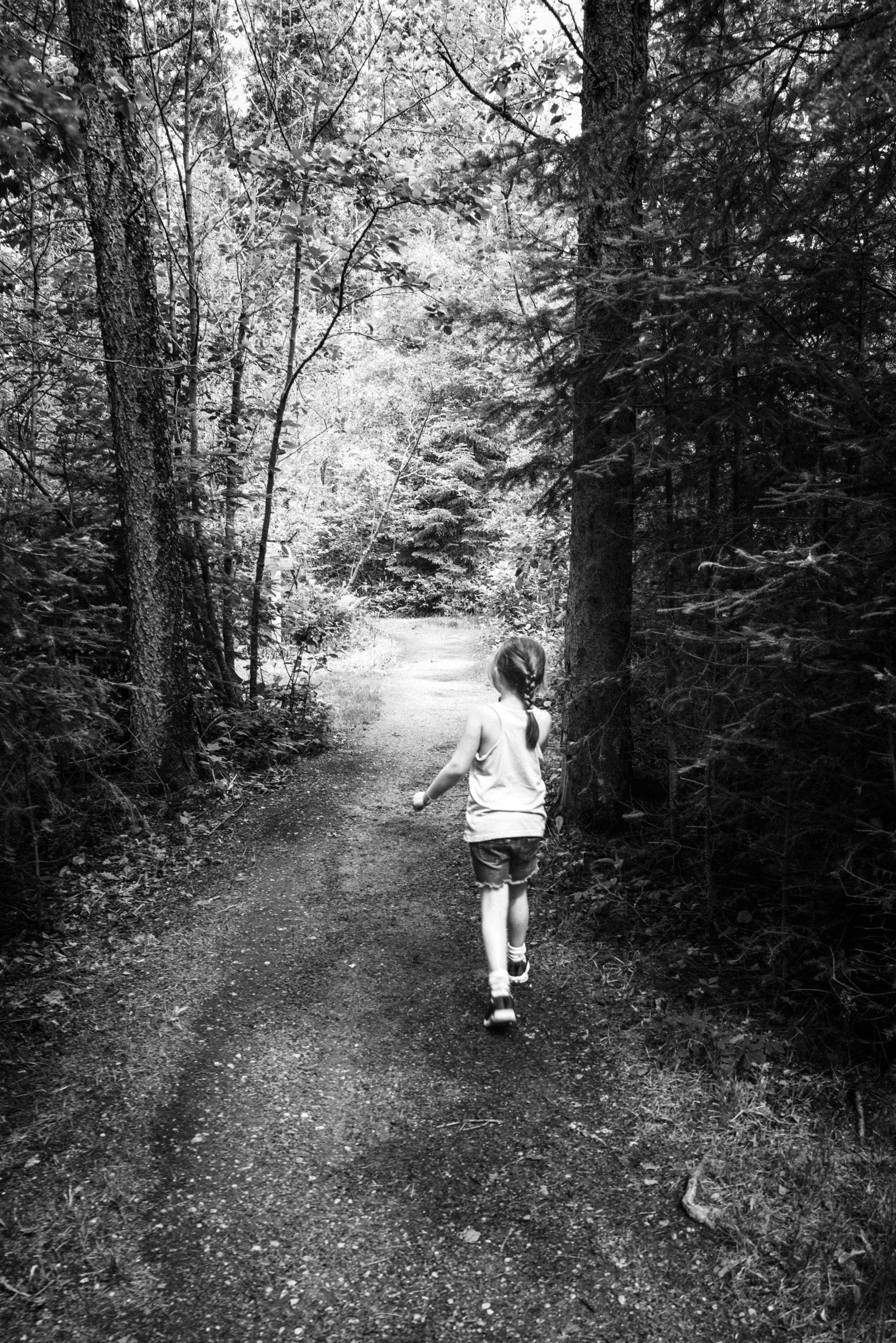
Overall, I love the Leica Q2’s sensor and image quality. I just have a hard time with the file size. I need new, larger SD cards and a significantly larger Lightroom storage plan.
The Shutter Sound
I recently shot a photo of a few folks in the office using the Leica Q2’s self-timer. After counting down the 12 seconds and the front amber LED blinking, the shutter fired.
Everyone looked at me as though something must have been wrong. “Did the picture get taken?”, “I guess we’ll have to do it again.”, and “I thought you said this was a really good camera?” were all blurted out instantaneously.
Another giggle moment, for sure.
Of course the photo had been taken.
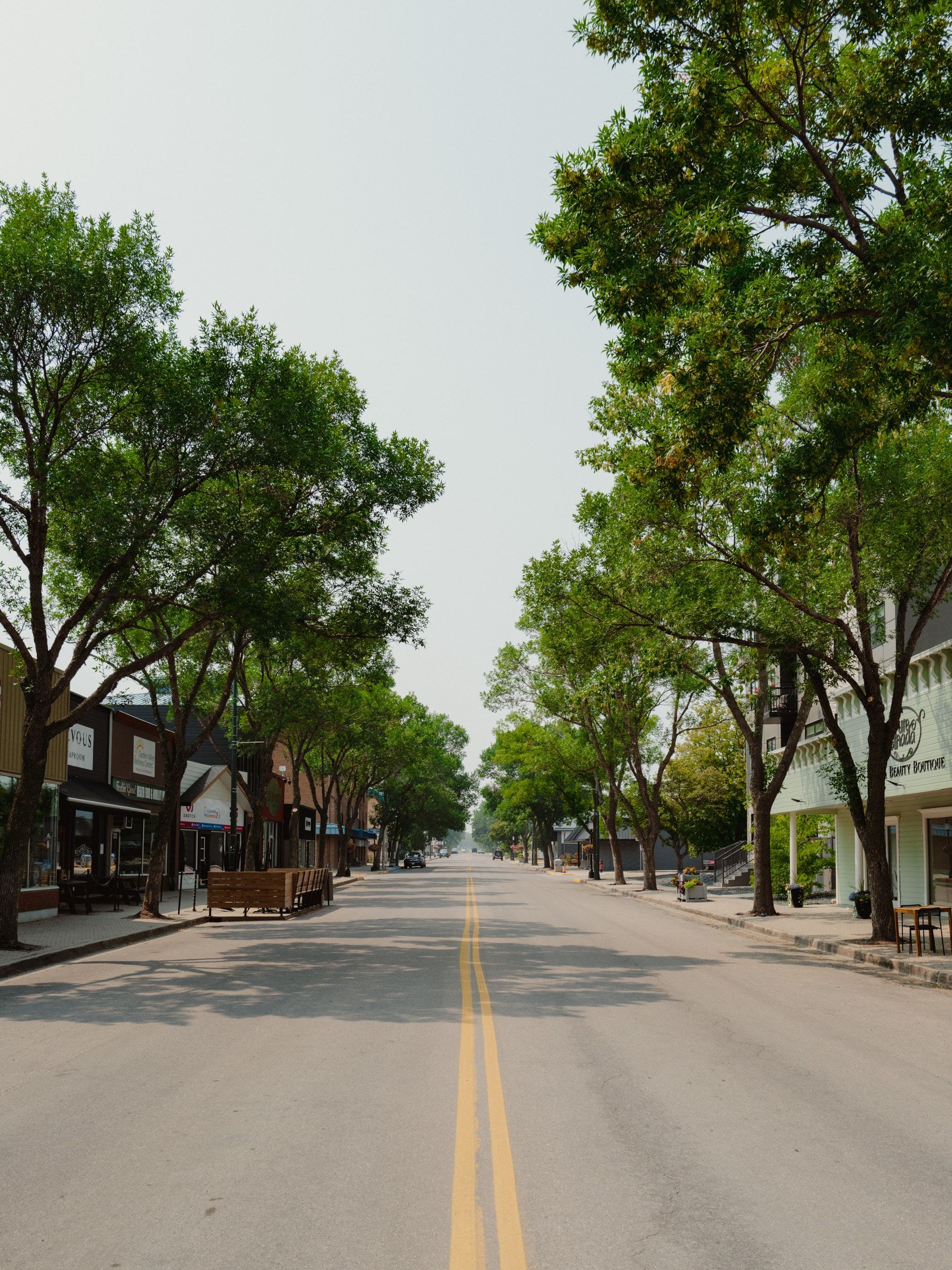
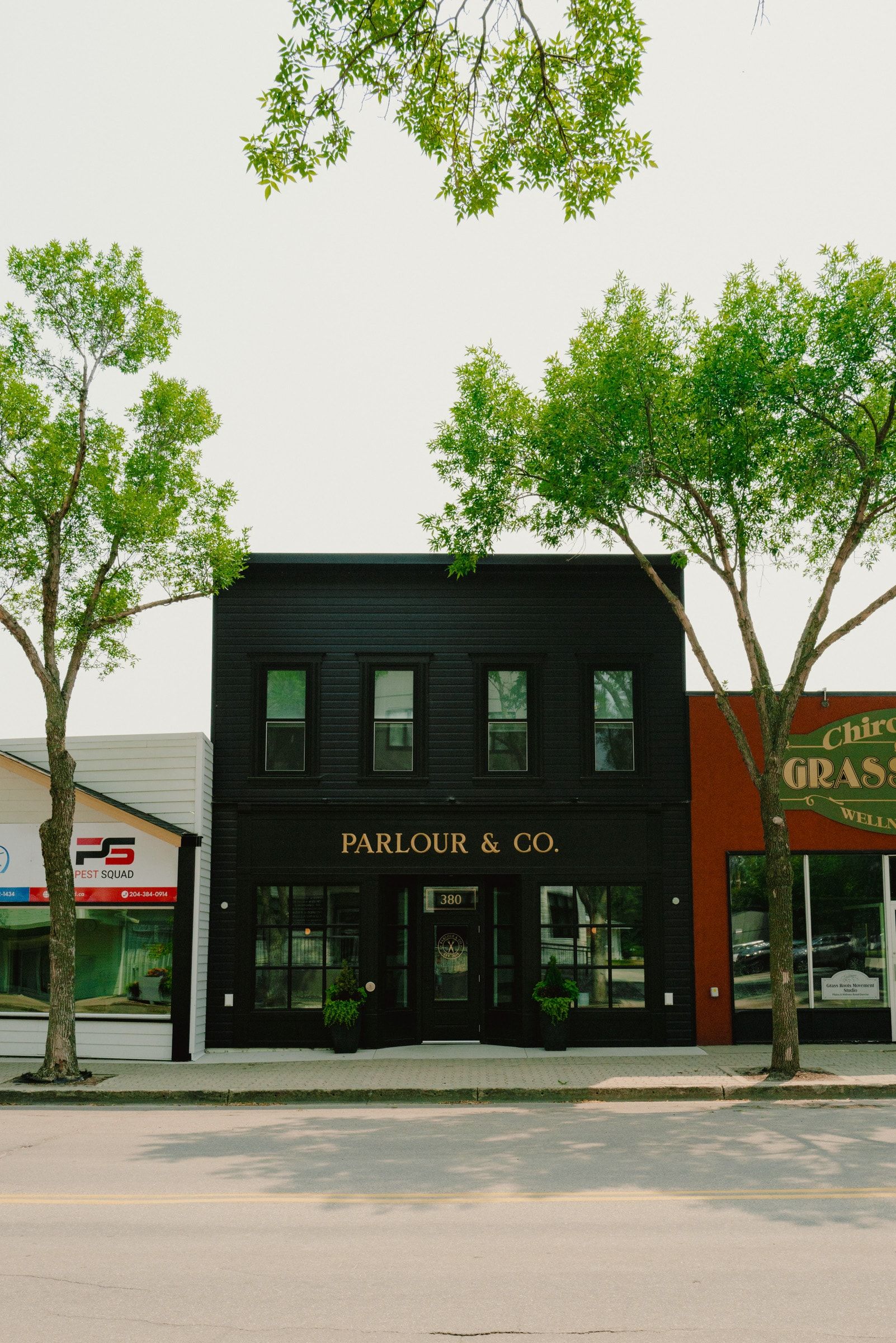
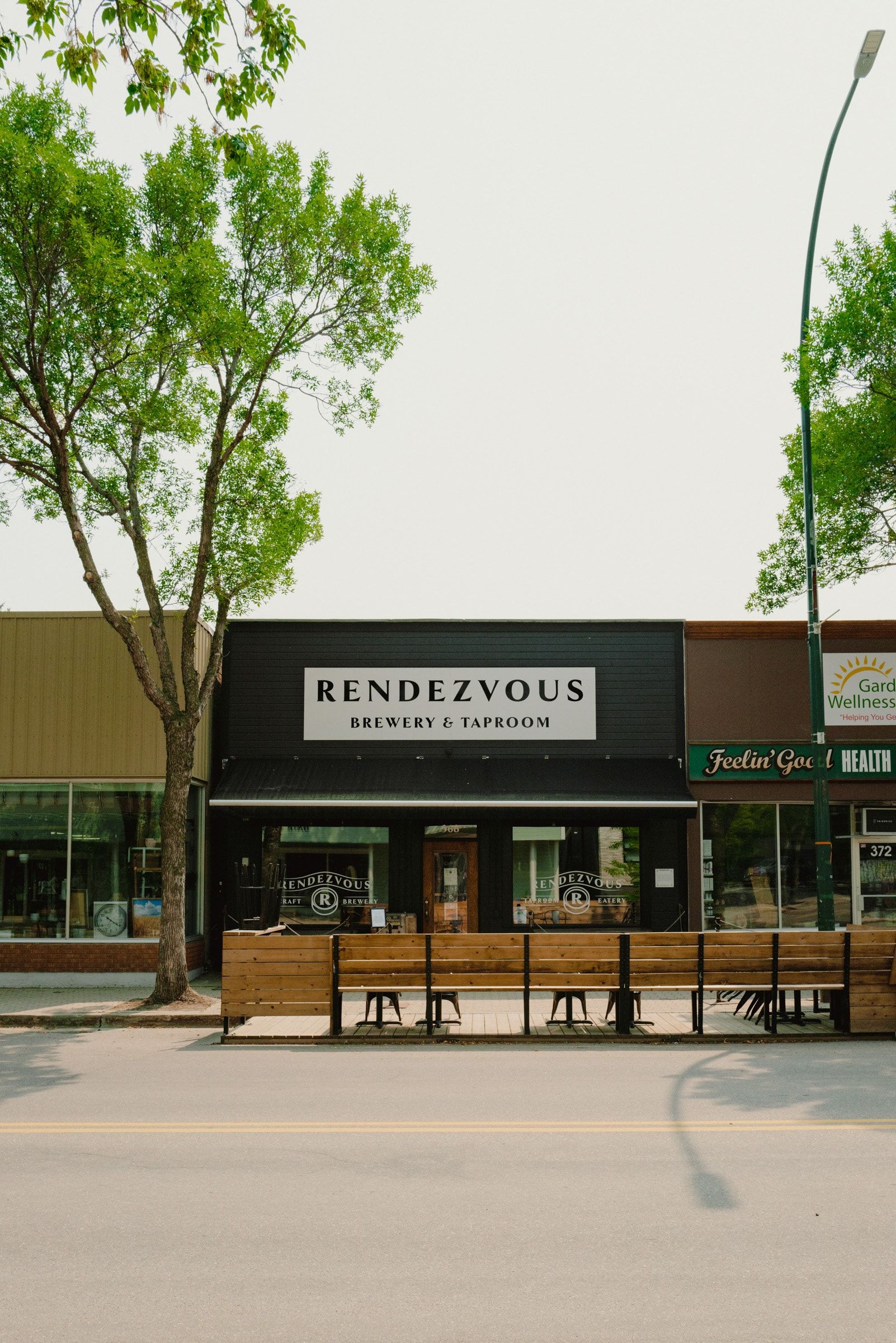
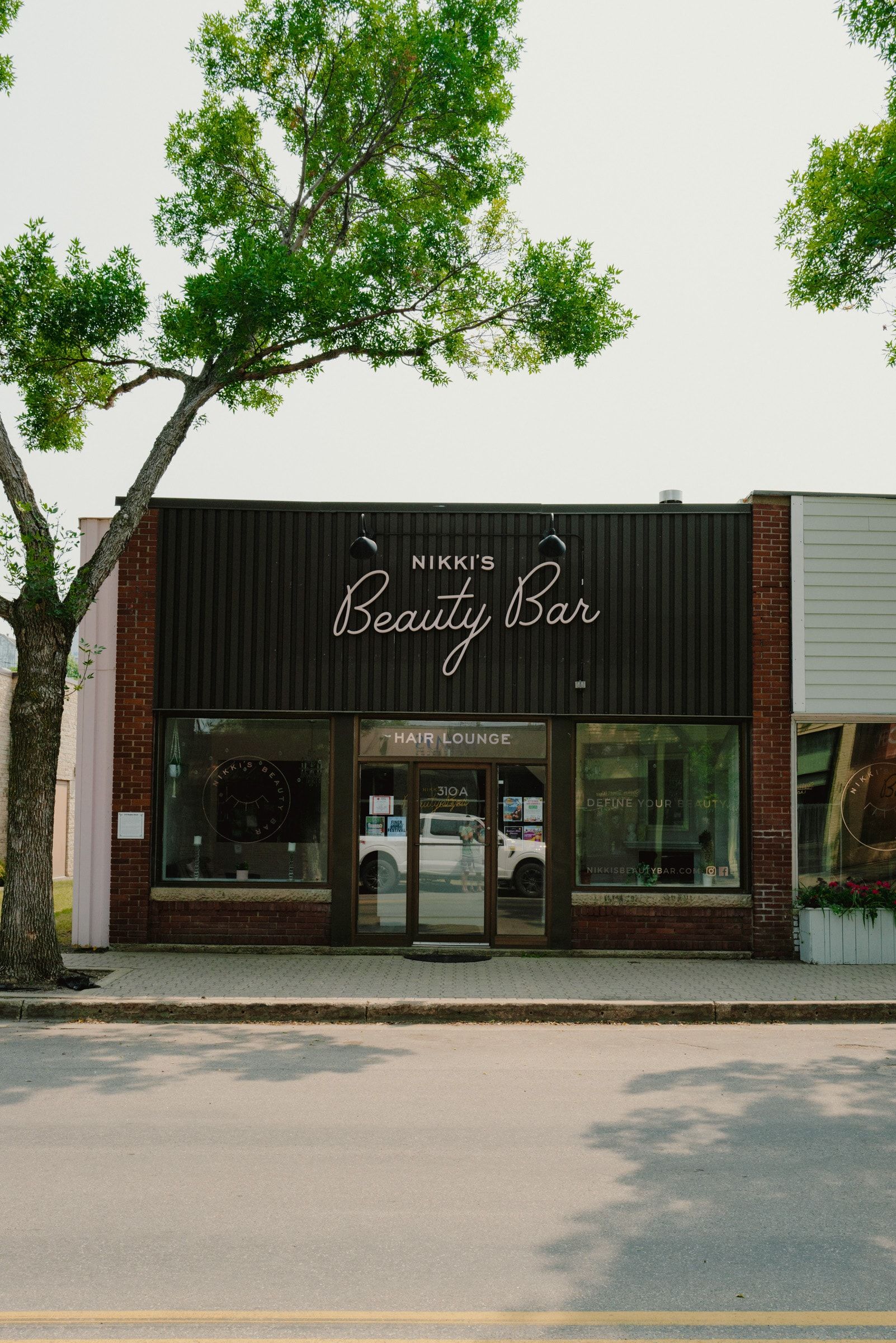
But not so obvious was that shutter sound. The Q2’s shutter is discrete and unassuming. It comes across as little more than a subconscious sound, like the distant birds chirping when you’re not paying attention. The sound is short and crisp. It’s also complete and satisfying — you hit that shutter button, hear that click, and satisfyingly bring that camera back down to your side knowing your capture was perfect. It’s such a wonderful sound.
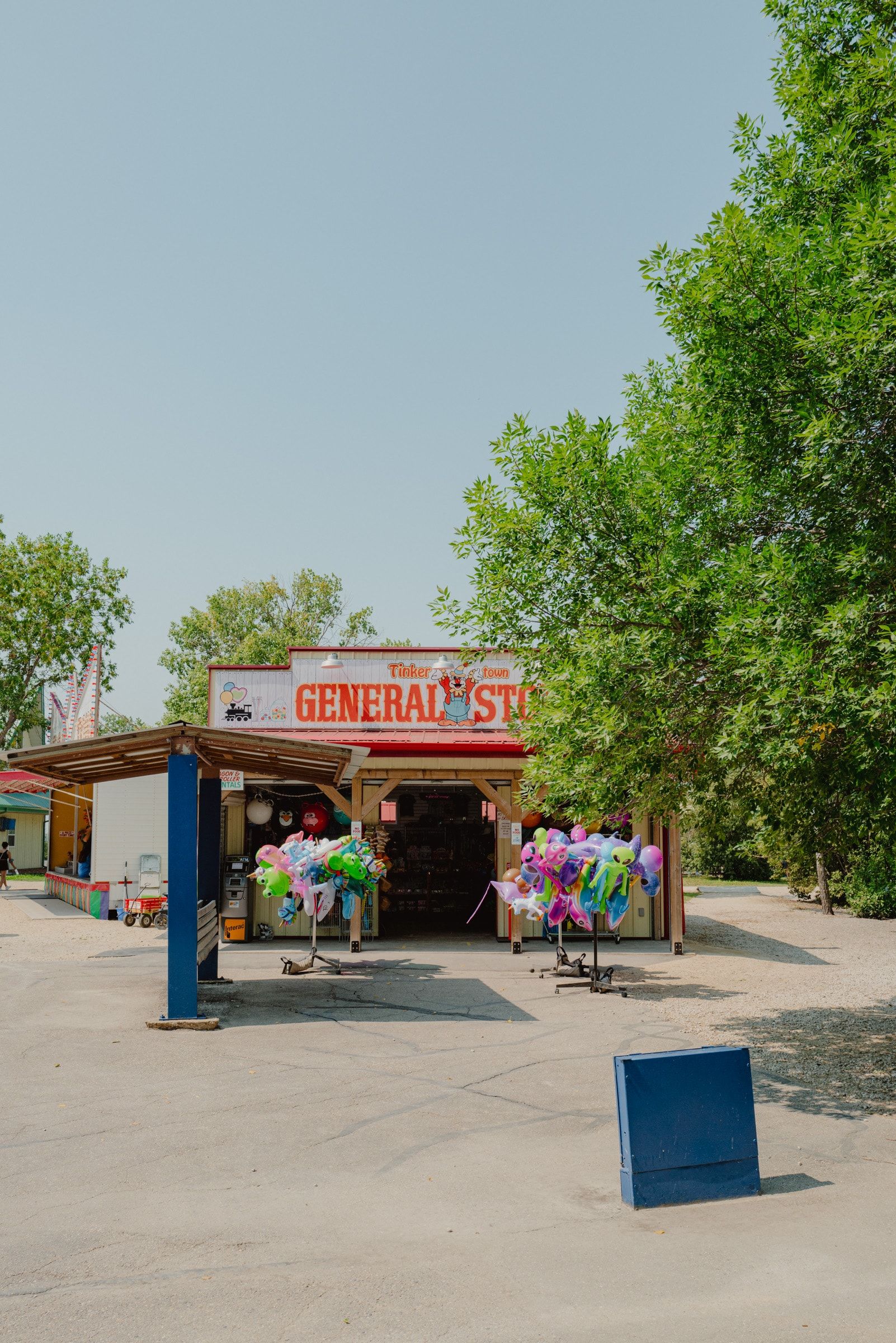
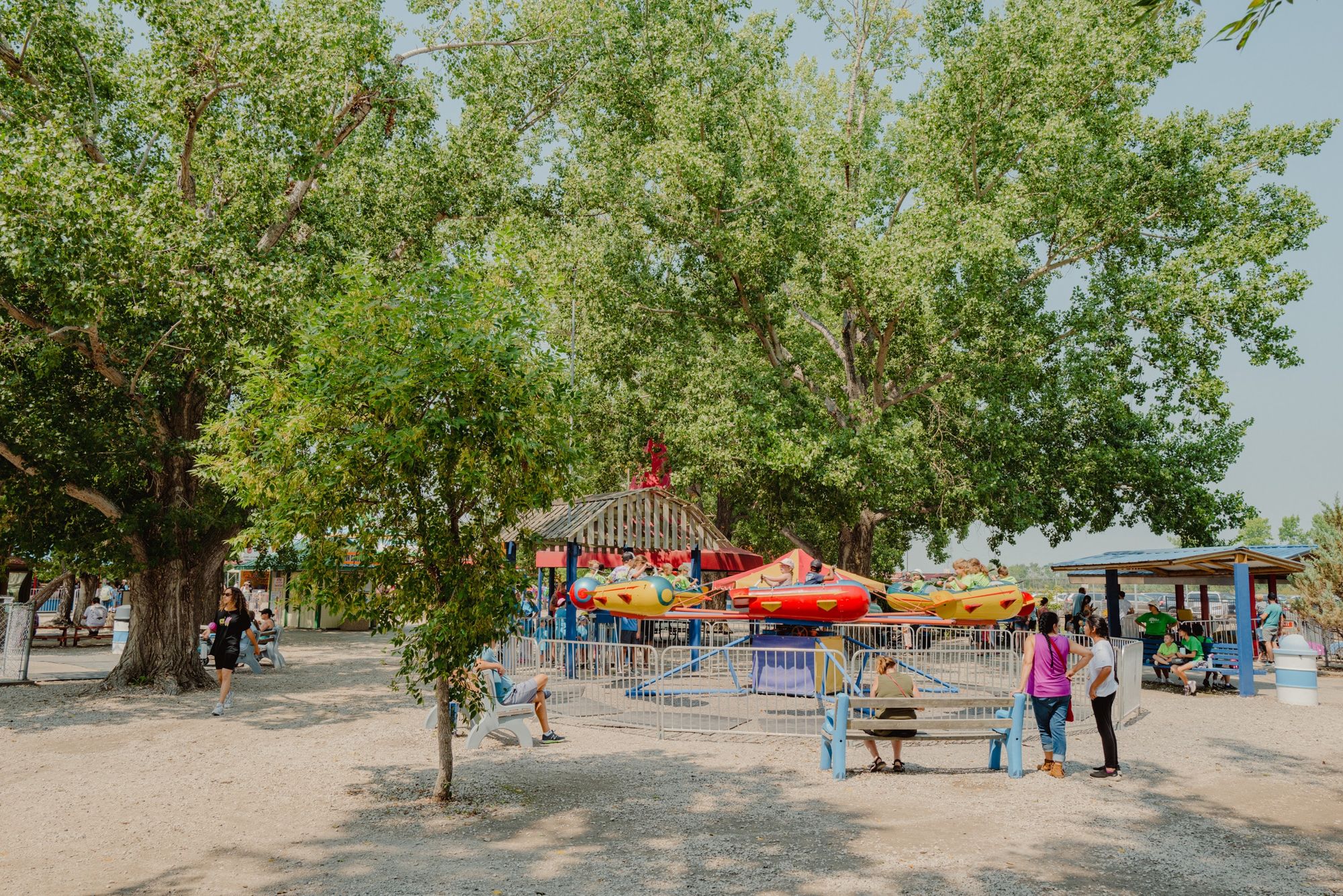
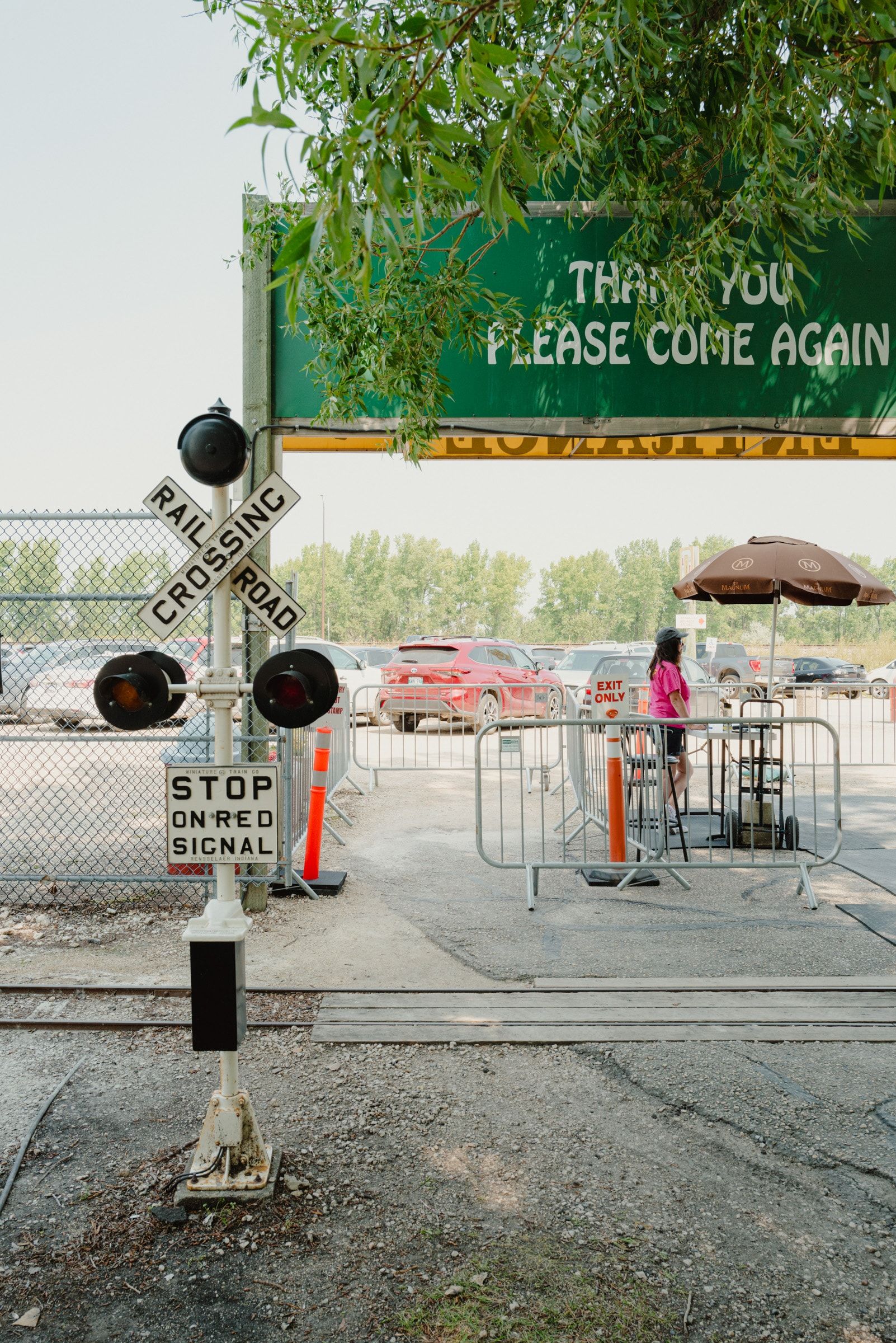
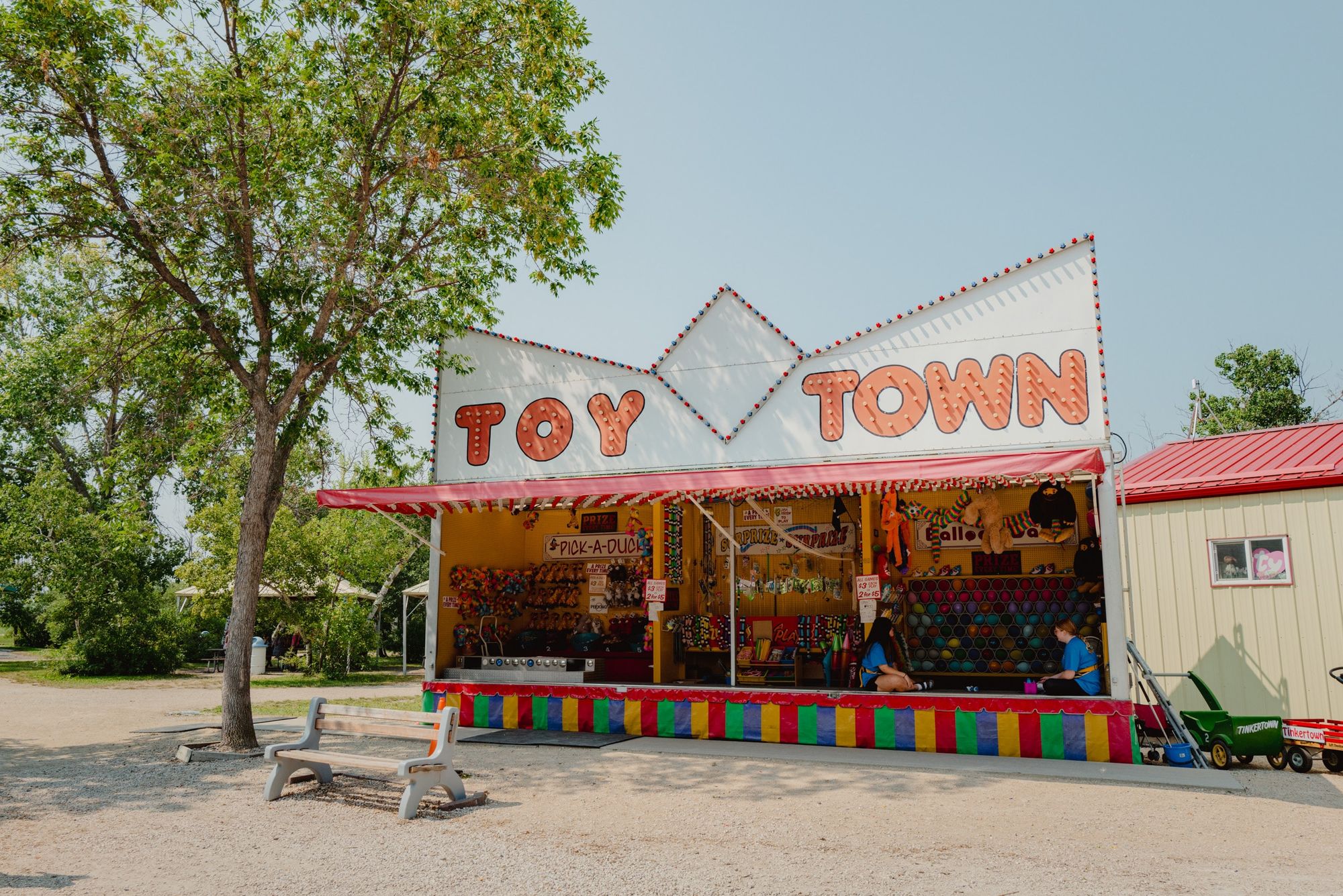
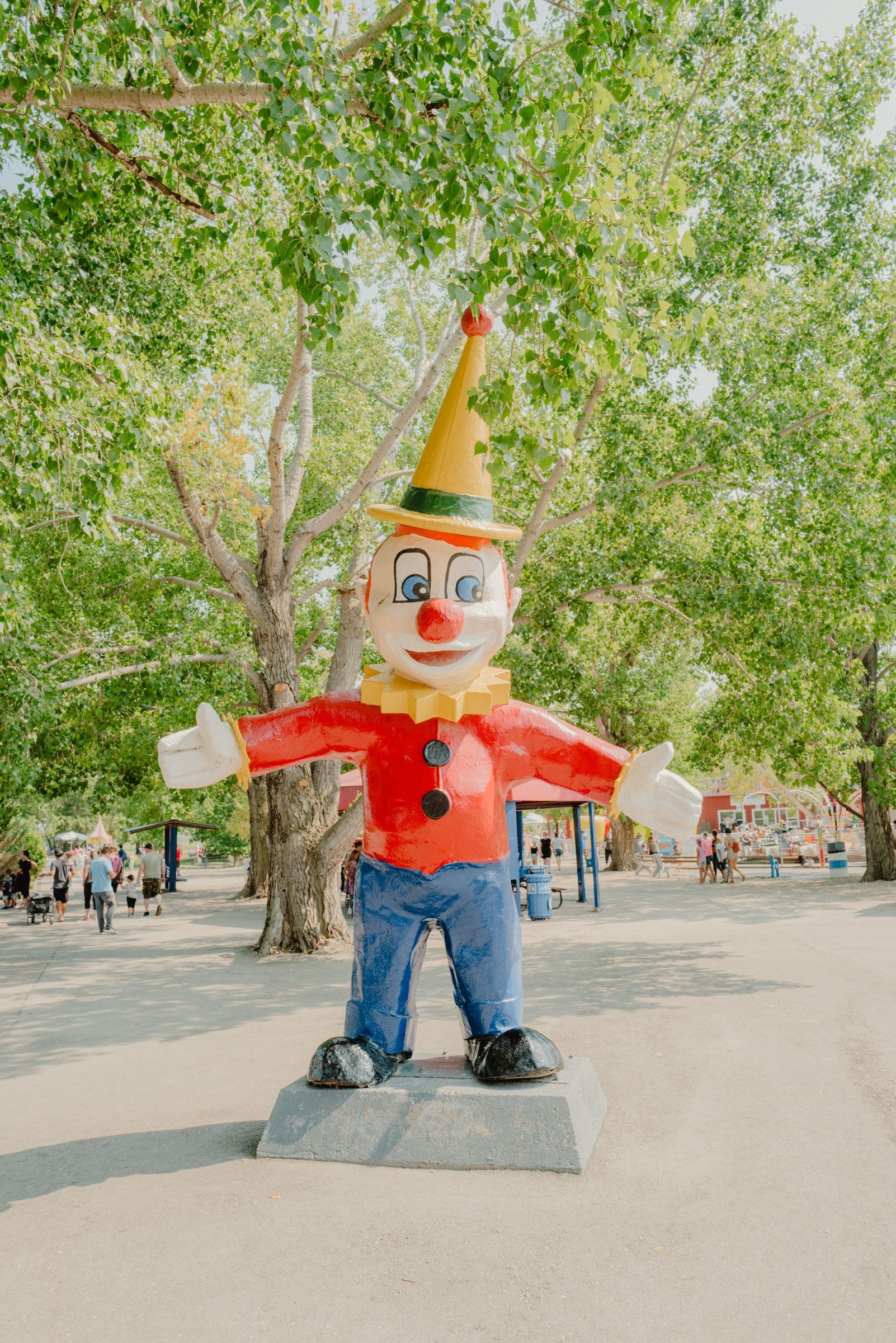
And I think I have a reasonably extensive list of camera experience to compare to! I’ve tried Canon cameras, Fuji cameras, Sony cameras, Olympus cameras. I’ve played around with Nikon cameras, Ricoh cameras, GoPro cameras, and more. And yet still, the Leica Q2’s shutter sound caught me off-guard. It is the most beautiful shutter sound I’ve ever experienced.
Other Anecdotes
Of all potential devices in my household, the Q2 is the most likely recipient of a long-term review — a review after, say, a year or two of use. So I won’t work to cross every T and dot every I here. Instead, here are a few more anecdotes I’ve found interesting in my first two or three months with the Leica Q2.
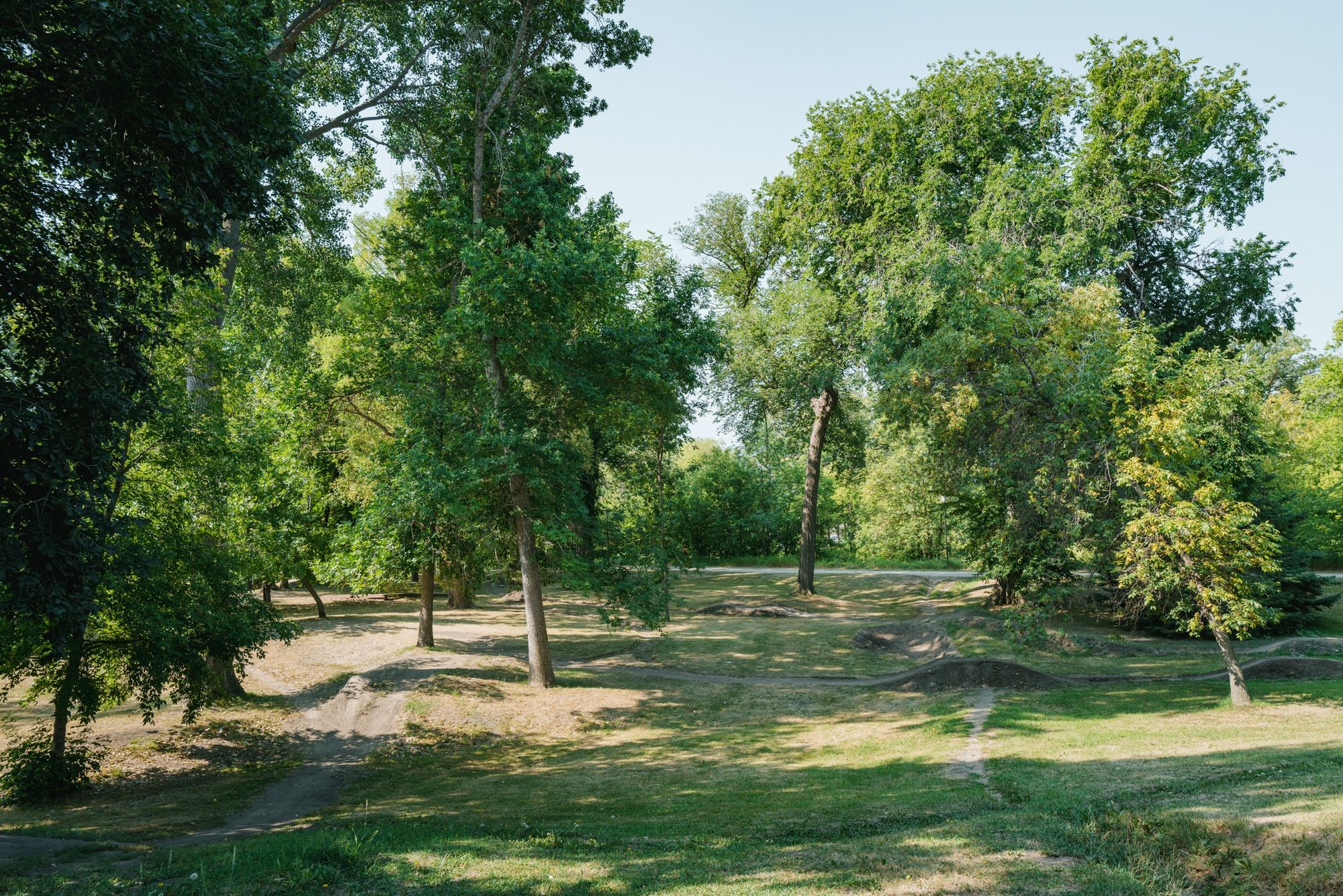
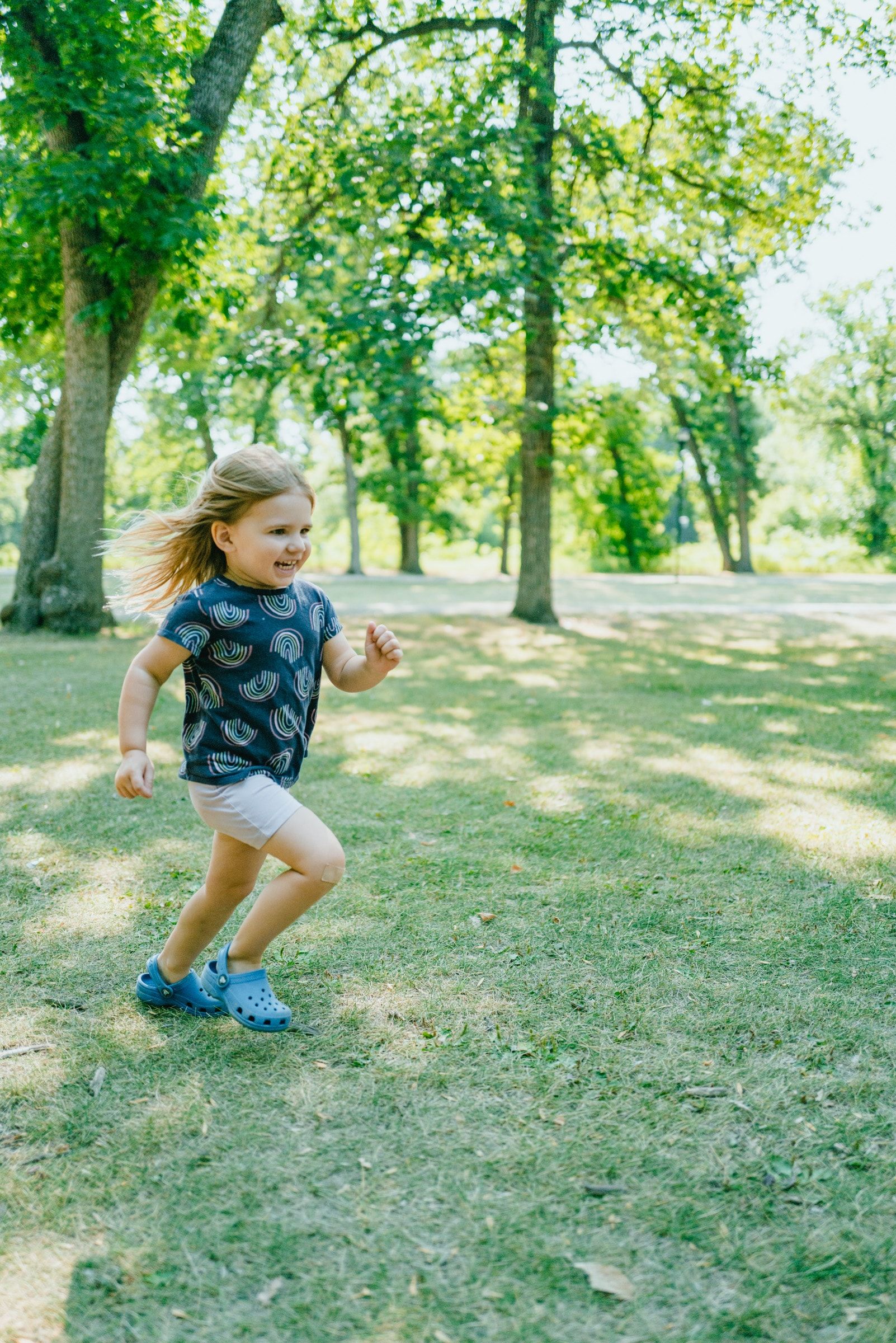
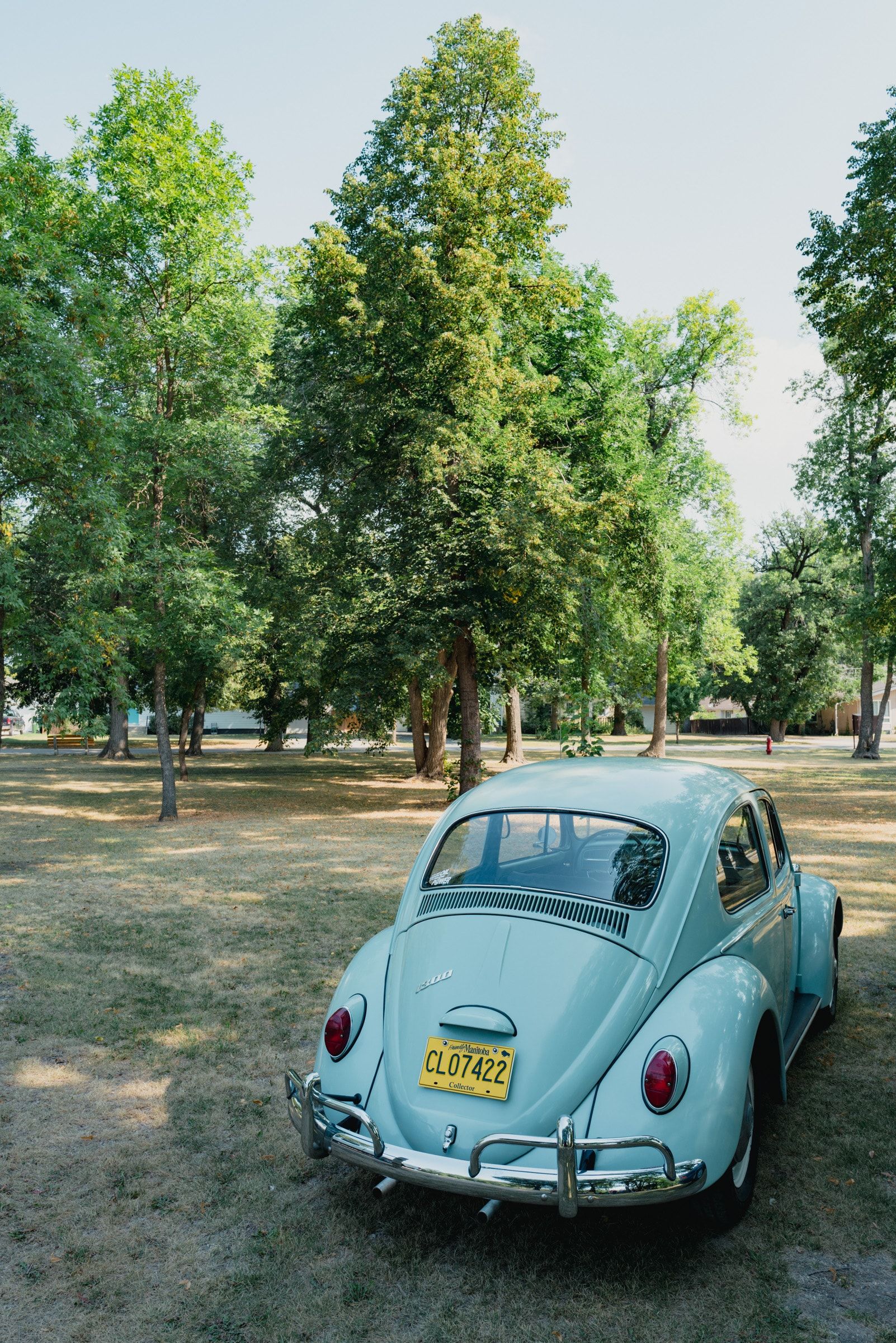
- I use the included metal lens hood — which is, I believe, the only metal lens hood I’ve ever used — for two reasons: to increase contrast and reduce flaring, and to protect the front element from dings and bumps. Otherwise, I wouldn’t use it. The lens hood is an eyesore. Because it’s metal, it loses black paint pretty easily (though this does lend to a more “used” look, which ain’t half bad). And it’s loud when you bump it against anything. The Q2 looks significantly better without the lens hood.
- The unboxing experience is the very best I’ve encountered. You unload the camera and accessories by pulling out each box from the package like you pull out drawers in the kitchen. Each accessory is packed in small fabric baggies. Apple’s minimalist unboxing experiences have been dialled in, but Leica’s maximalist approach is one for the ages as well.
- My used Q2 was lucky enough to come with two first-party Leica batteries. Thank goodness. First, the Q2’s battery is worse than the Canon EOS R I’m coming from. Second, these batteries are stinking expensive. I’ve not yet shot out a battery from 100% to 0% (I’d need a larger SD card for that to hold all the massive files), but I get down to 50% way more than I used to.
- The battery charger is laughably ginormous and includes a lengthy cord. I travelled with the Q2 the first week I owned it and the charger quickly became the least appreciated accessory to be carried on that trip.
- I’m simply not a fan of the Leica Fotos app. I have a Lightning-to-SD Card adapter for transferring DNGs to Lightroom on my iPhone. This adapter provides at least 20x faster import speeds than the Fotos app.
- The Leica Q2 is a perfect, perfect fit for any of the Leica x Cooph rope straps. I’d recommend getting a double-length rope strap, though I do like the regular length one I have. It’s not an ergonomic strap. It’s not utilitarian. It’s very expensive. But that Cooph rope strap takes the Leica Q2 aesthetic to a whole different level.
- I have not enjoyed shooting product photos with the Q2 as much as I was hoping. Natural light photos beside a large window work great, as do the occasional semi-macro shots I like to take. But anything that involves an off-camera flash — a Canon-specific Godox flash, to be sure — hasn’t worked out as well as I’d like. Perhaps more investment in education and new lights would help out here.
- The Q2 has a back button right beside the thumb inset for switching framelines when shooting. The lens shoots a 28mm image regardless, but switching the framelines between 28mm, 35mm, 50mm, and 75mm provides a sort of “in-camera crop” that imports directly into Lightroom. If you want to recompose the shot in Lightroom, you can do so — it’ll simply look as though the image is cropped on import. Things get a bit fuzzy at the 75mm frameline and the photo doesn’t have the correct compression for a regular 75mm photo, but it’s kind of nice to have every now and then to focus your eyes on the part of the photo you want to focus on.
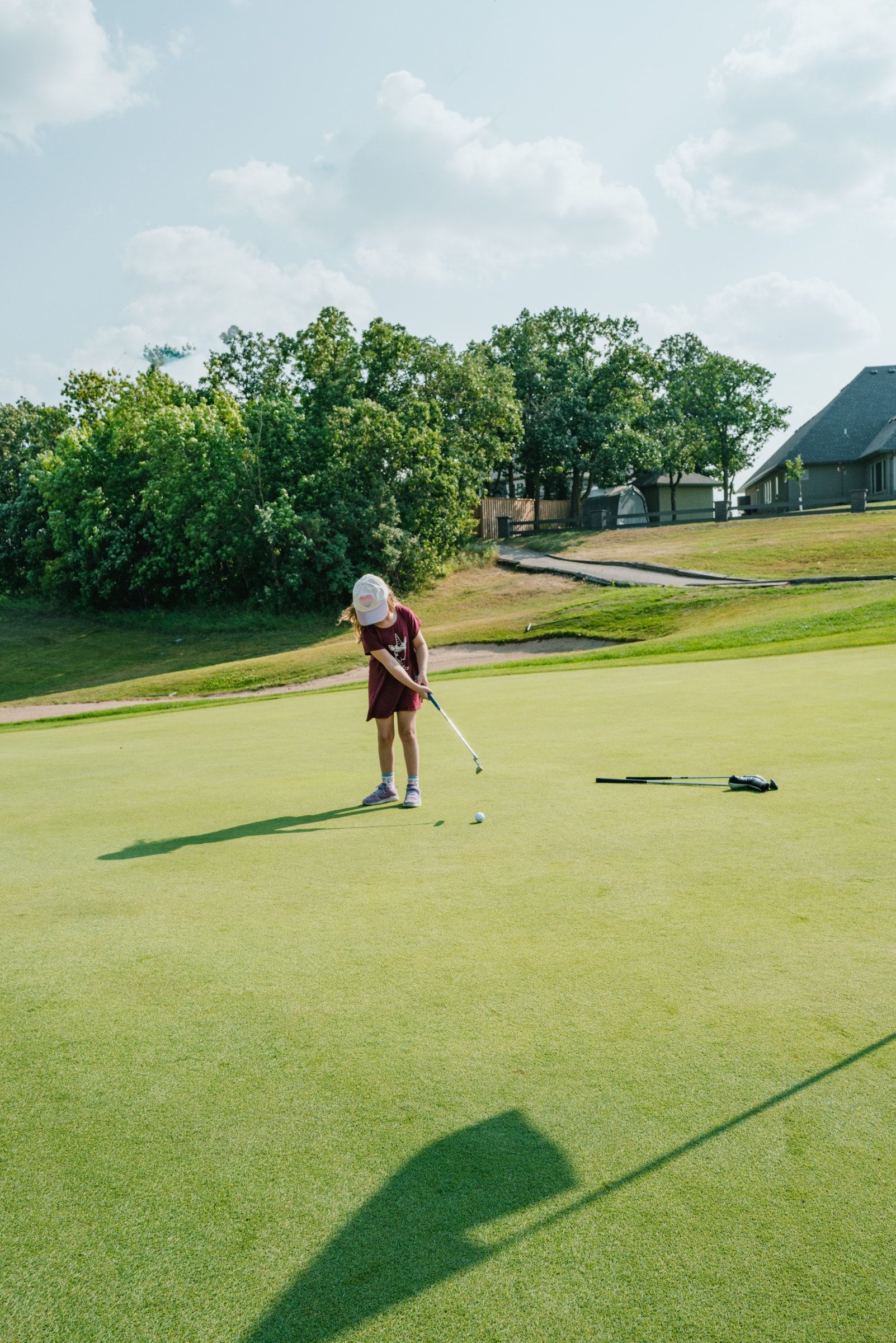
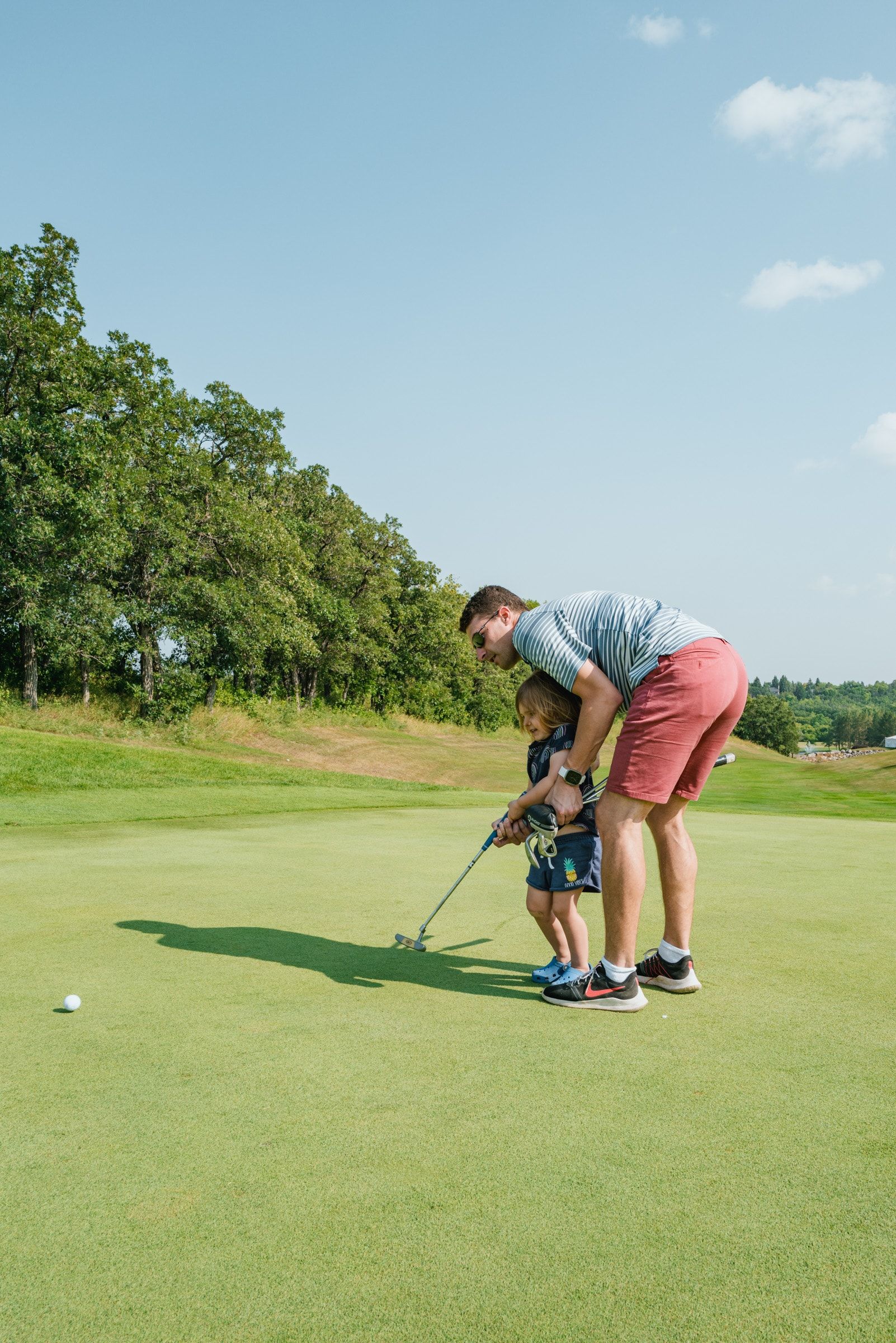
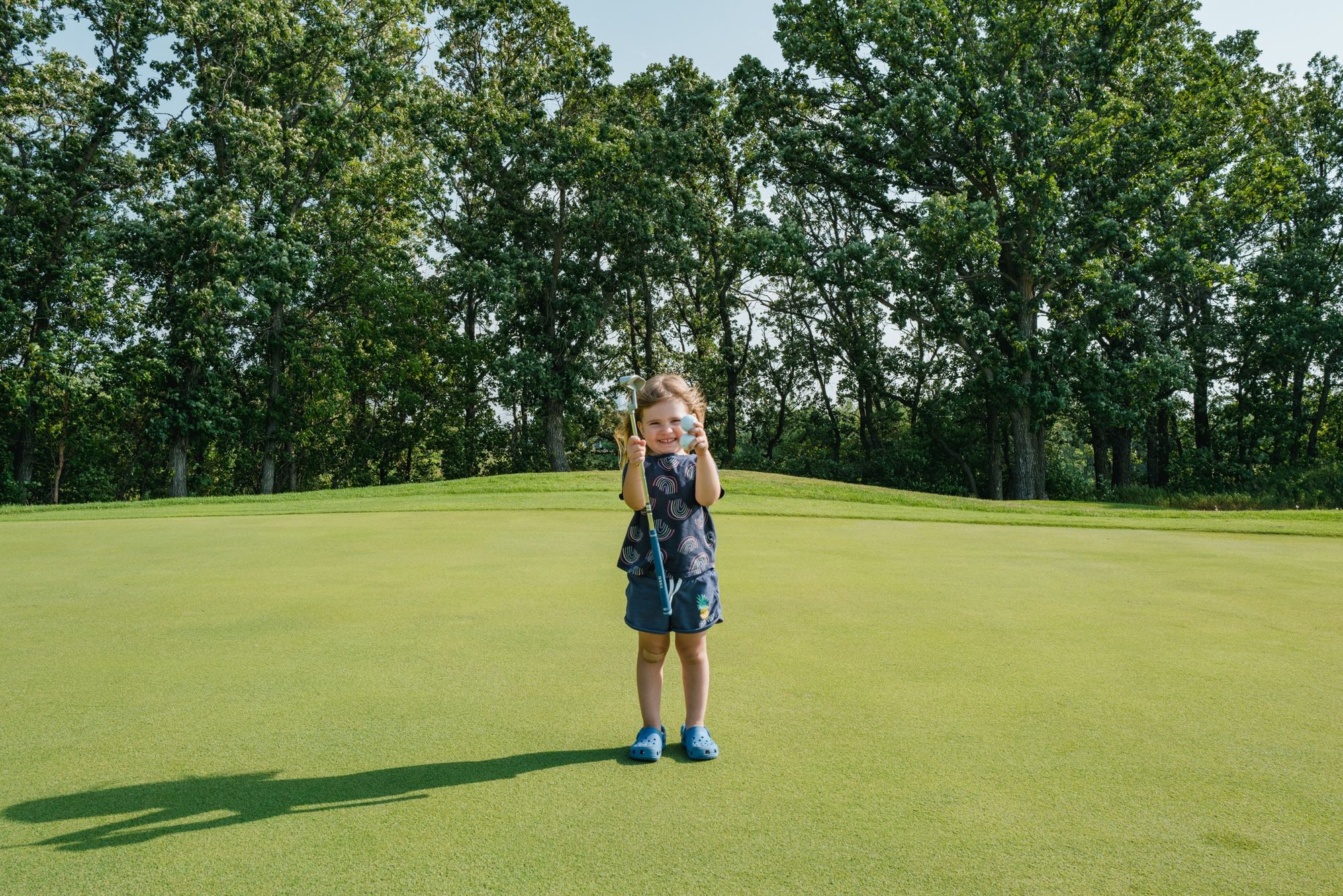
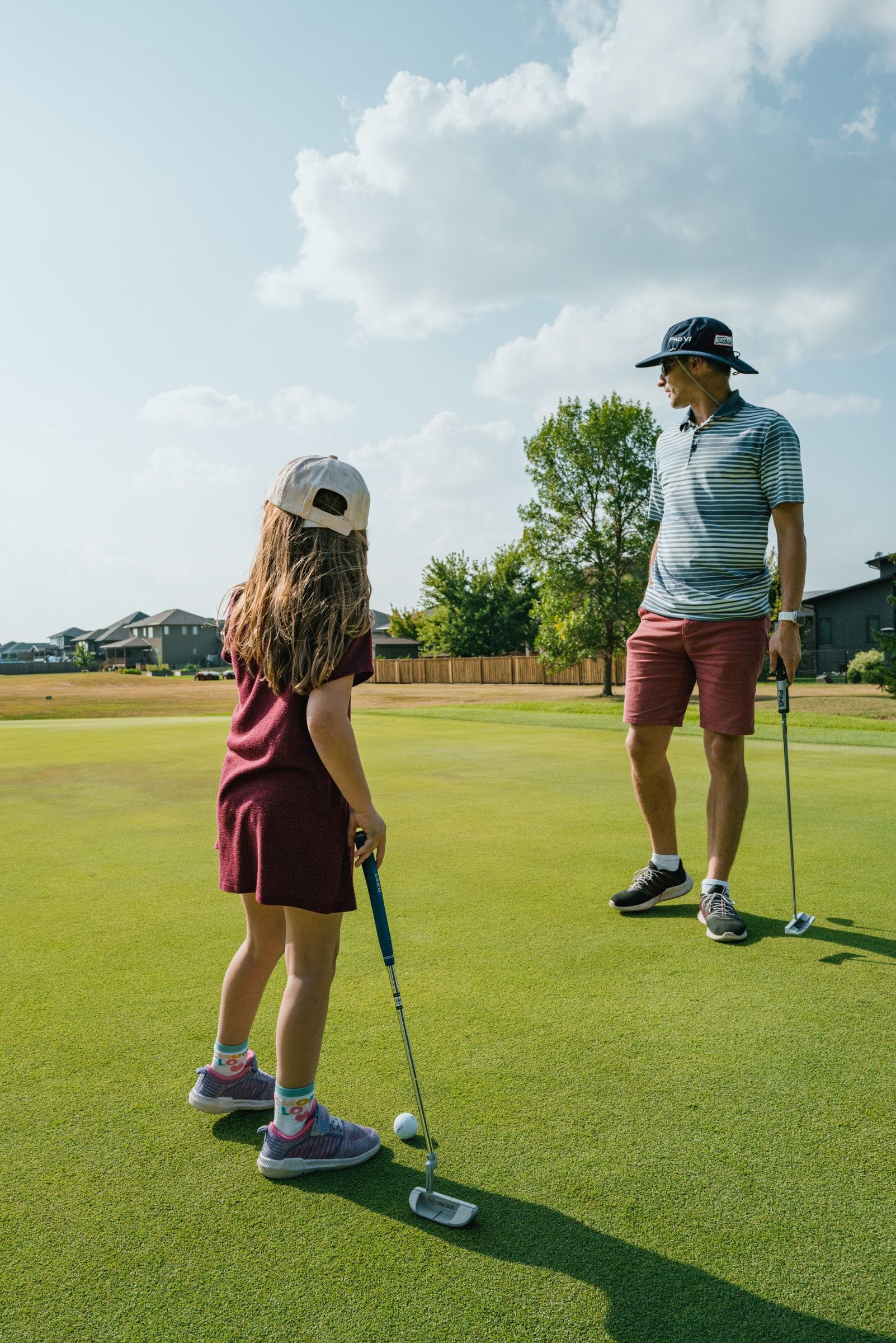
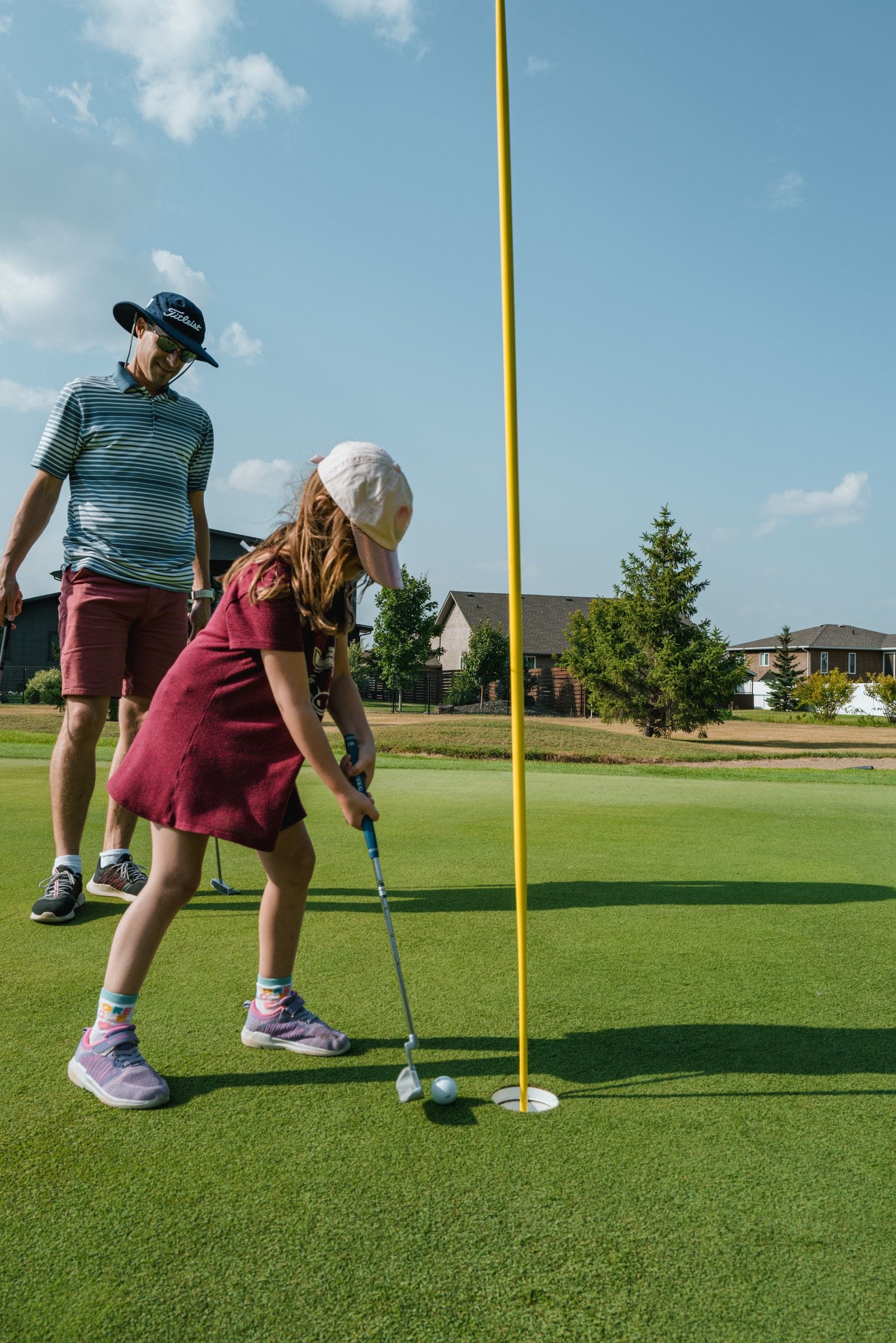
Wrap Up
I’ve been stopped a total of three times to admire the Leica red dot and one of those times happened to be in the Toronto airport. It’s clear I live in an area where technology and cameras are both less common and less appreciated.
If anything, my experience has been the opposite — folks look at the Leica Q2 around my shoulder and write it off as an amateur’s camera. It’s small, doesn’t have a huge lens, is ultra quiet, and shoots 28mm photos. Because good photos are the ones with blurred out backgrounds, right?
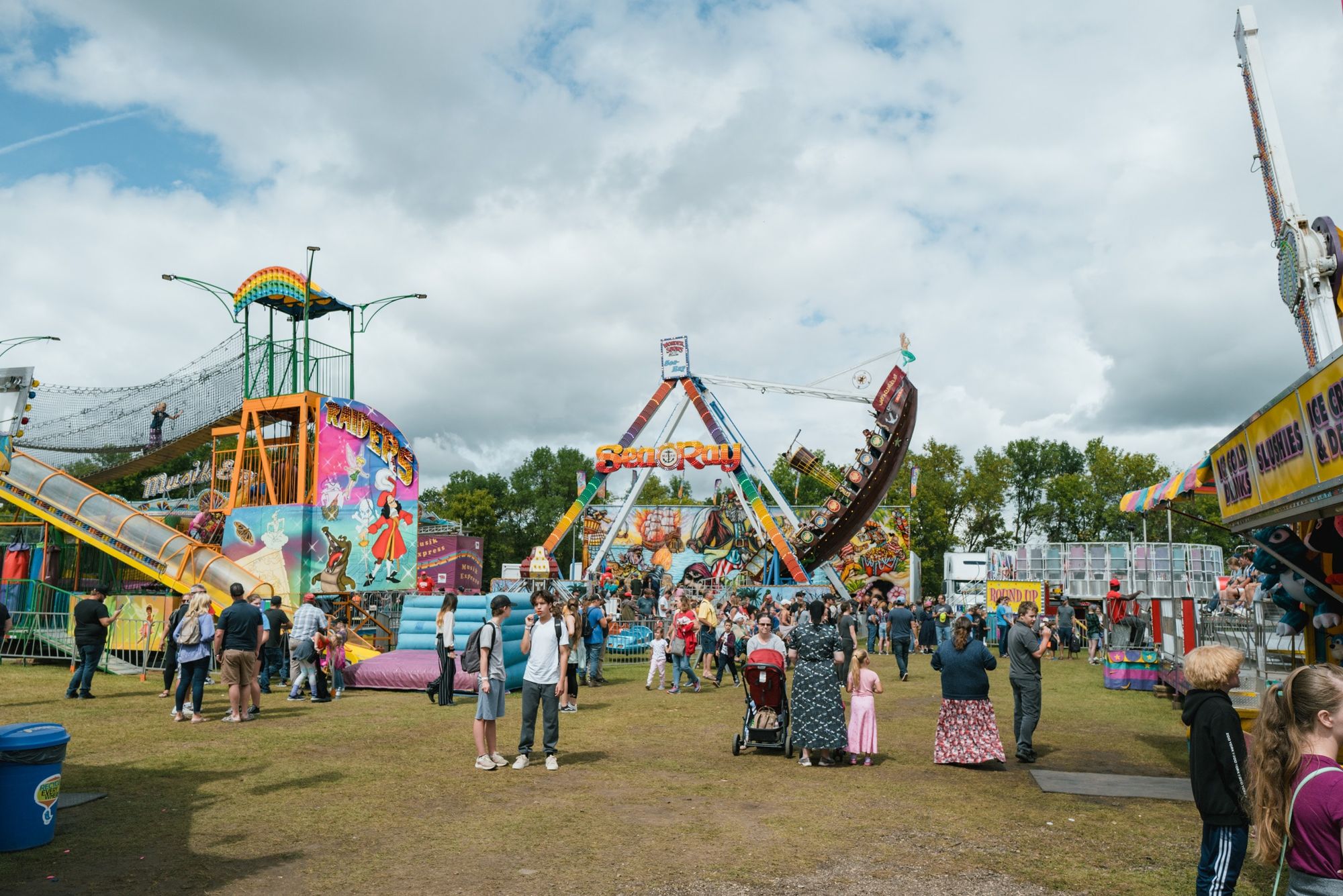
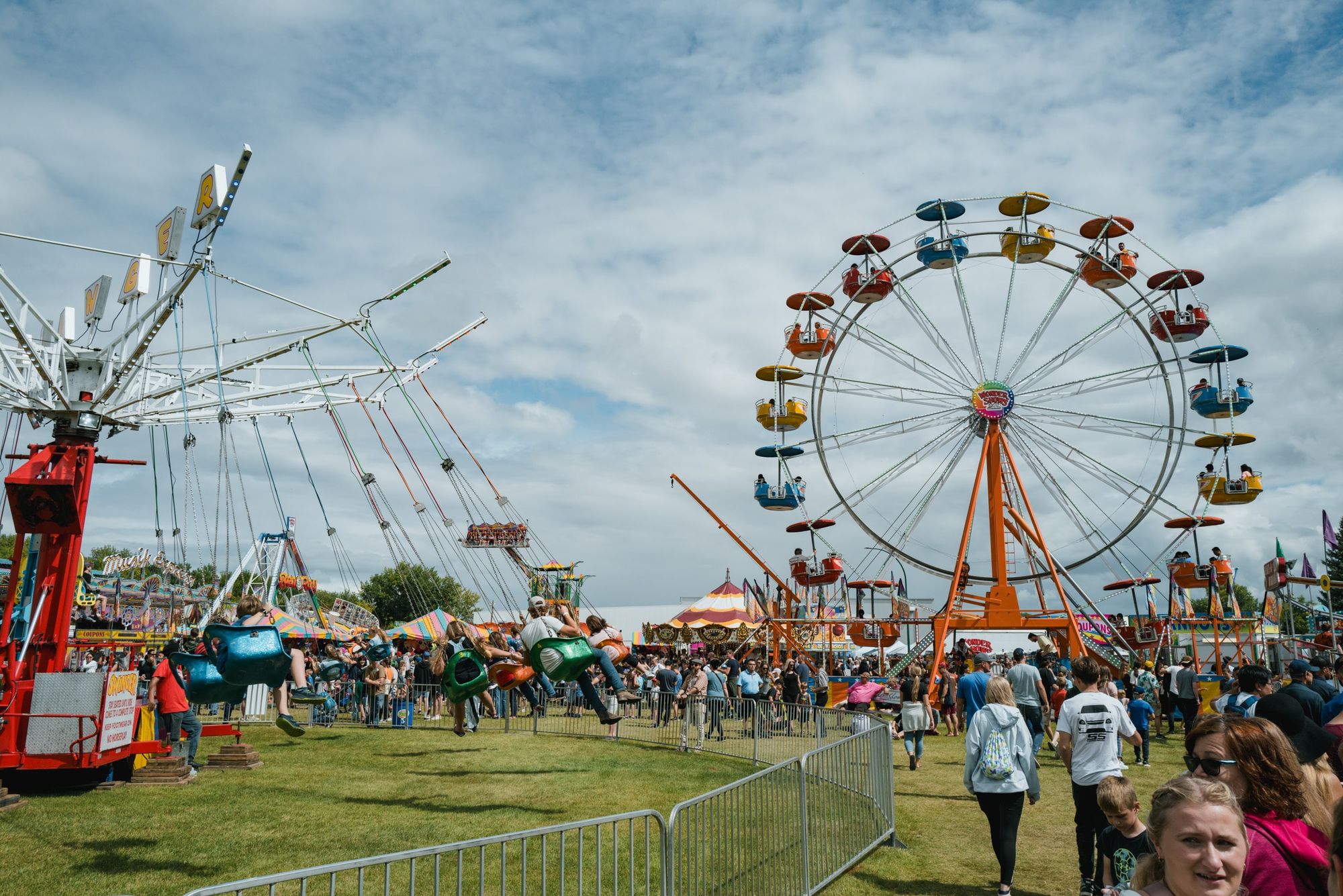
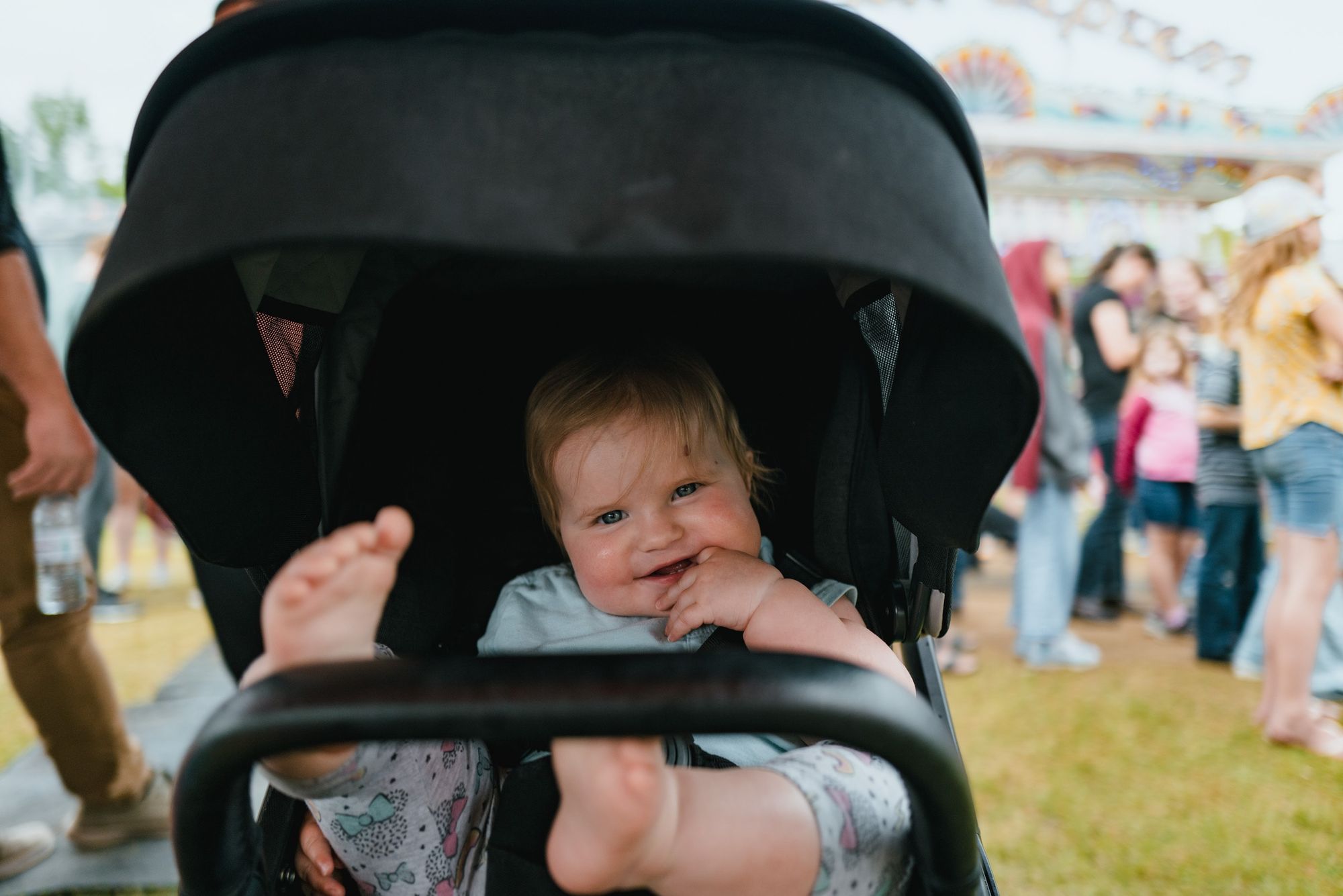
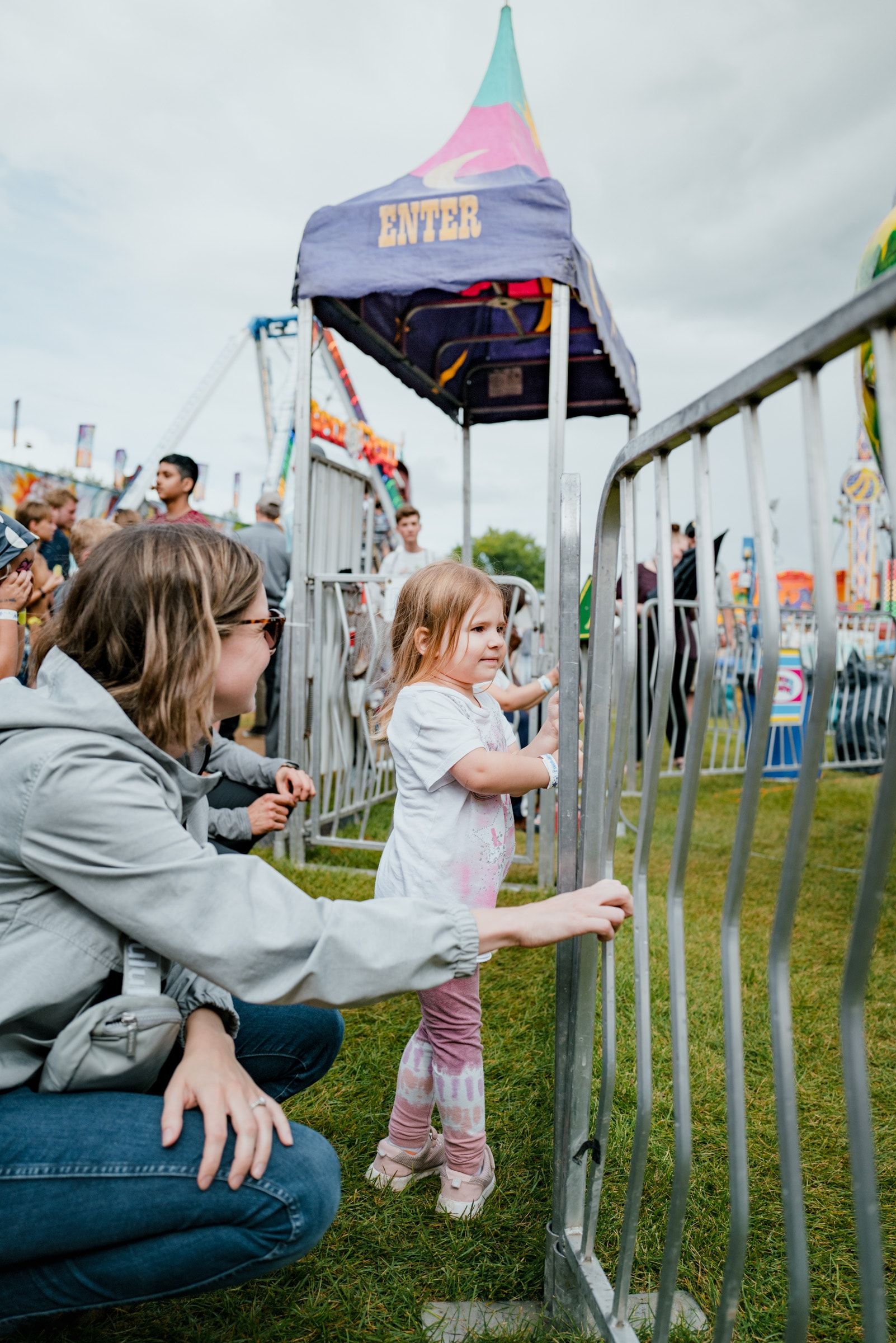
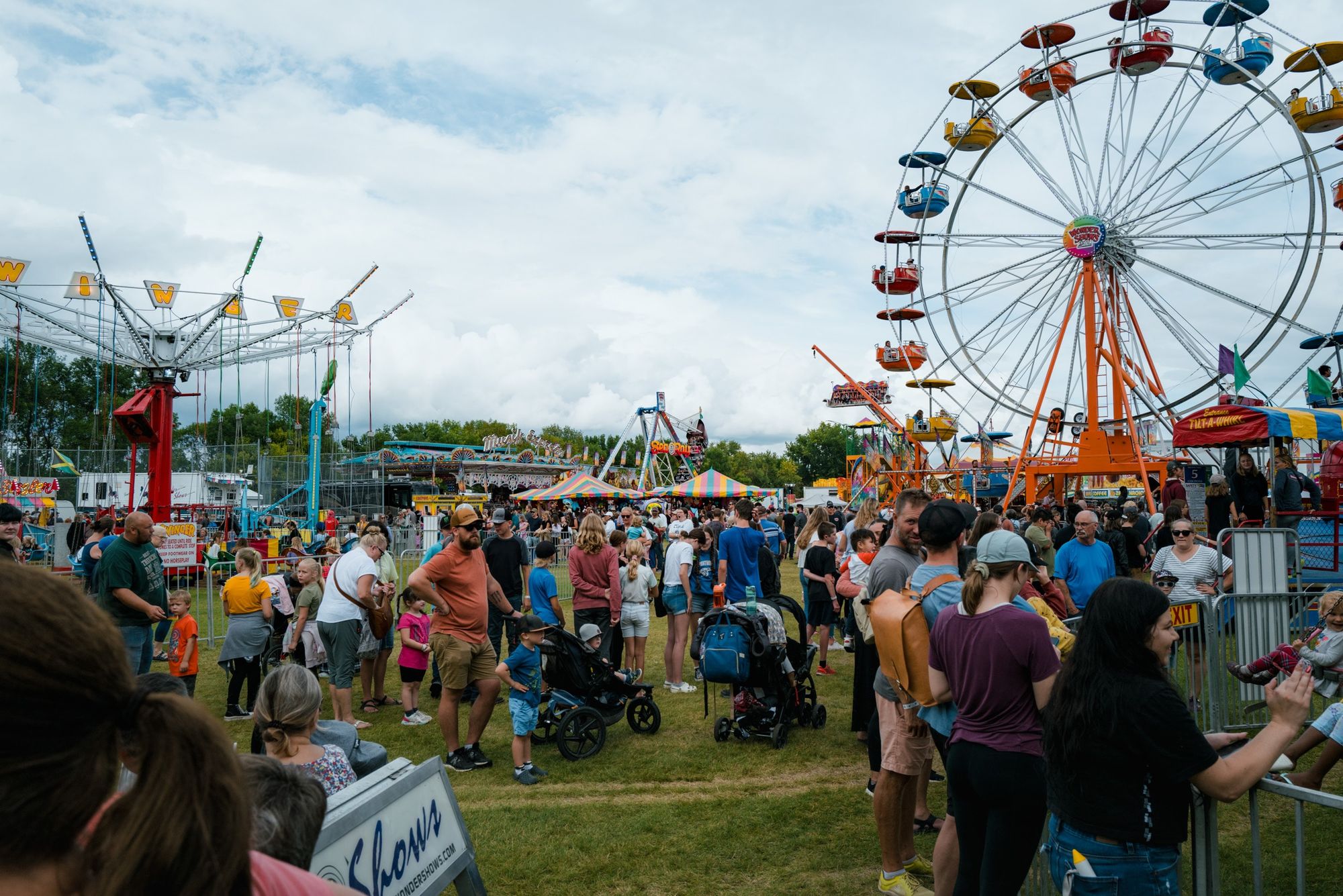
This makes the Leica Q2 perfect for our family right now. I can take the Q2 anywhere. Its unassuming and unobtrusive nature makes it excellent for snapping photos of the kids, street photos of cool architecture, sights, and colour, and photos of bits and bobs throughout the day. I even take the Q2 to the office most days because it so easily fits into my Bellroy work bag.
I’ve been hoping a two or three month usage period would allow the Leica allure to gloss over and for reality to set in. I always want to sound genuine in my commentary.
The allure is still there, fortunately (unfortunately?).
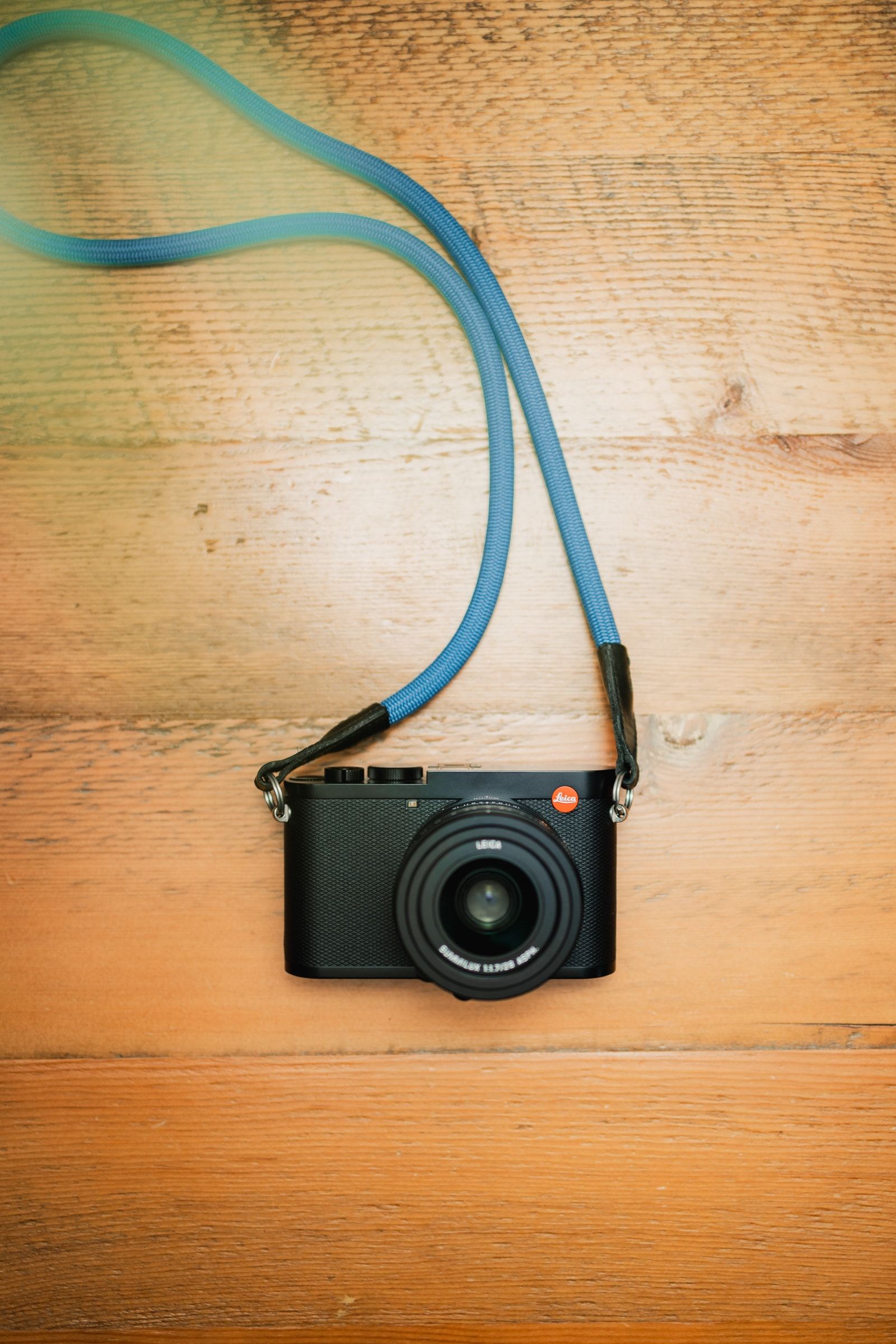
The Leica Q2 has taken my photography to an entirely new level. Both in confidence and, I think, in actual output. But mainly in confidence. Which is an extraordinary photographical aspect I had never before considered.